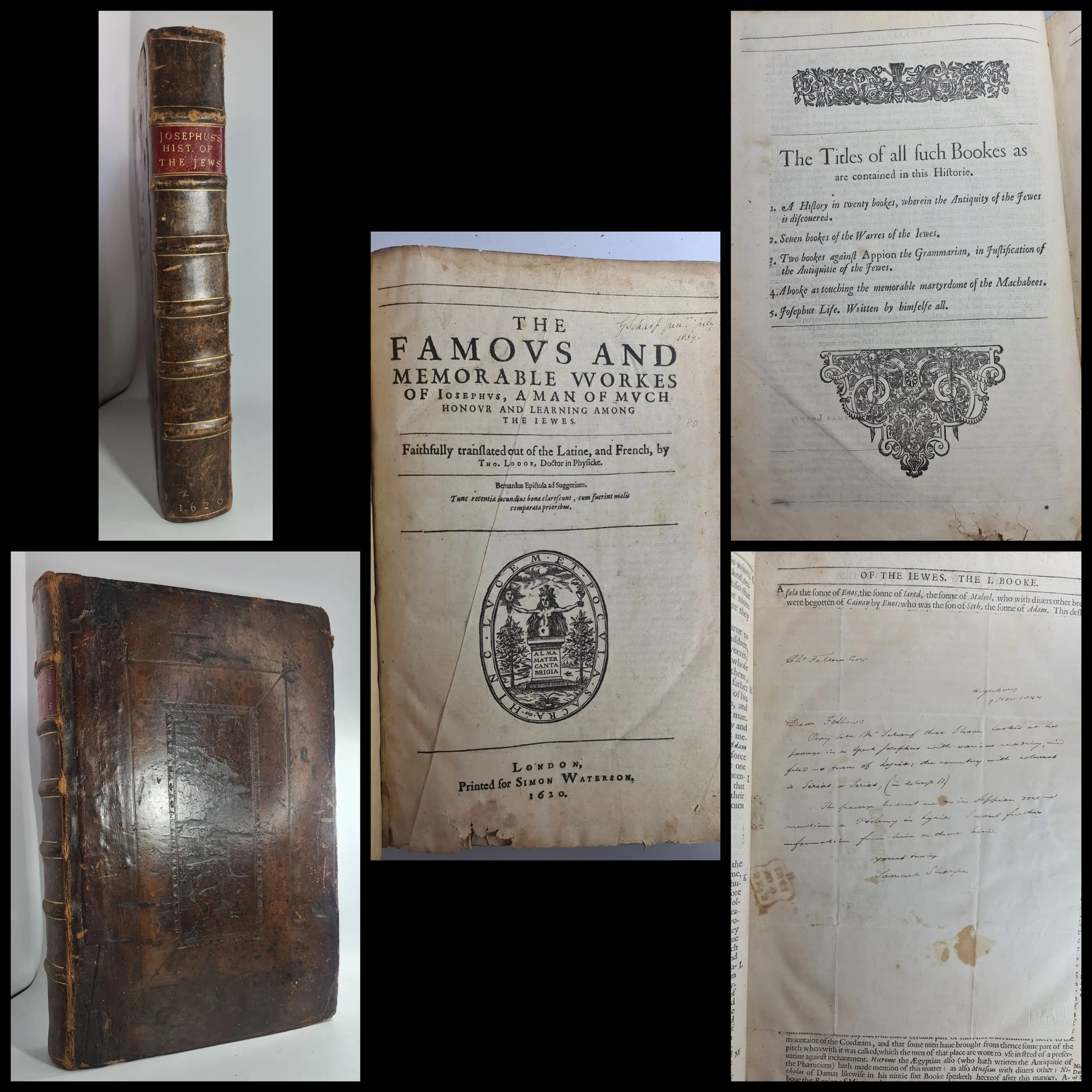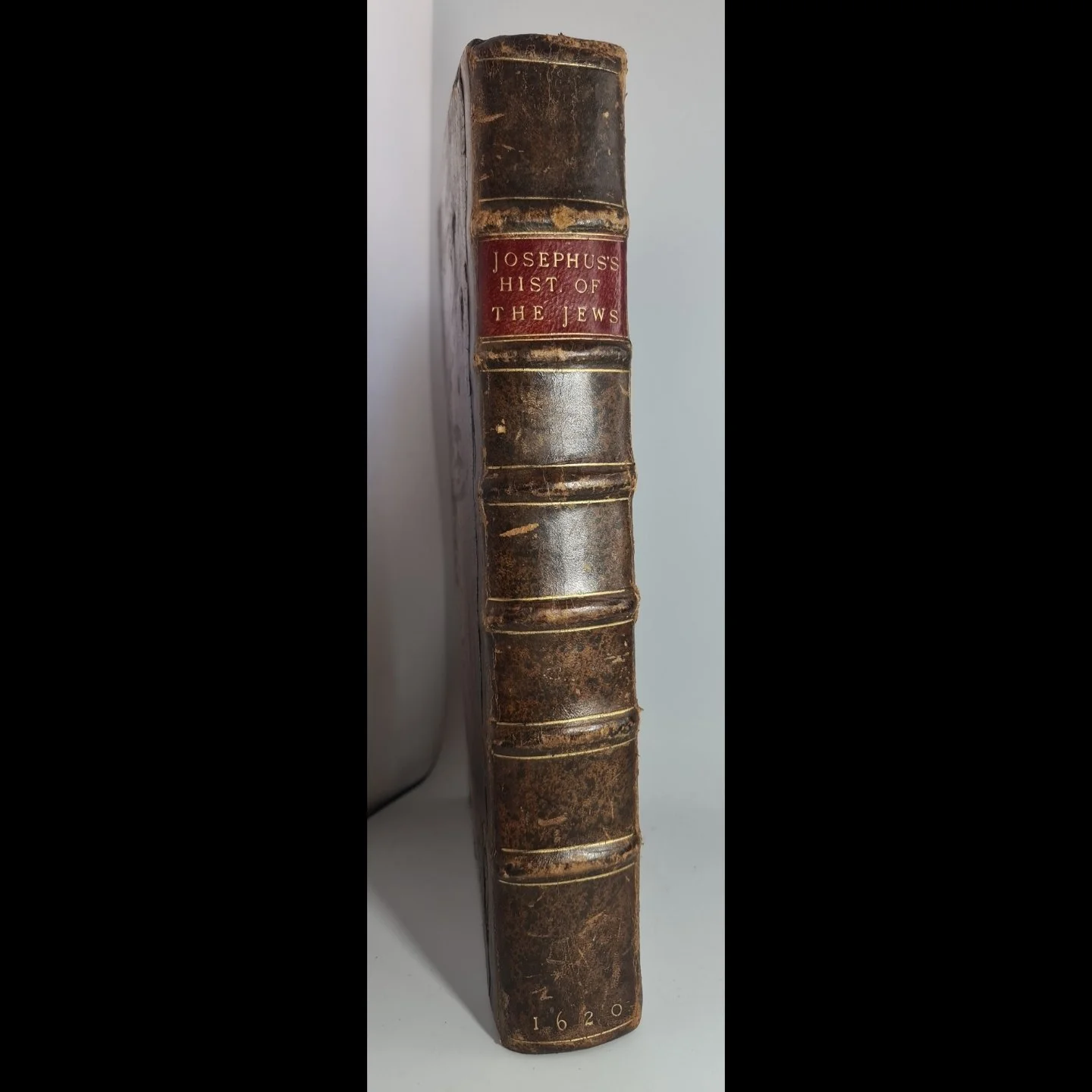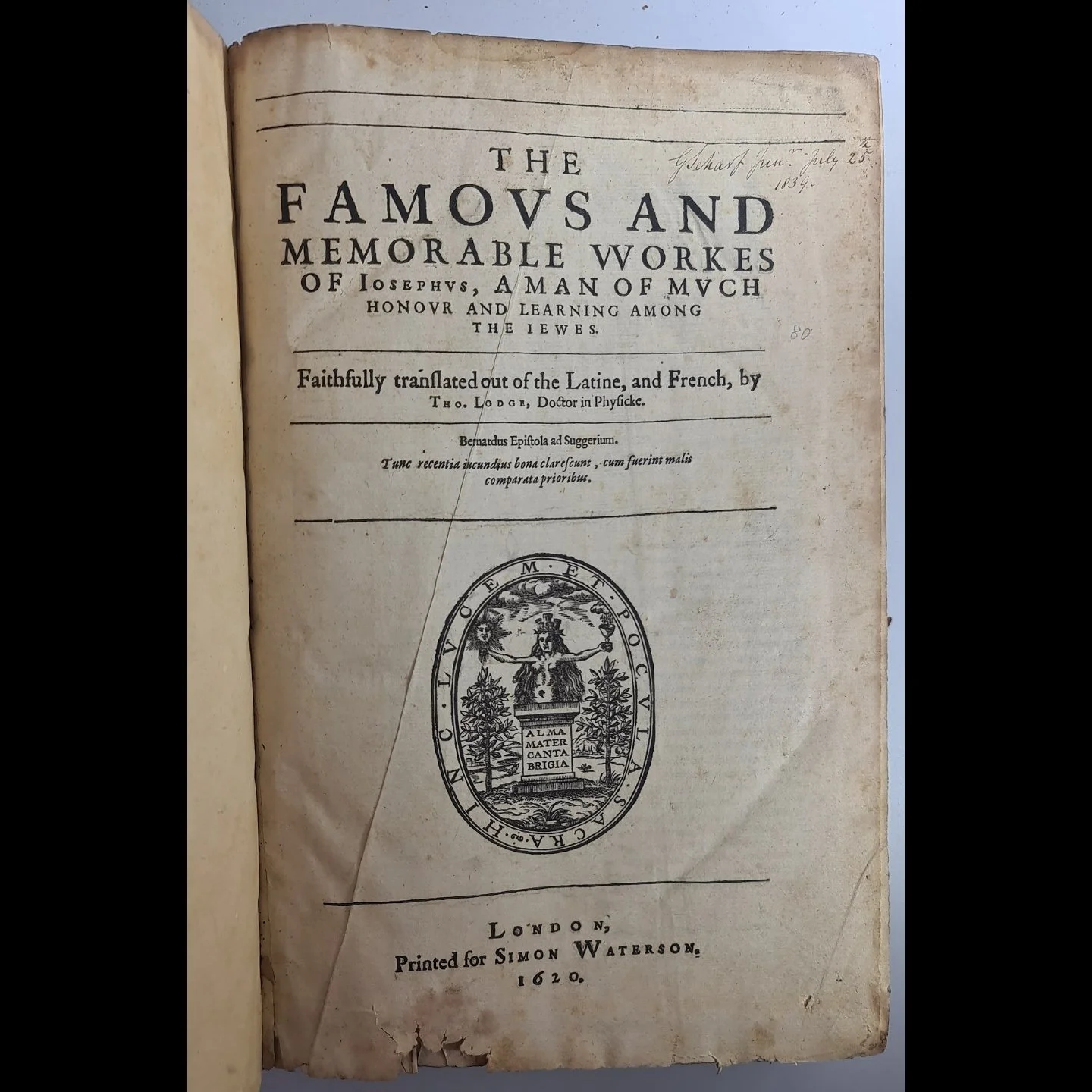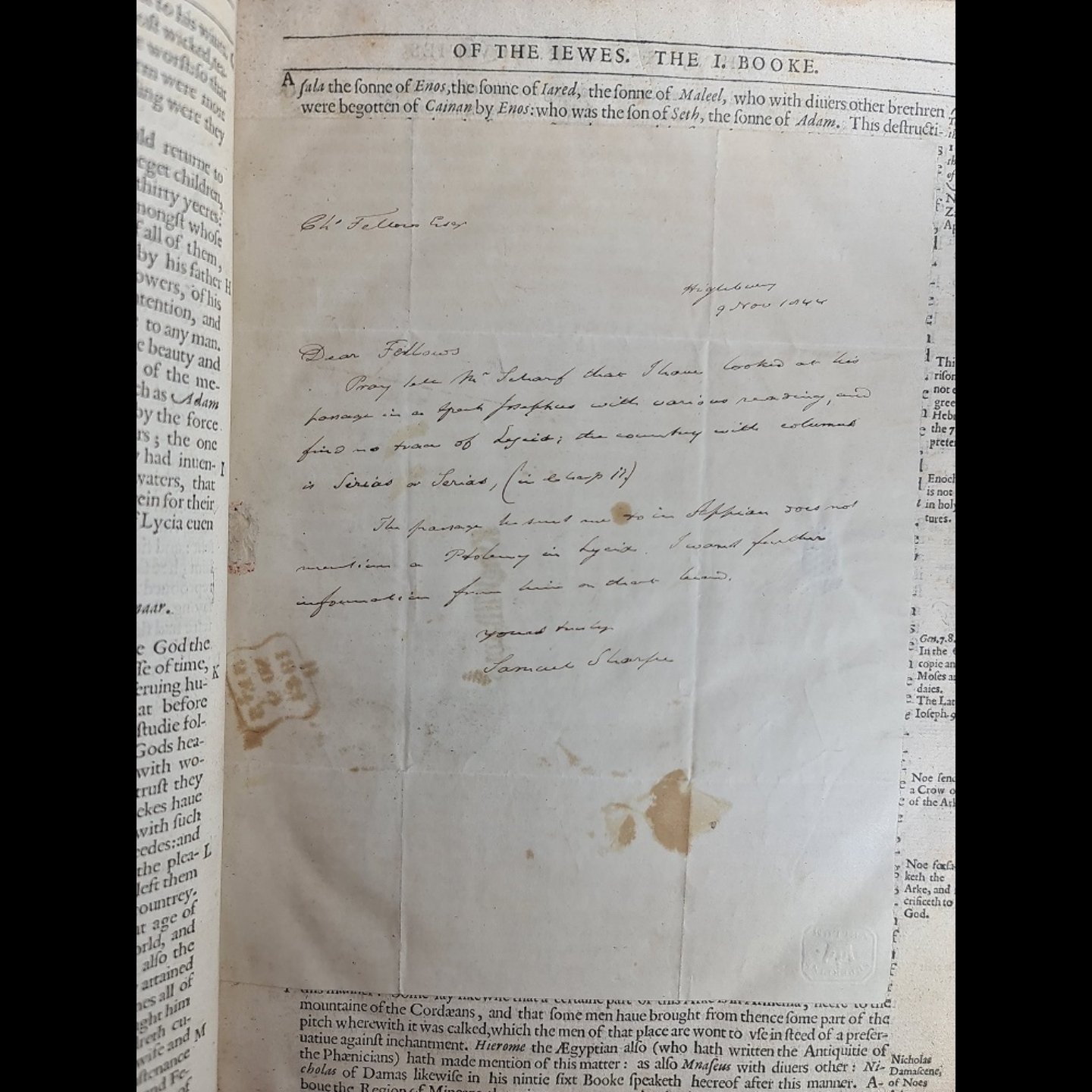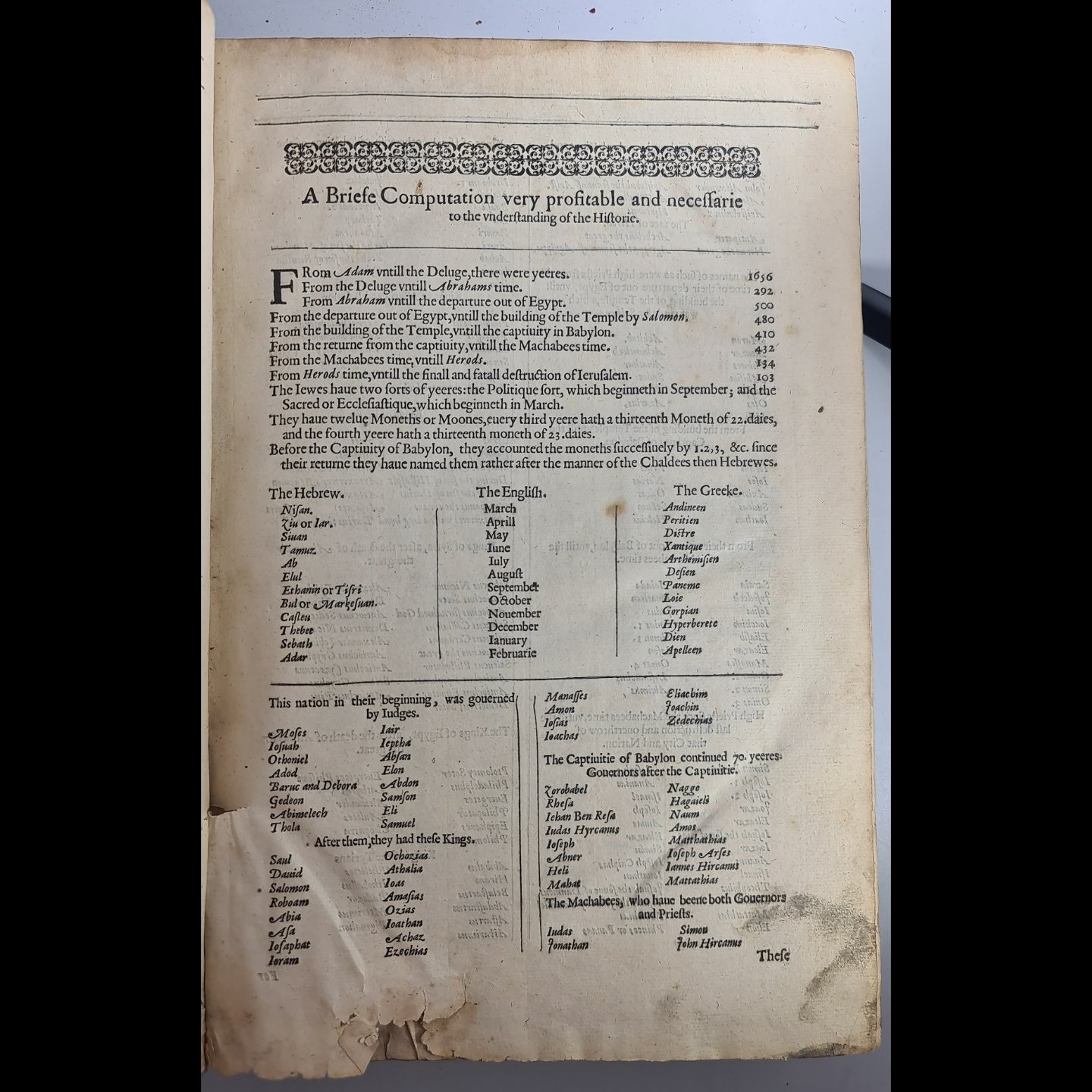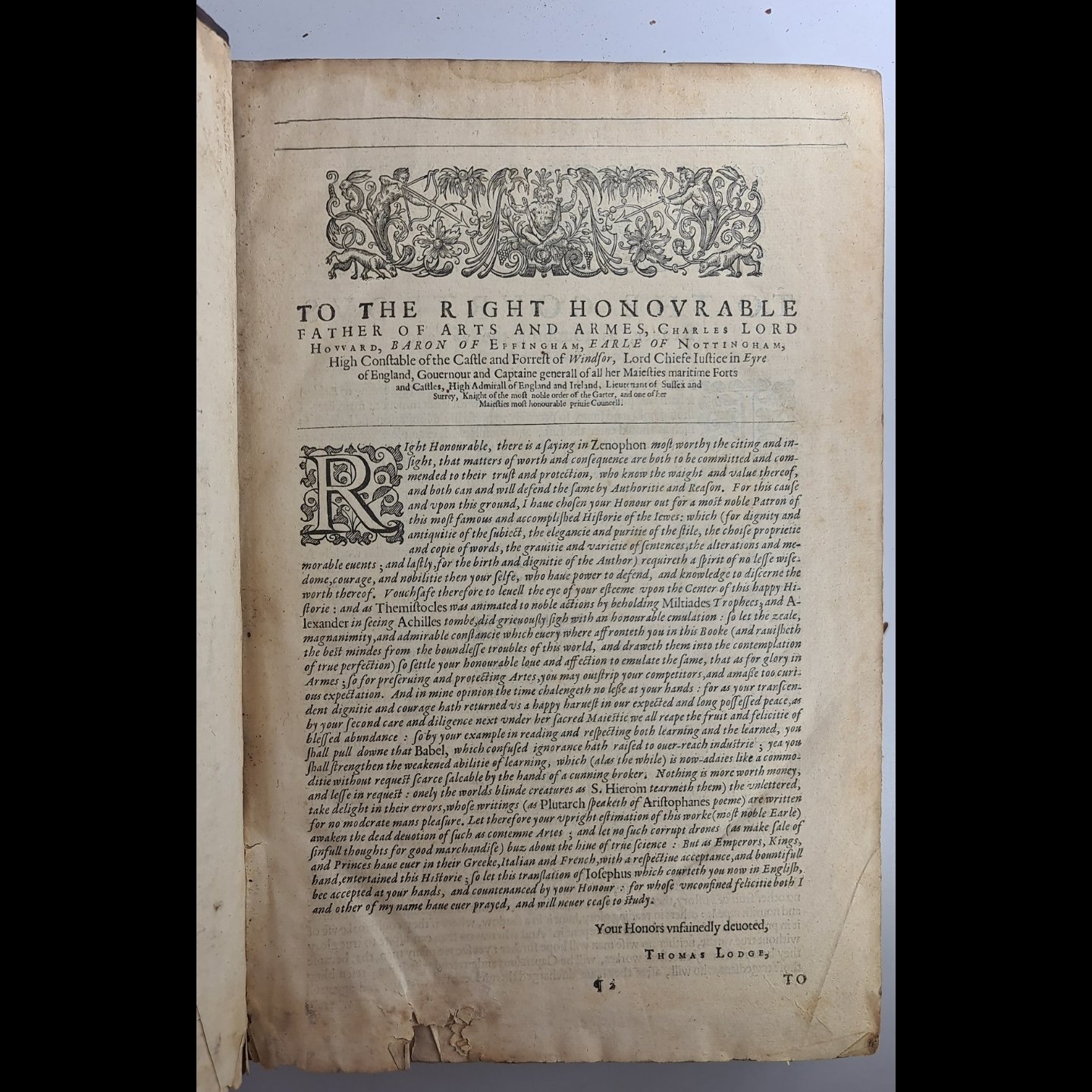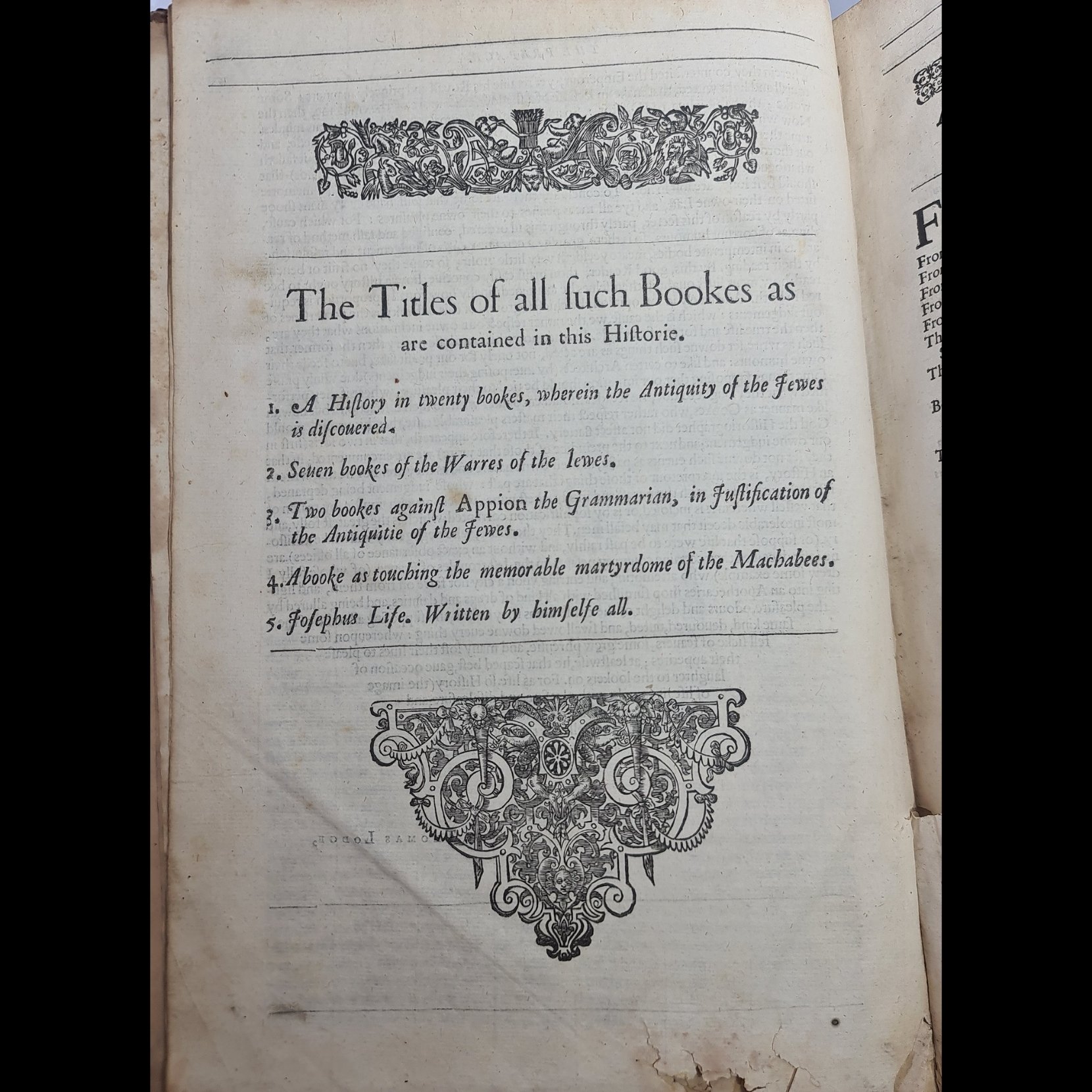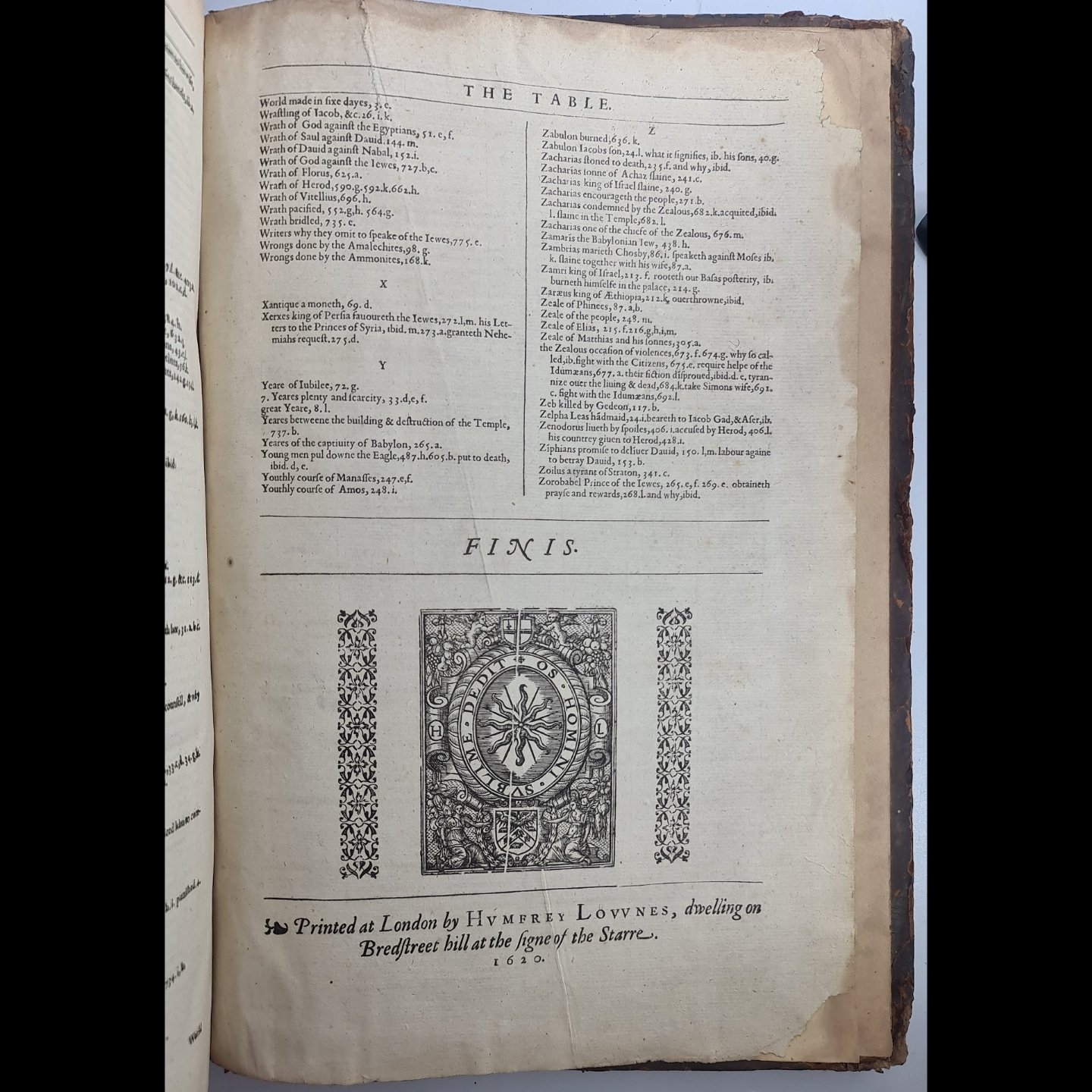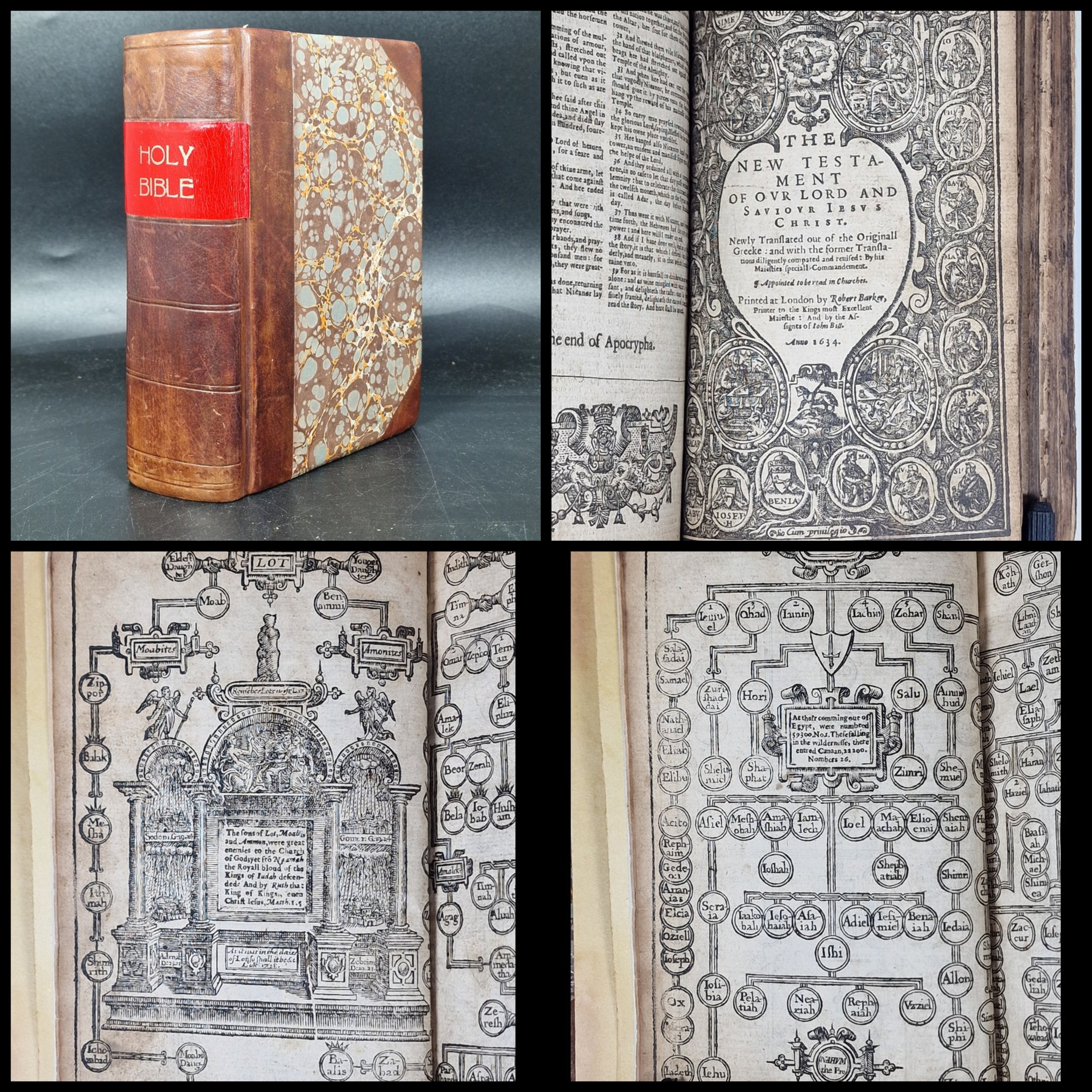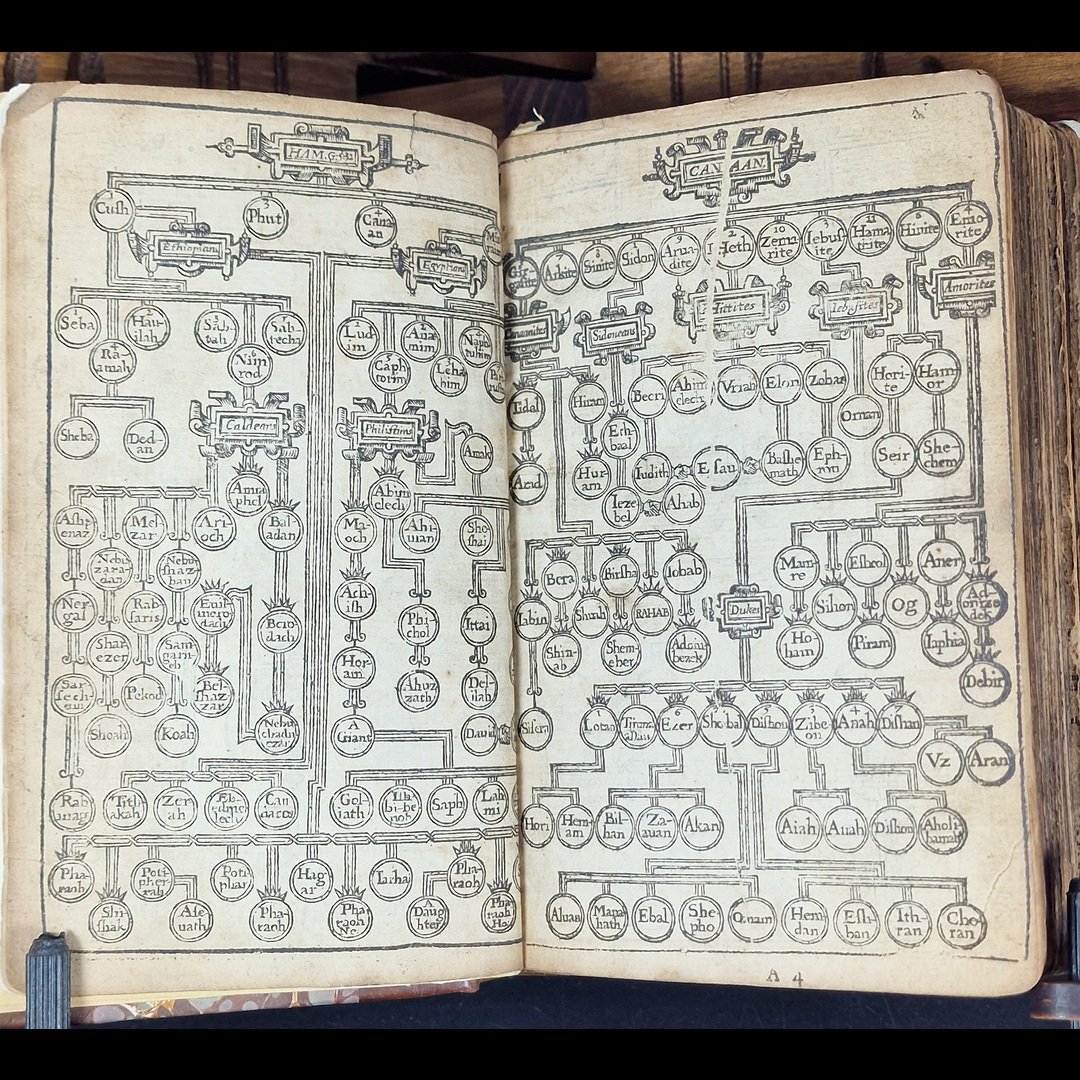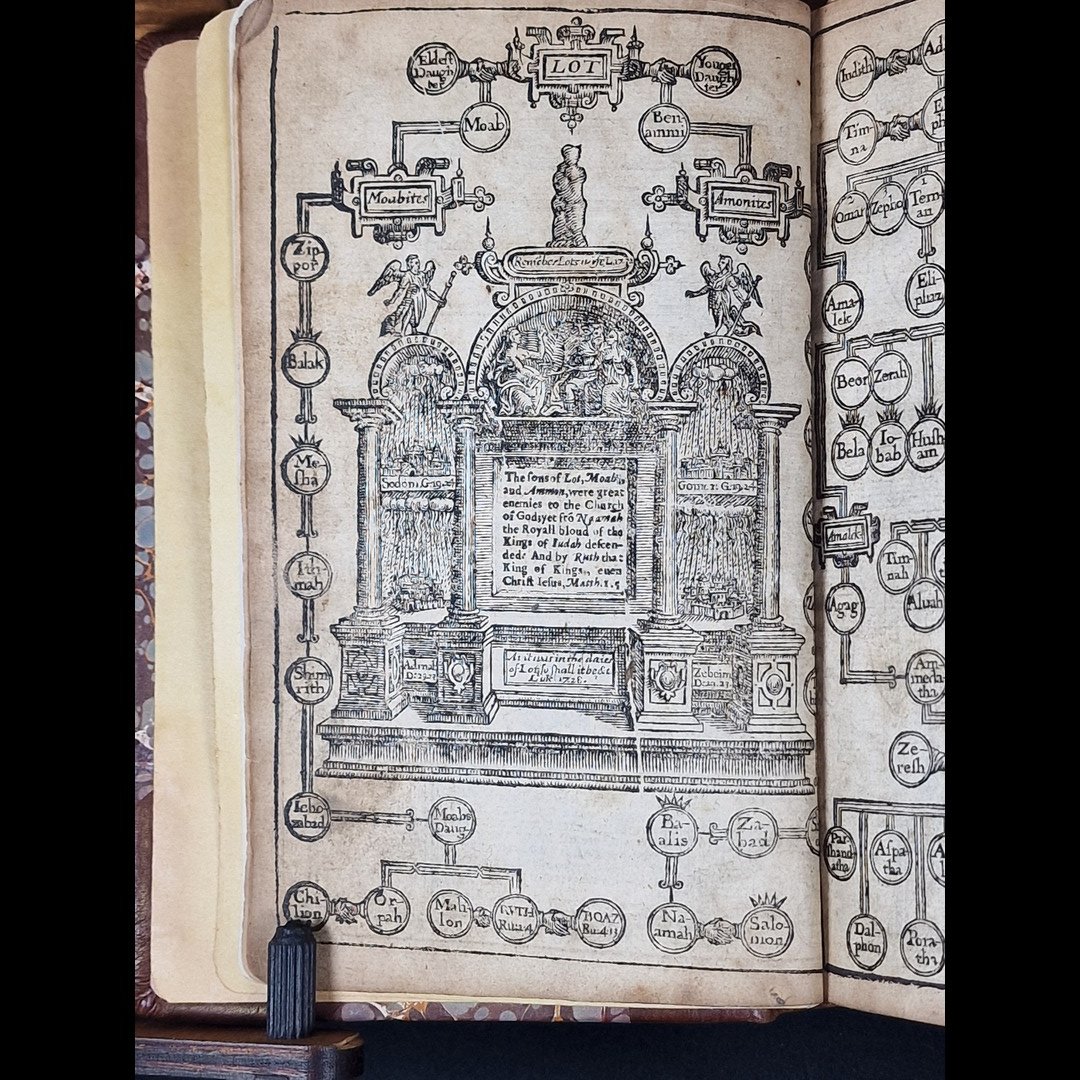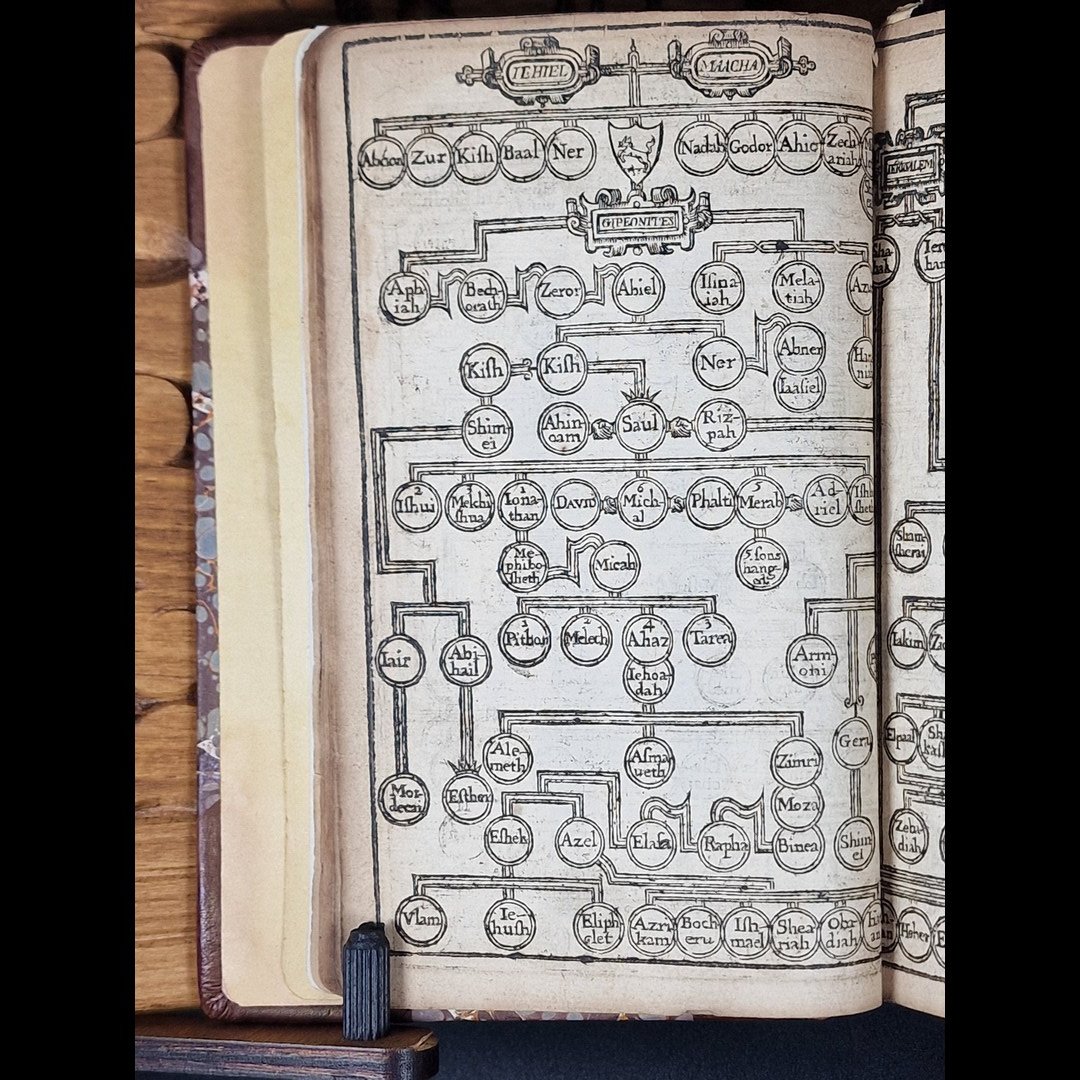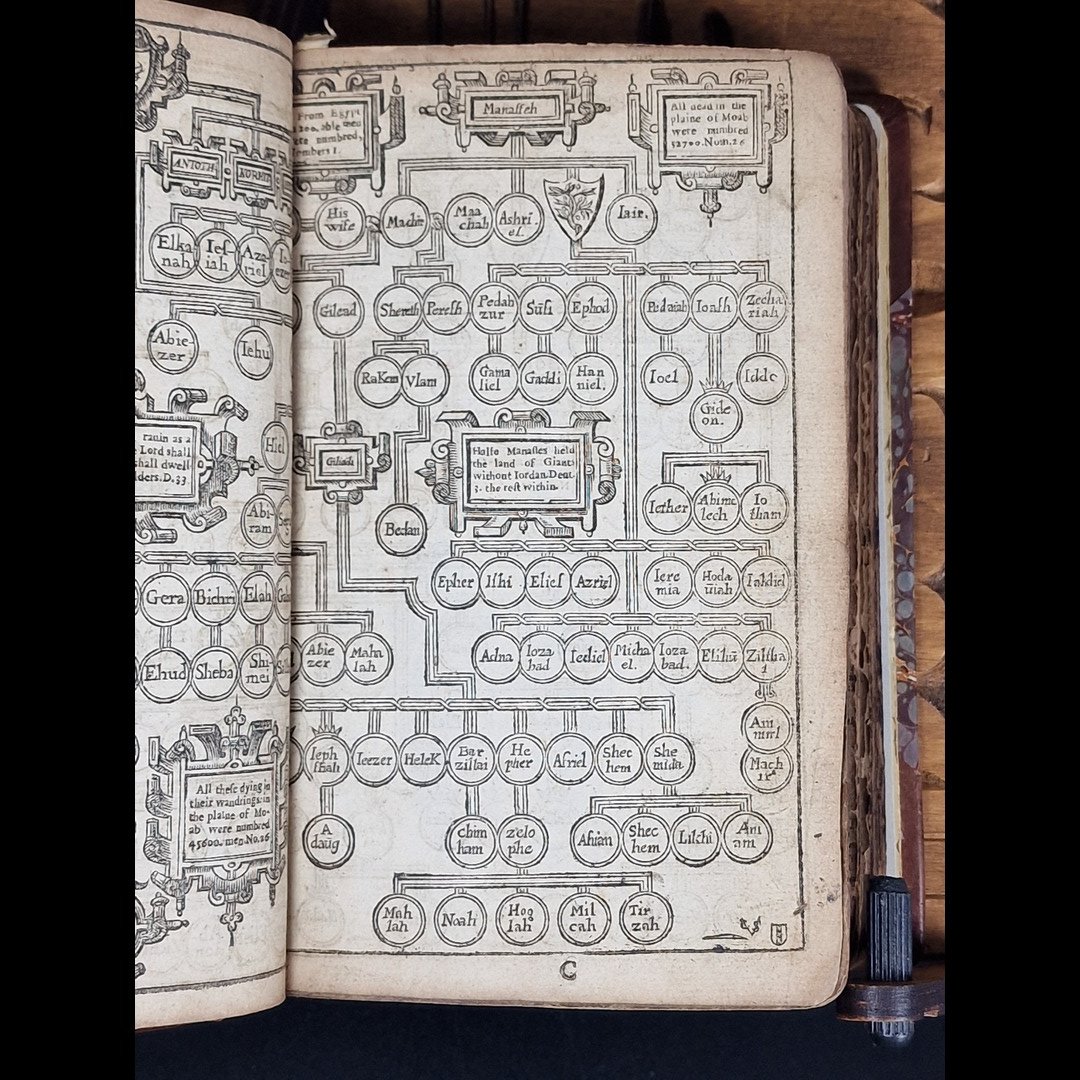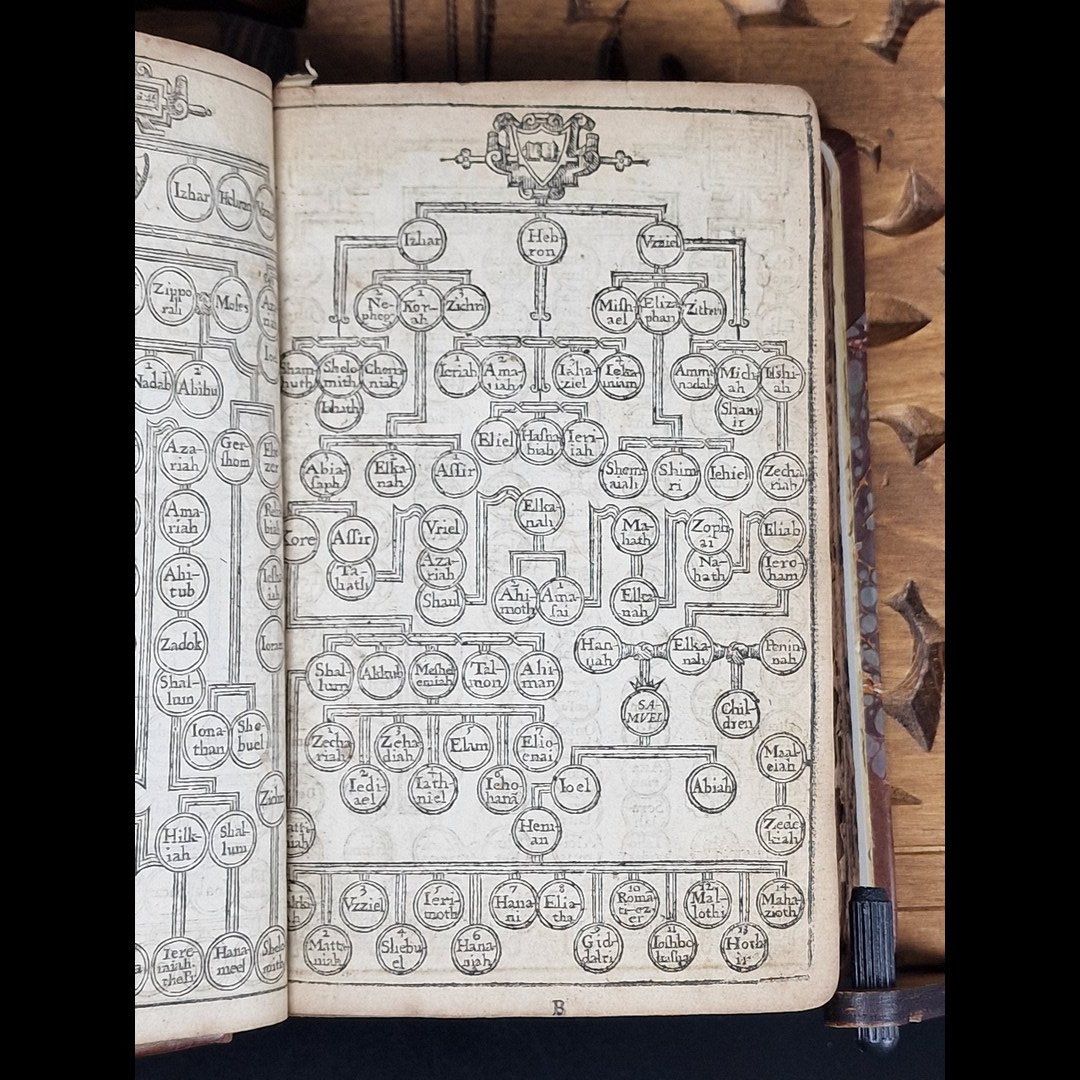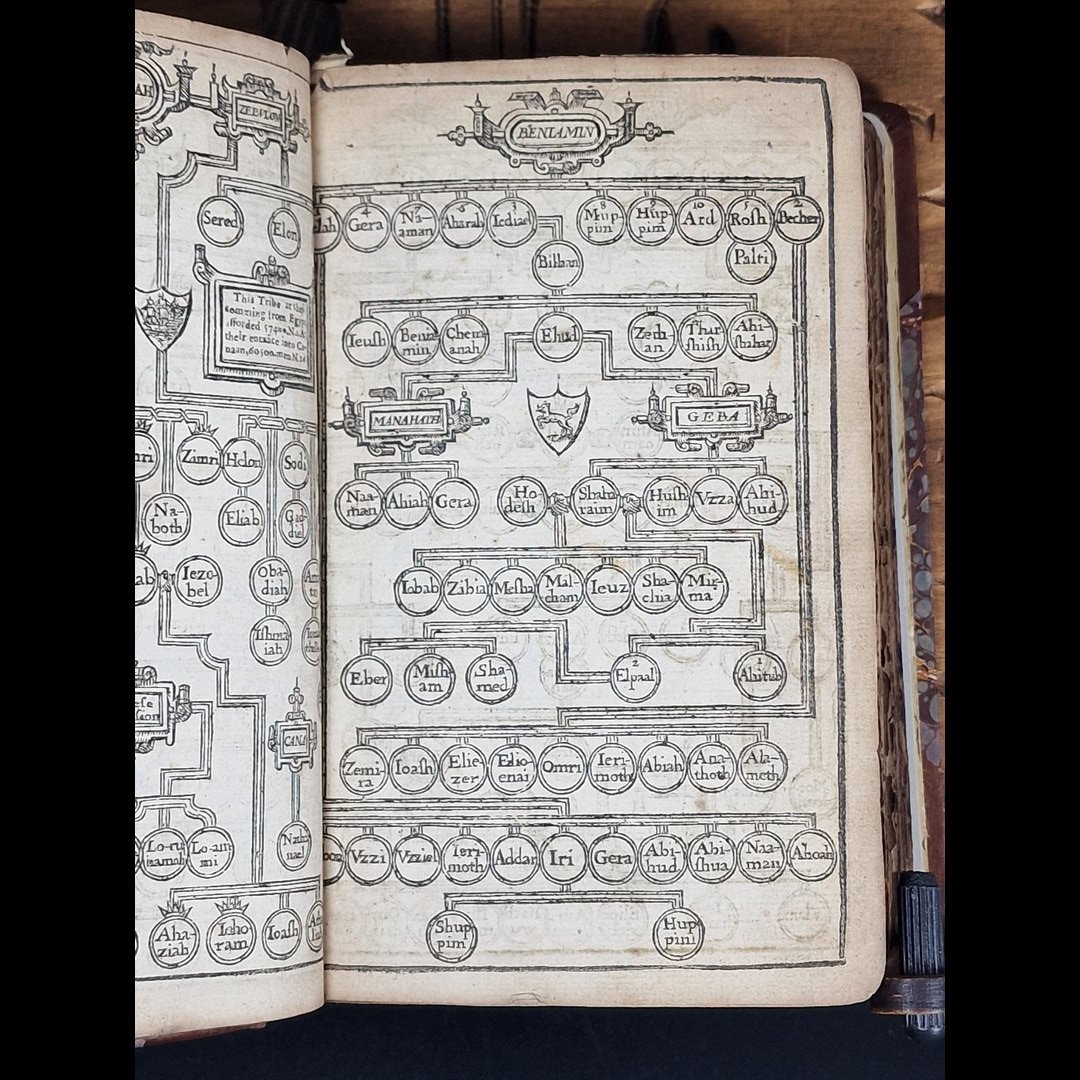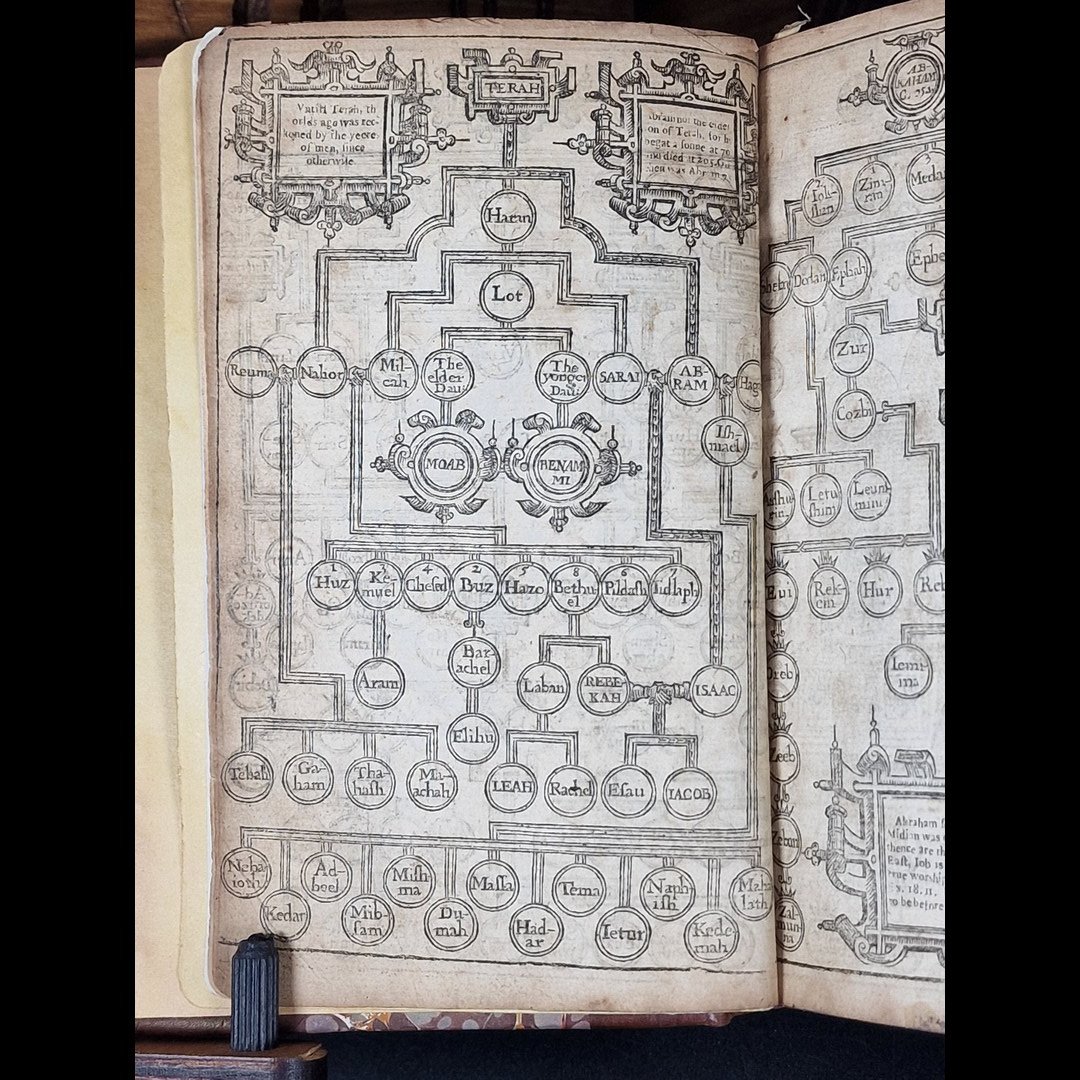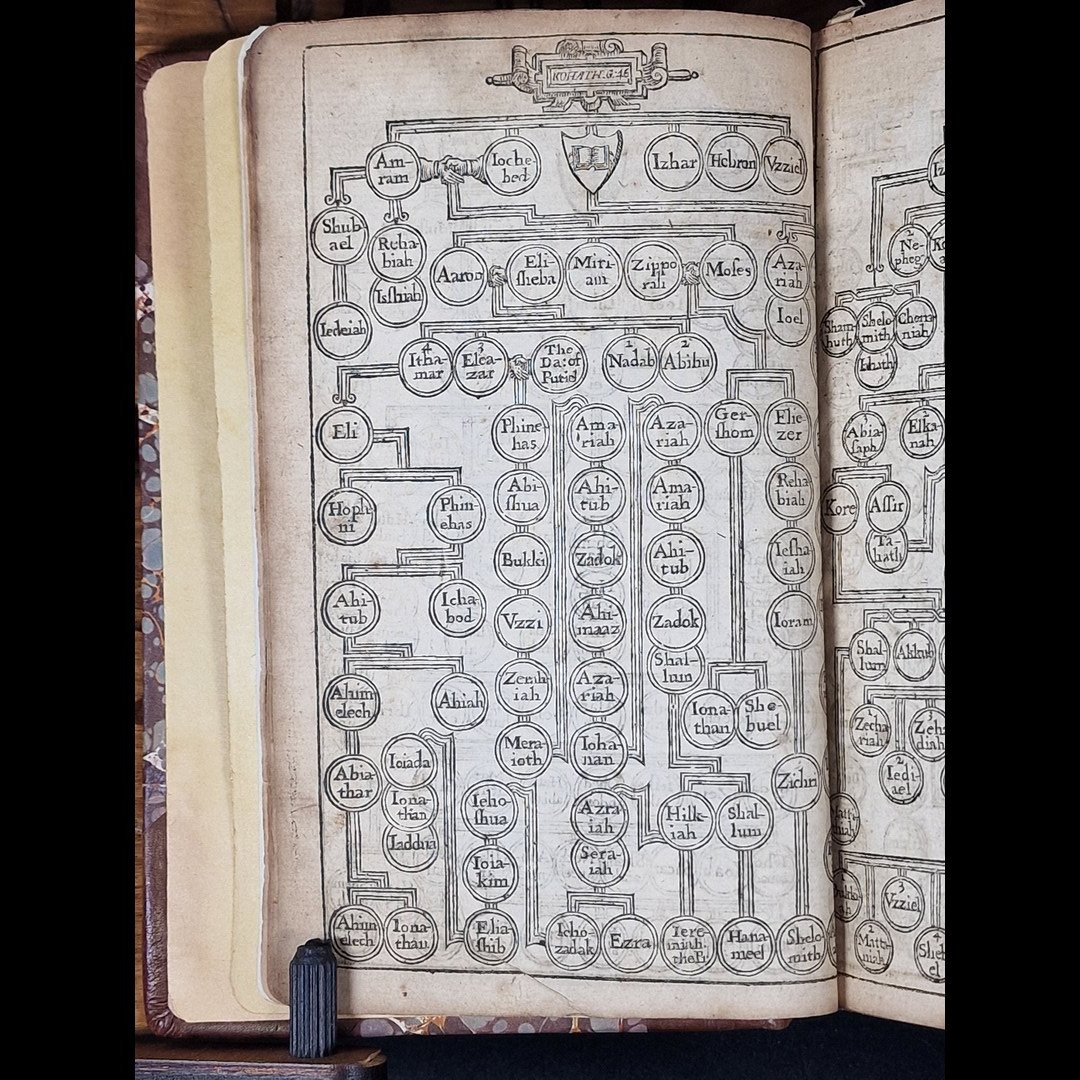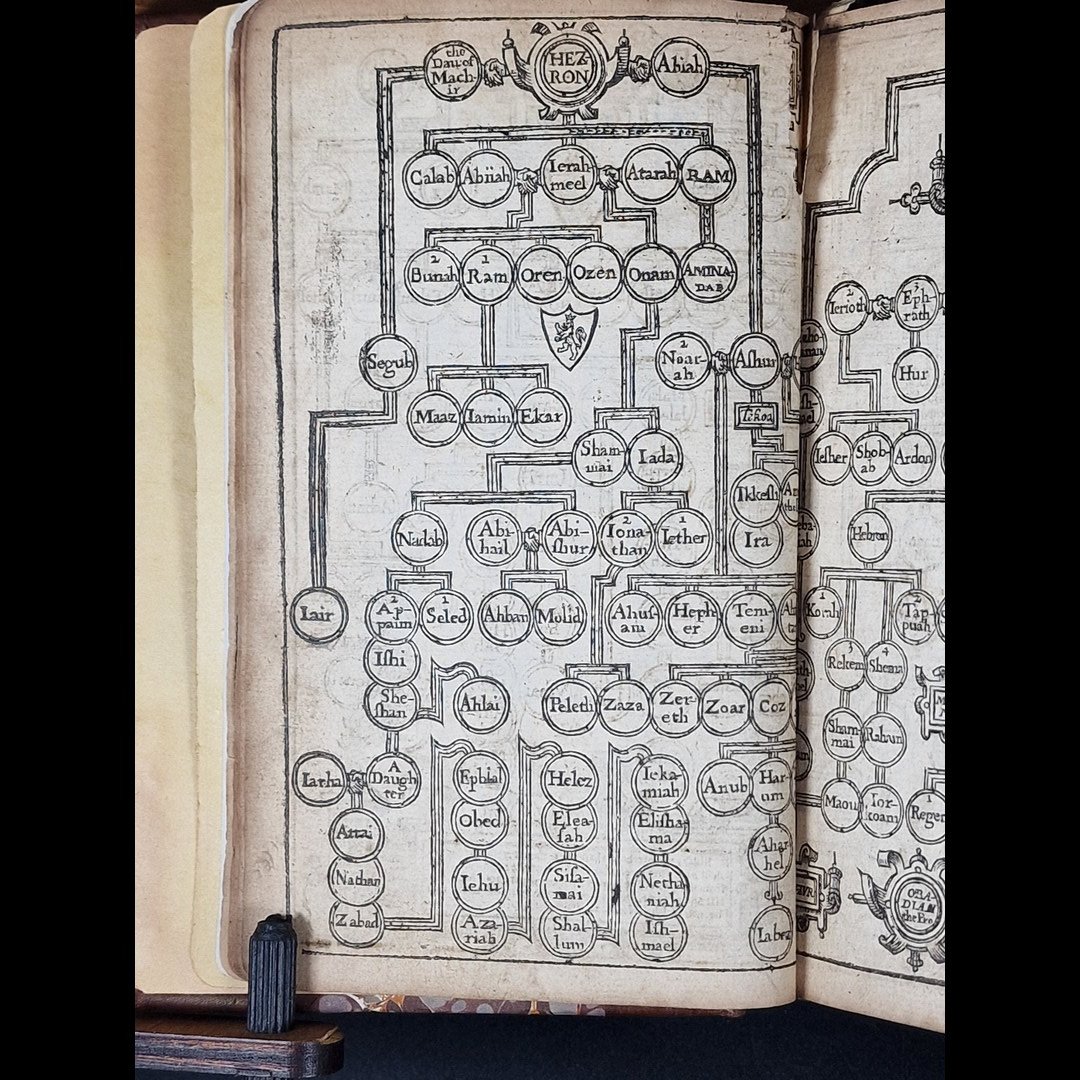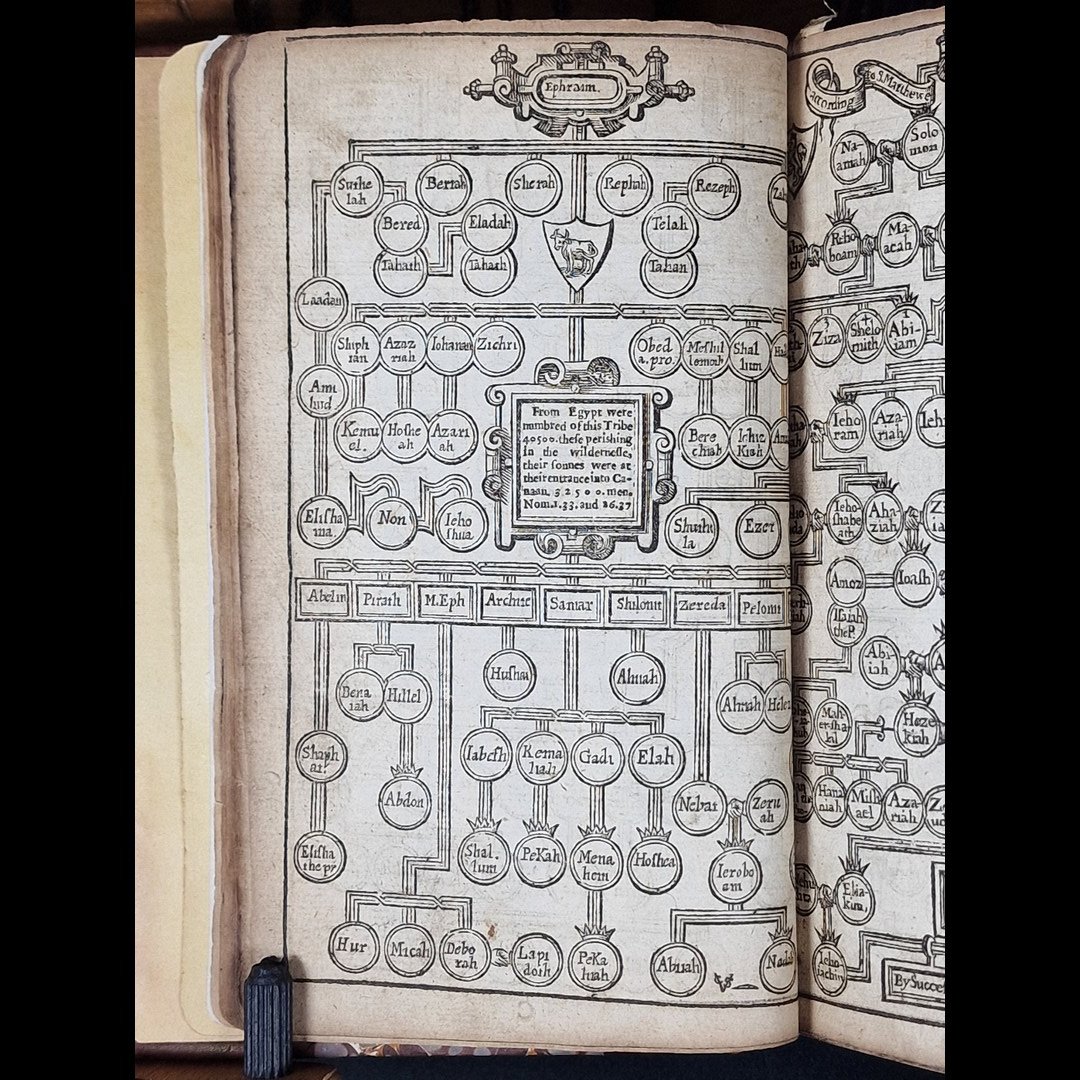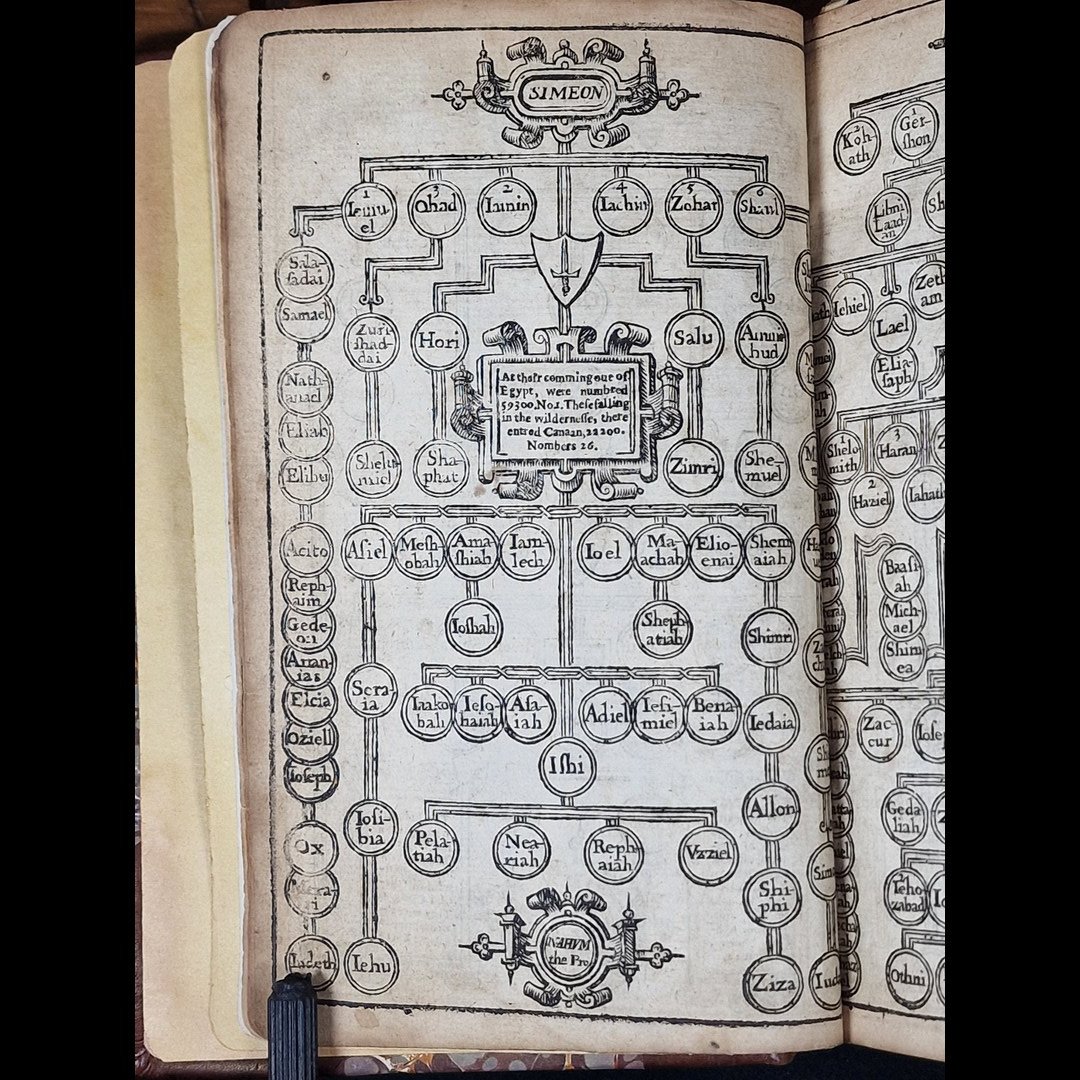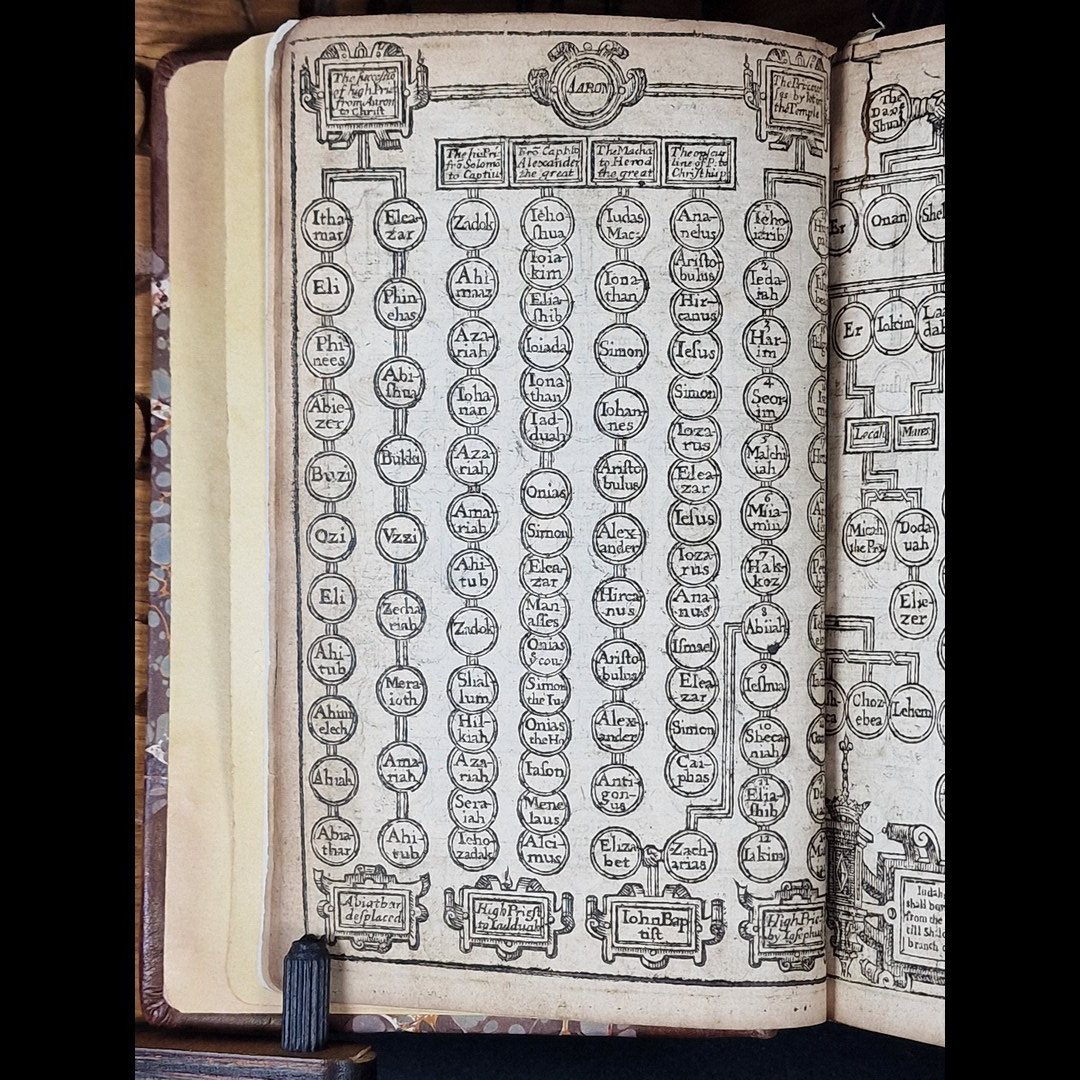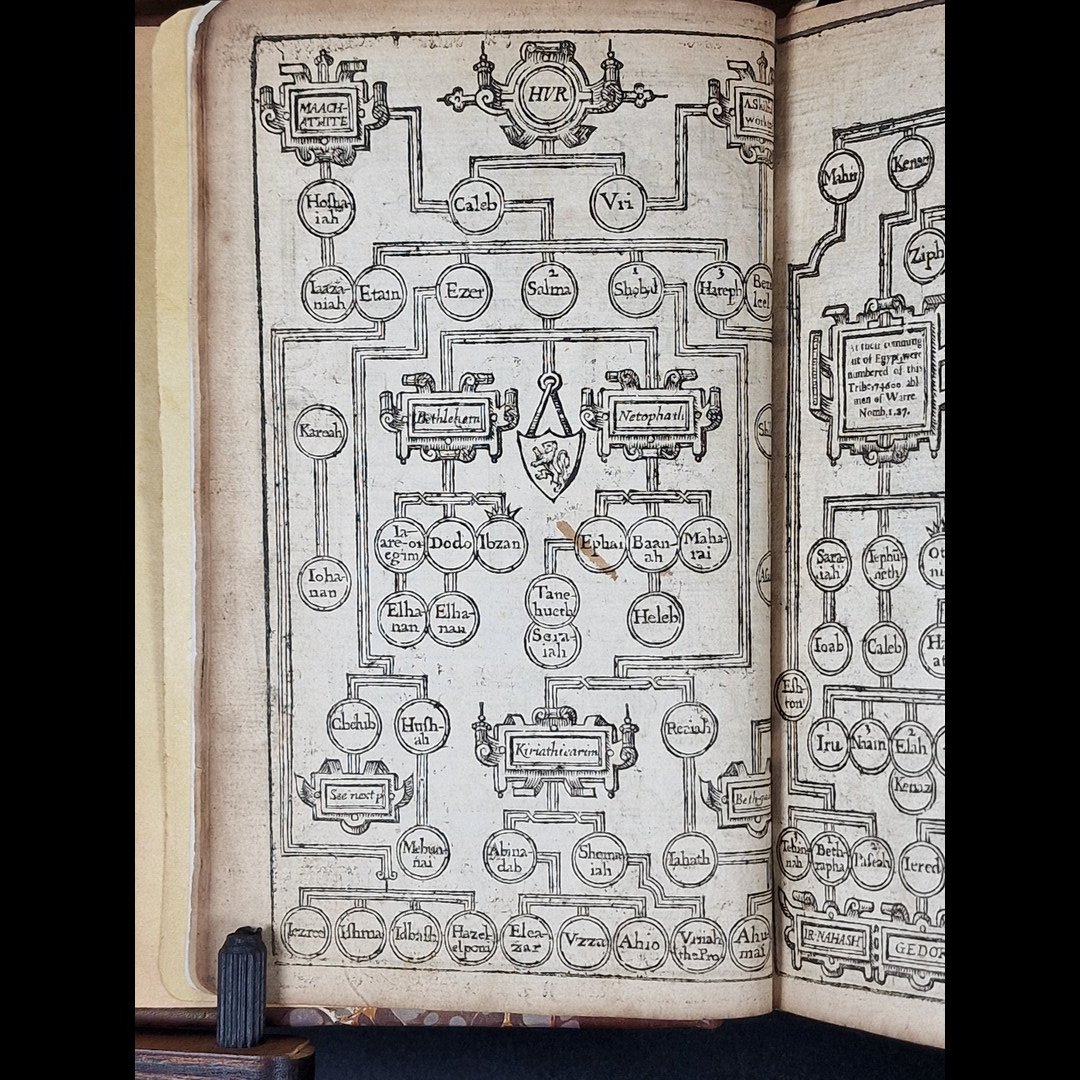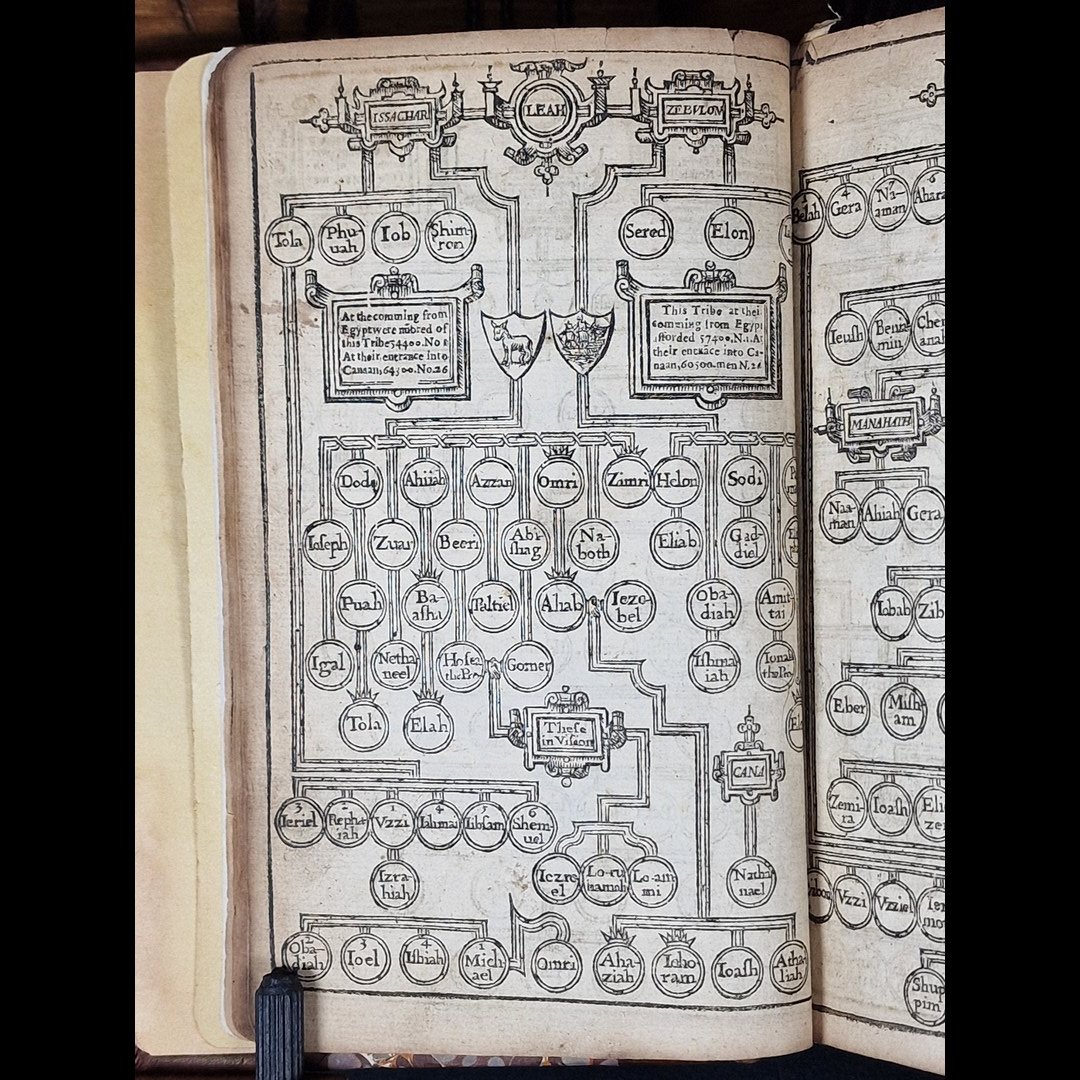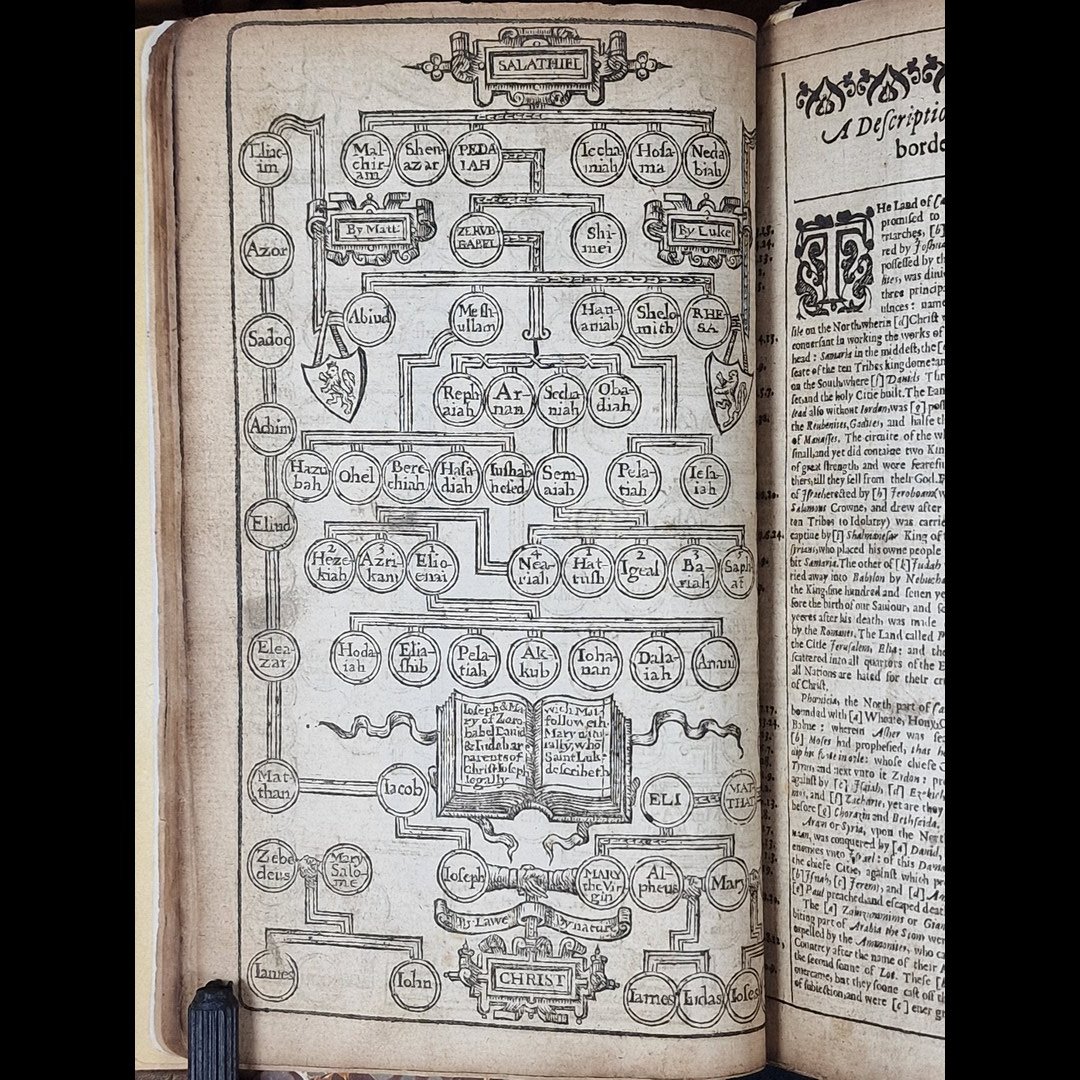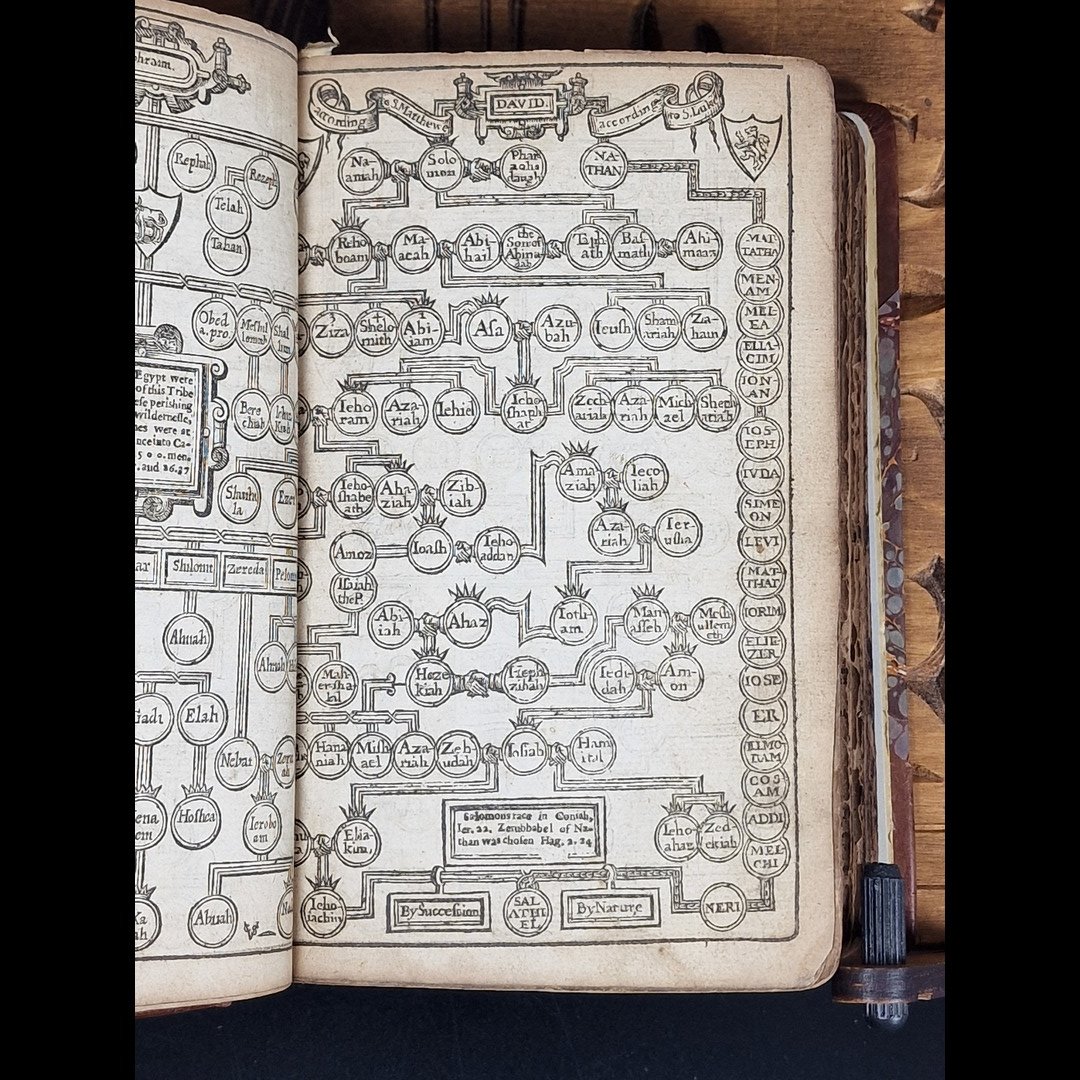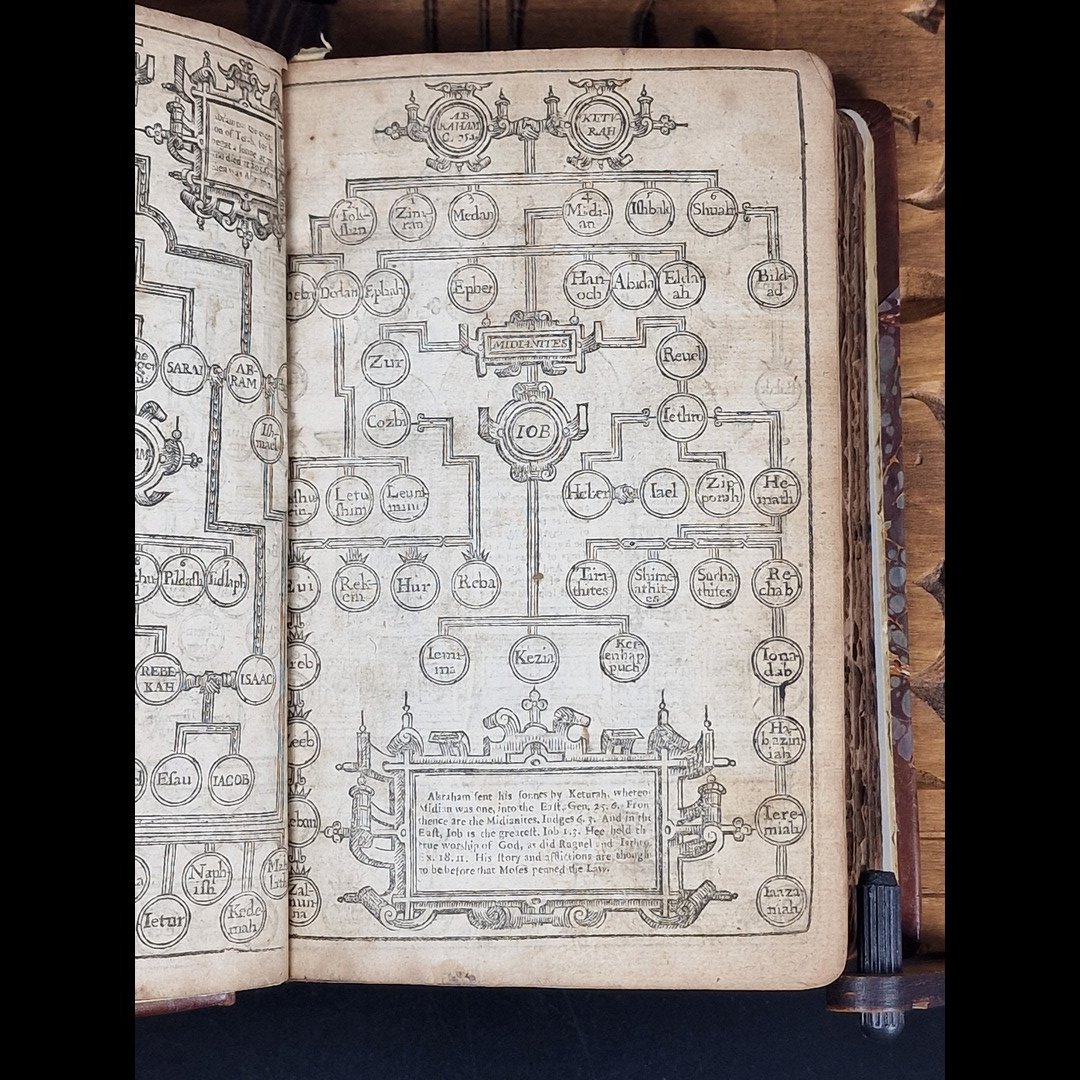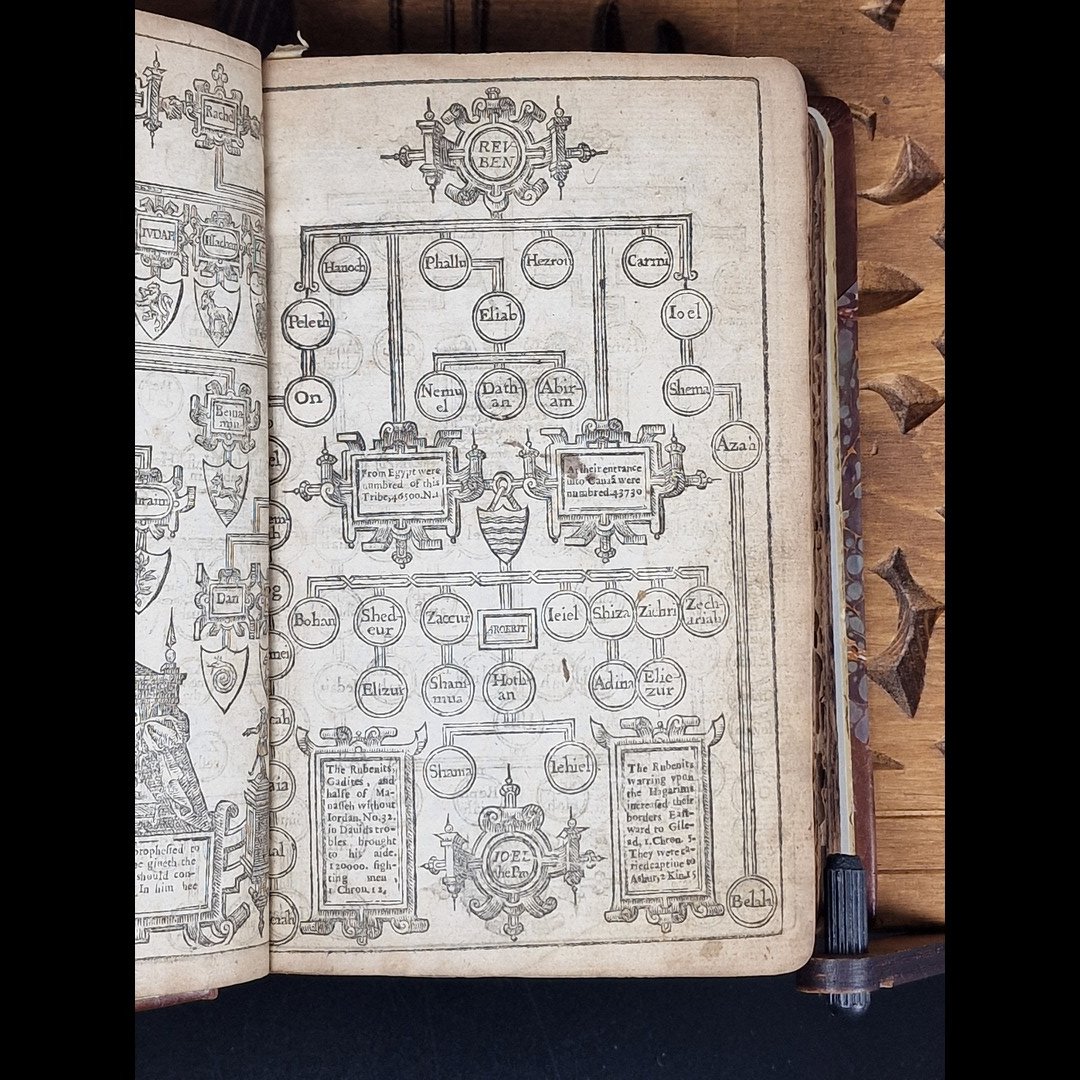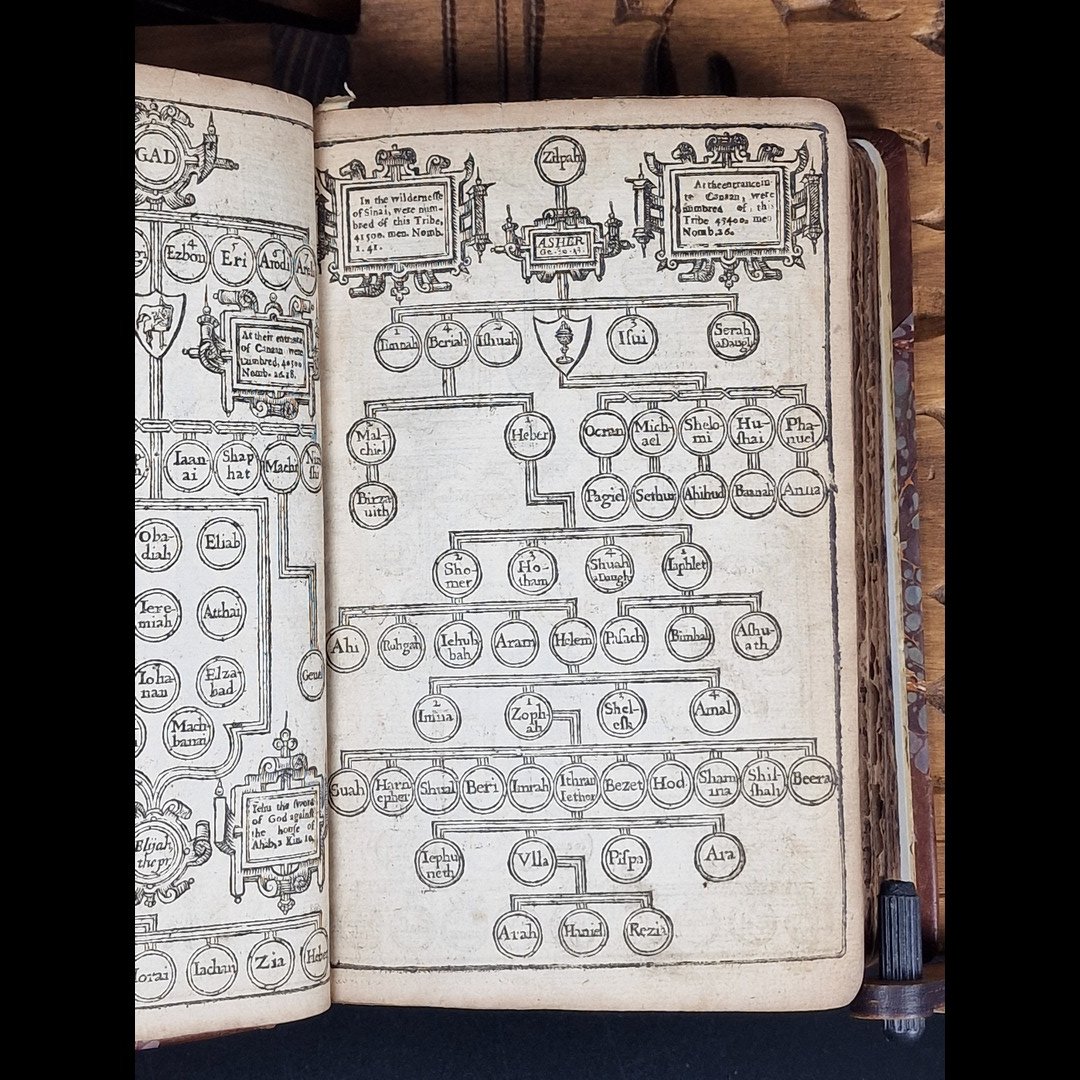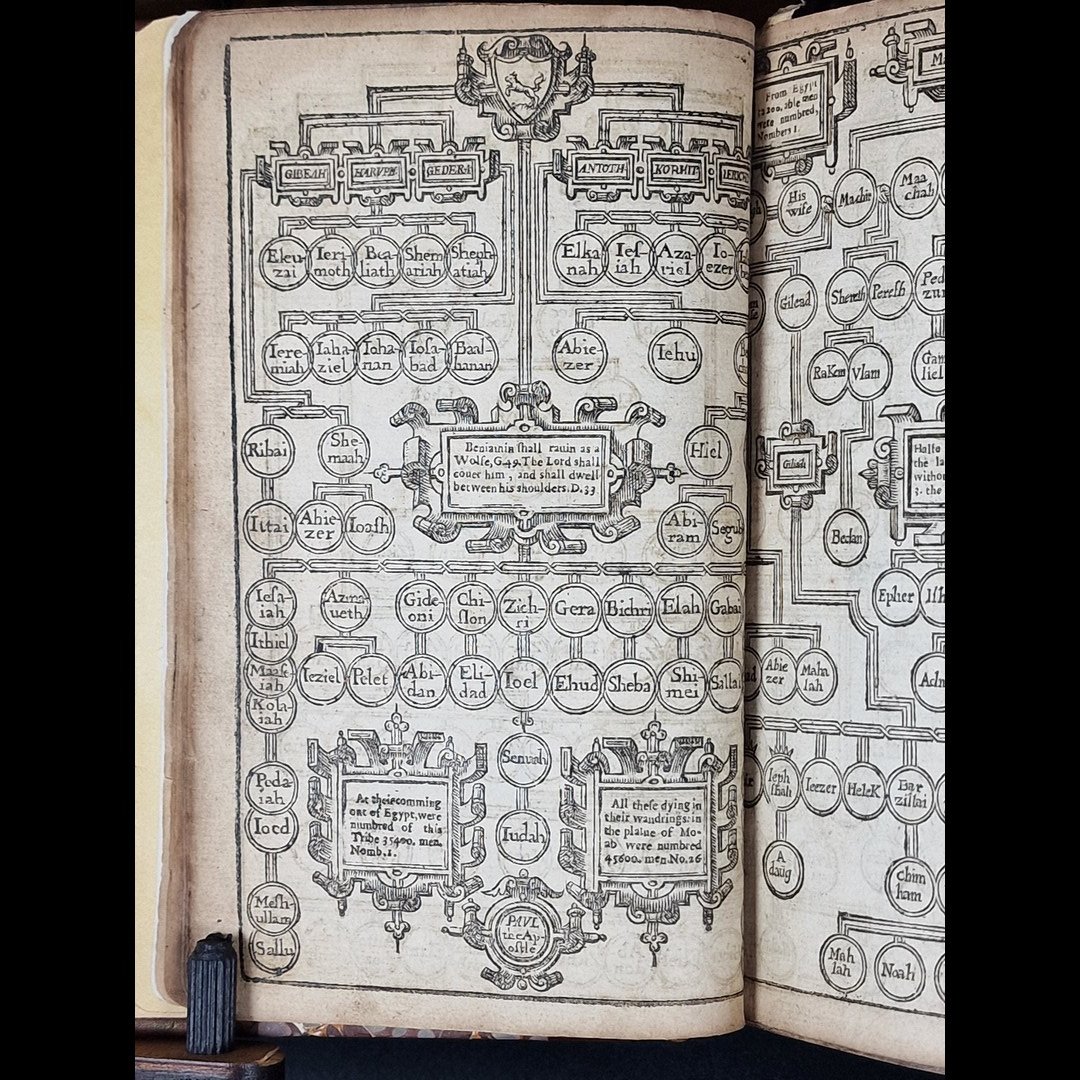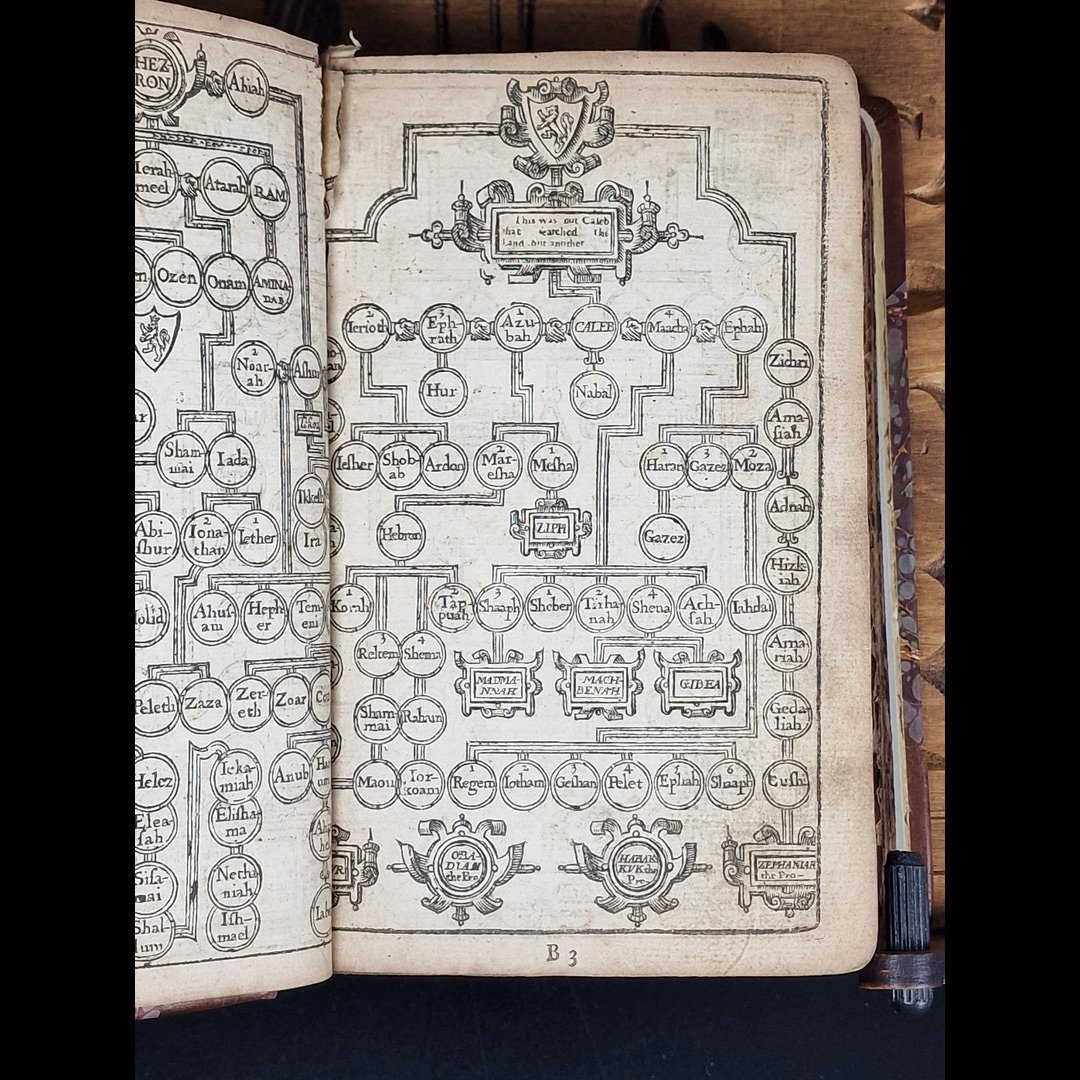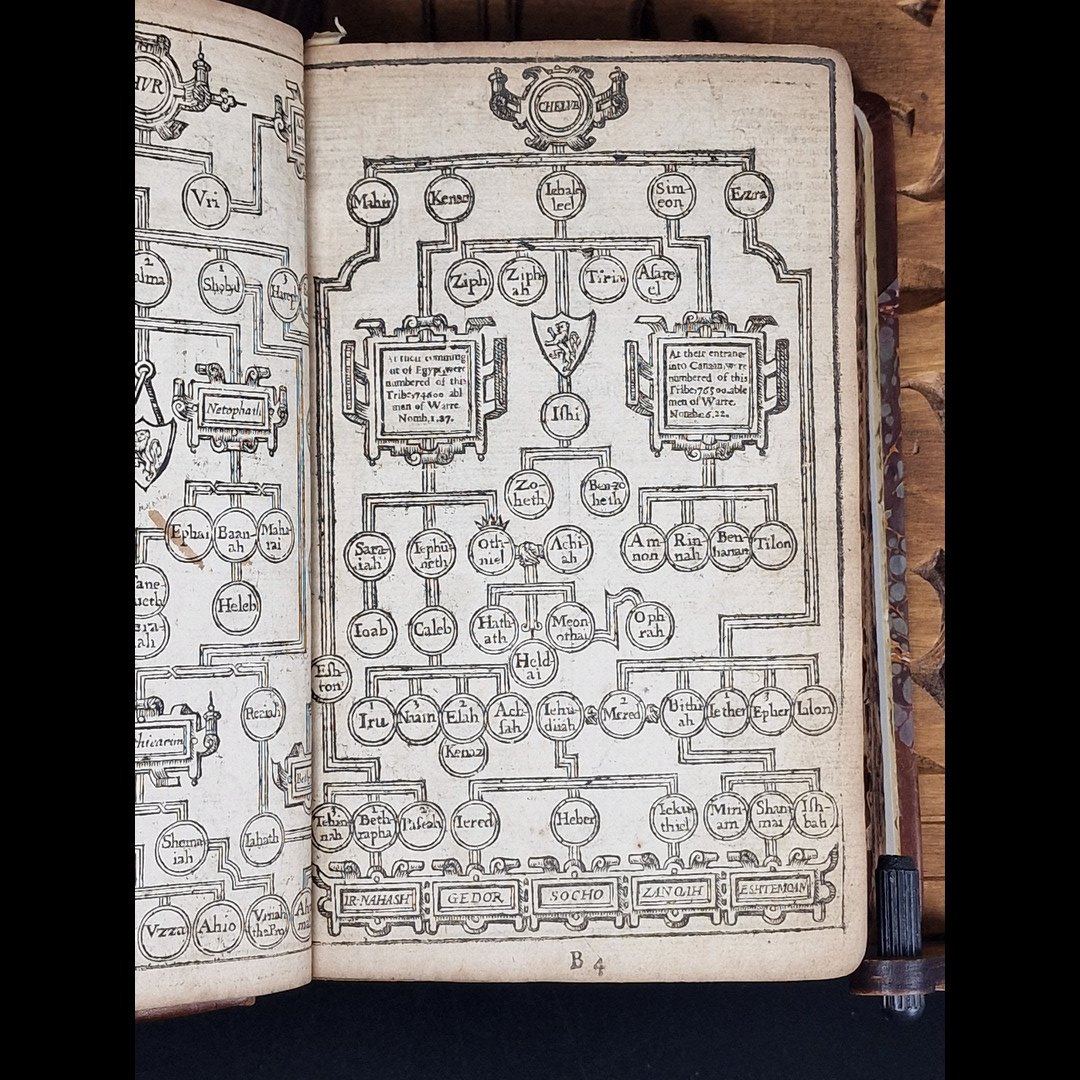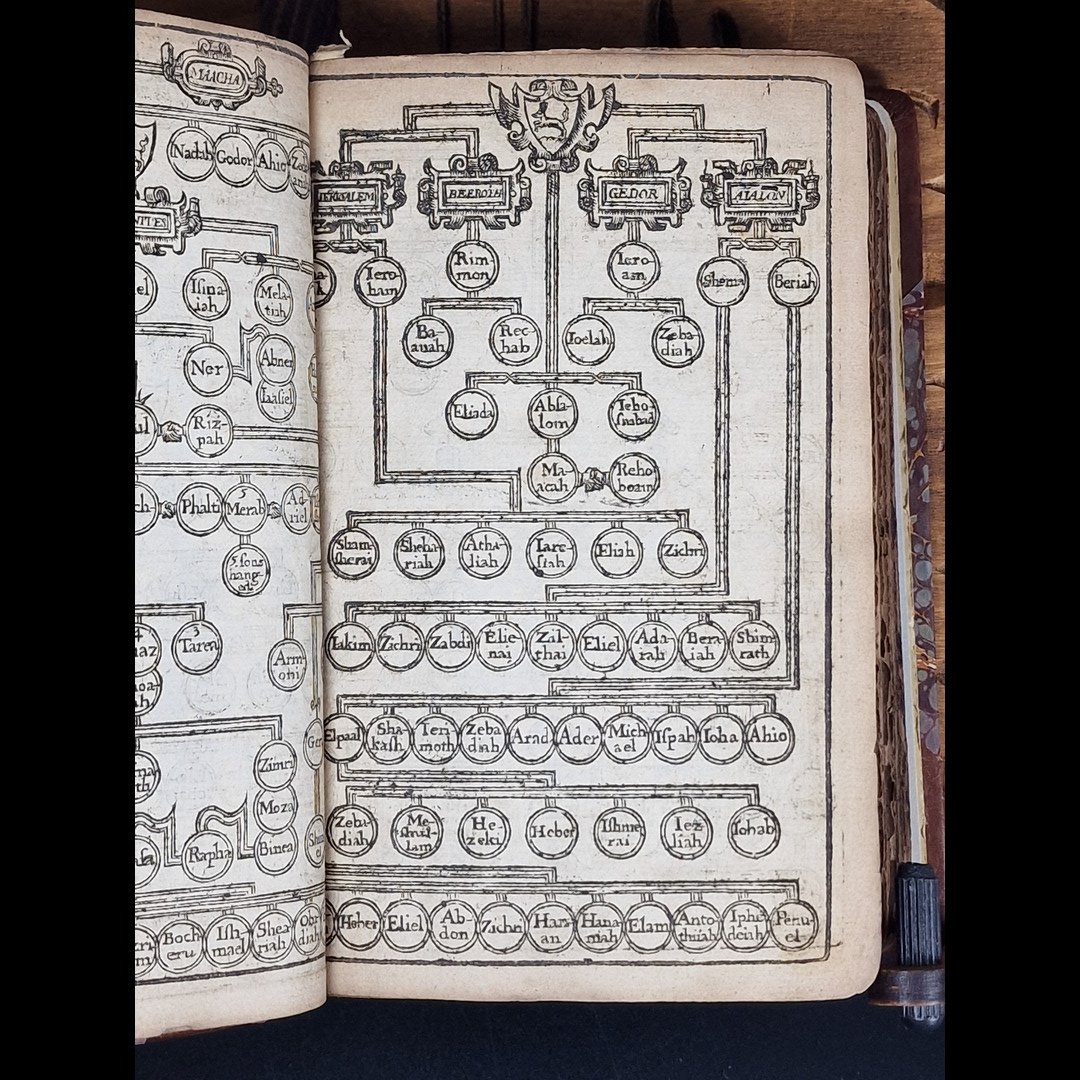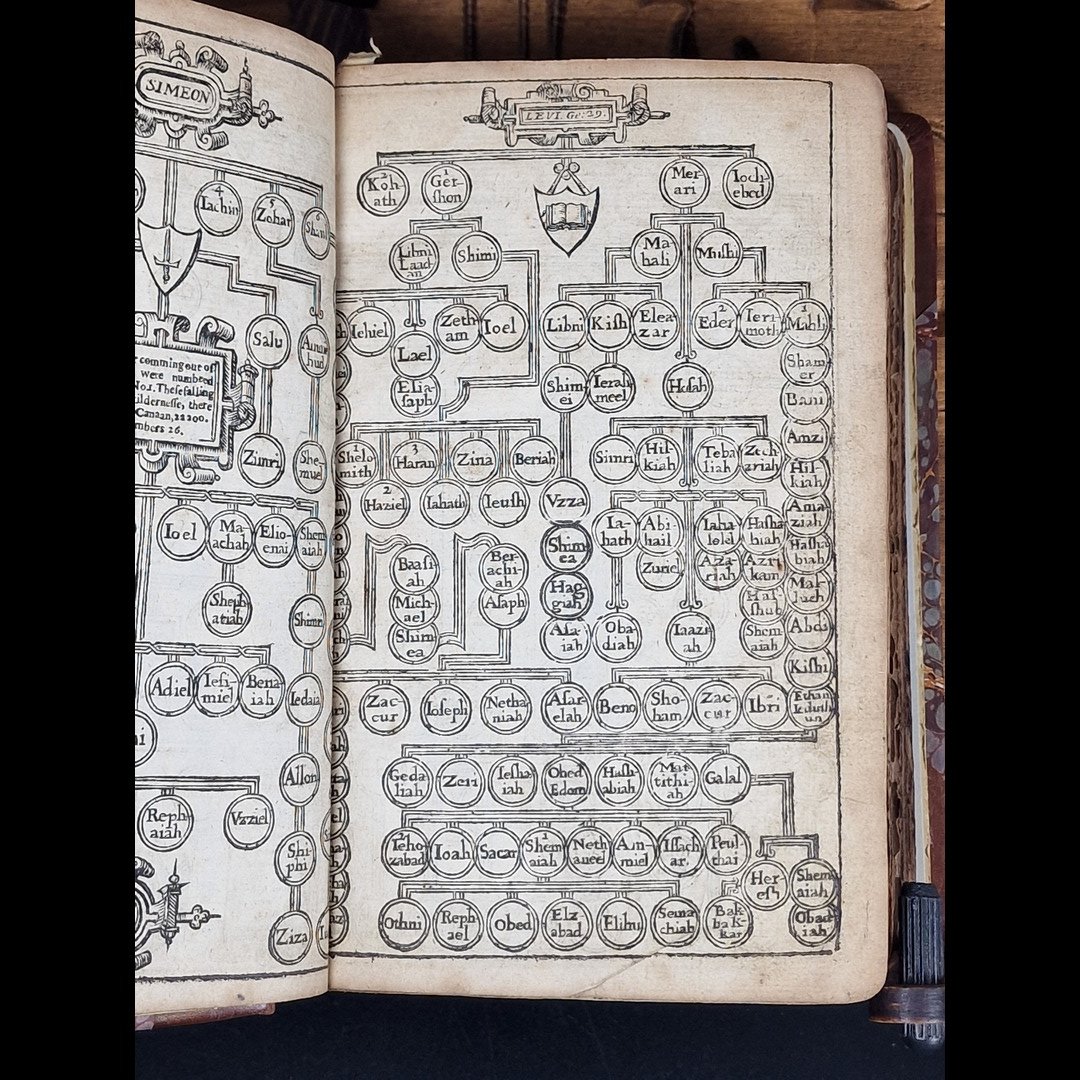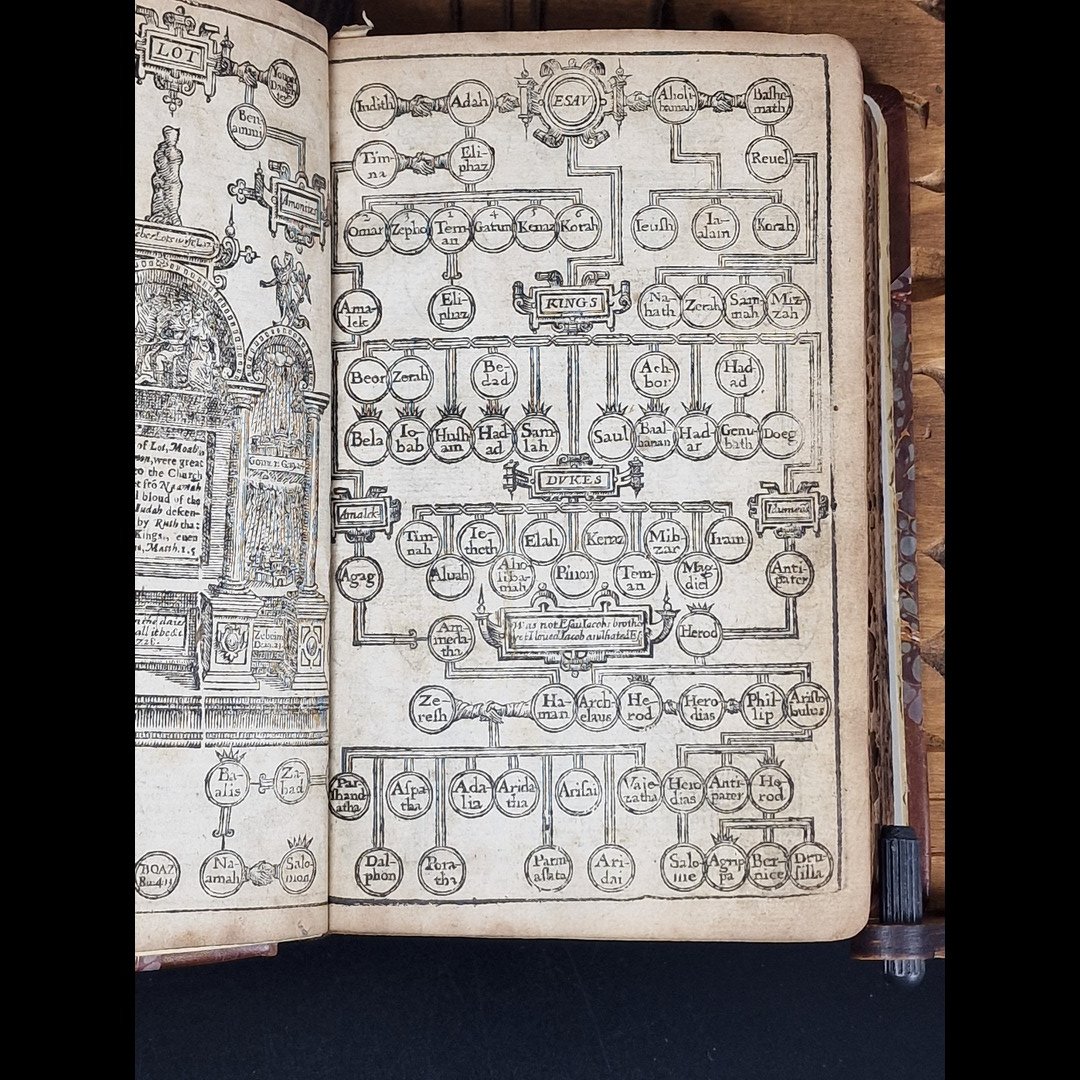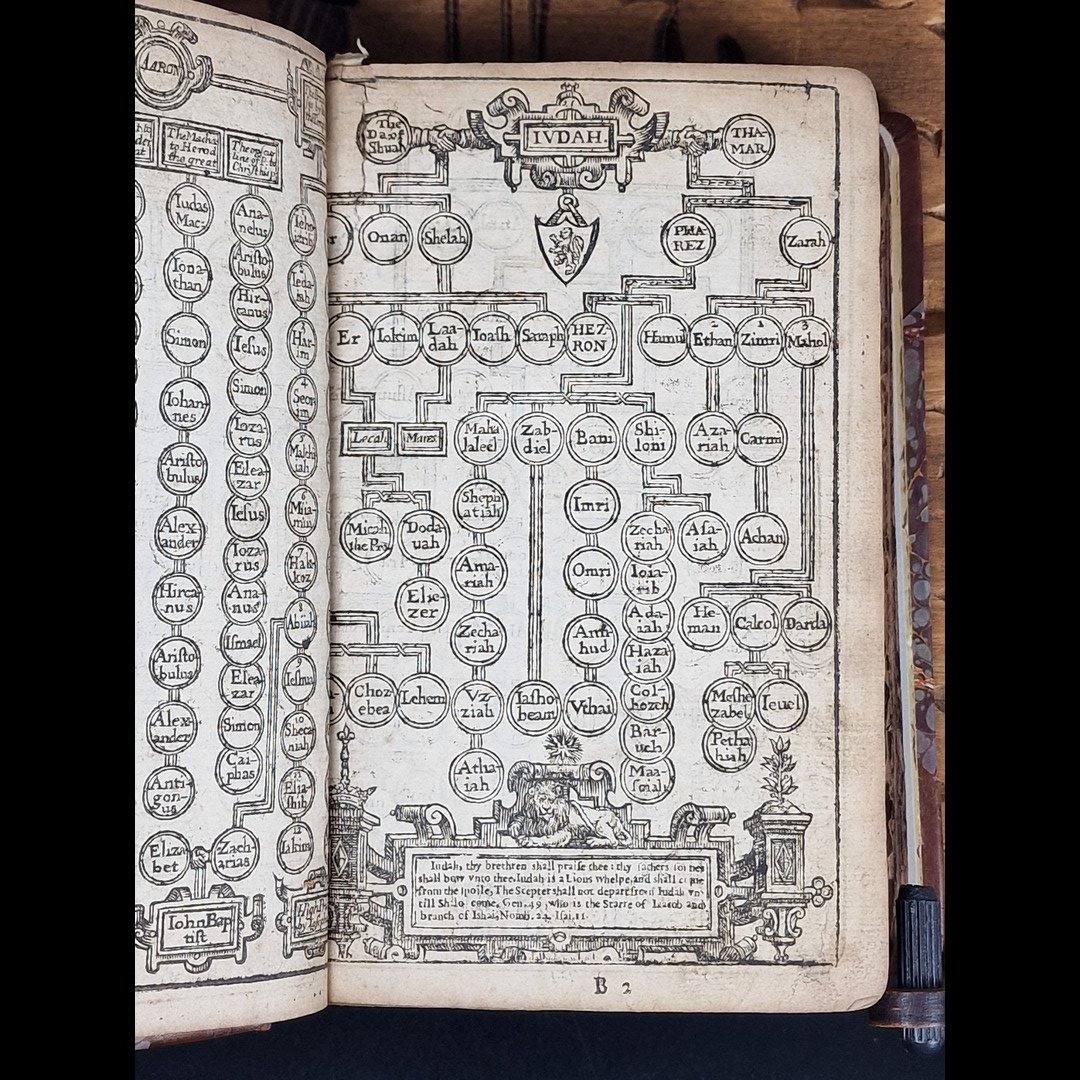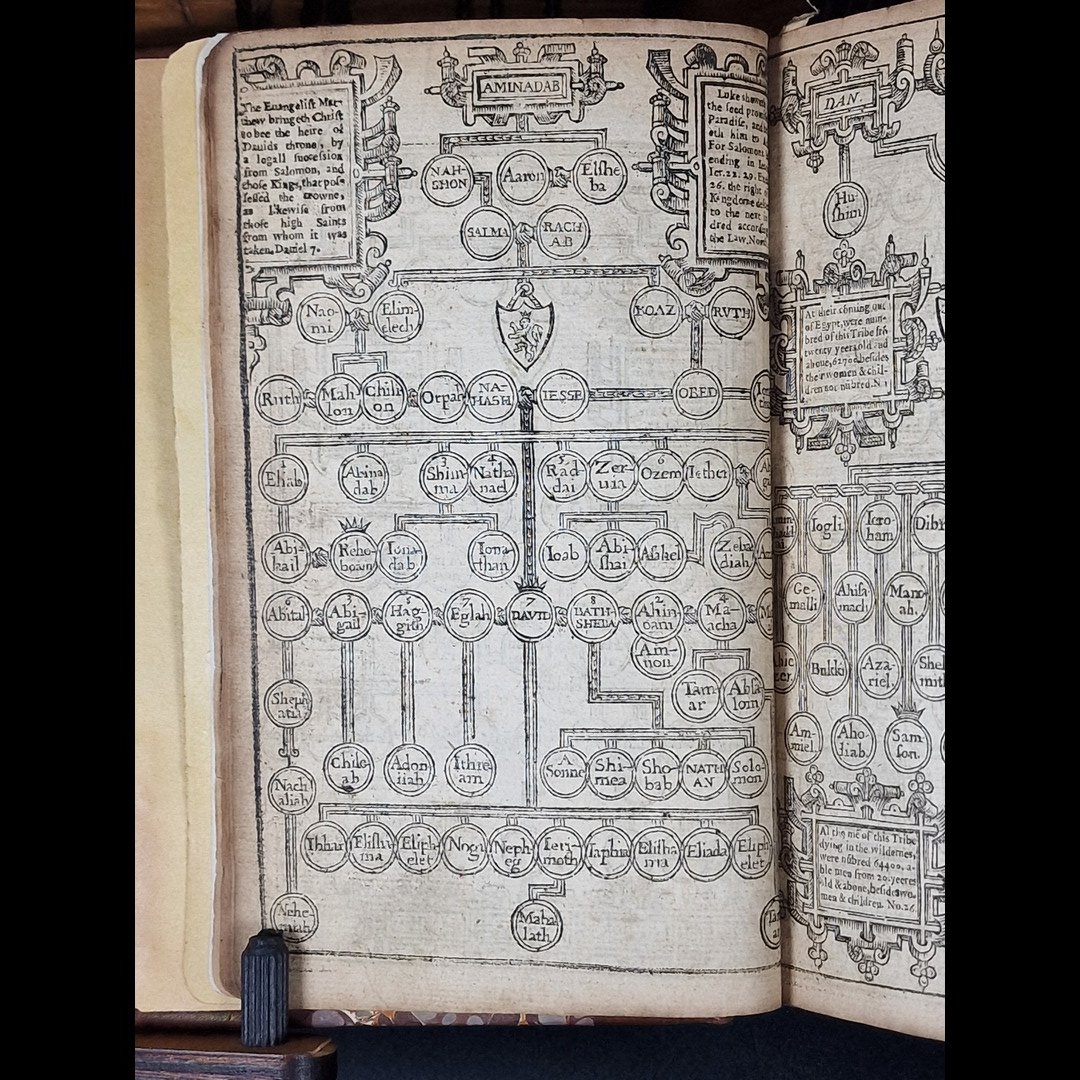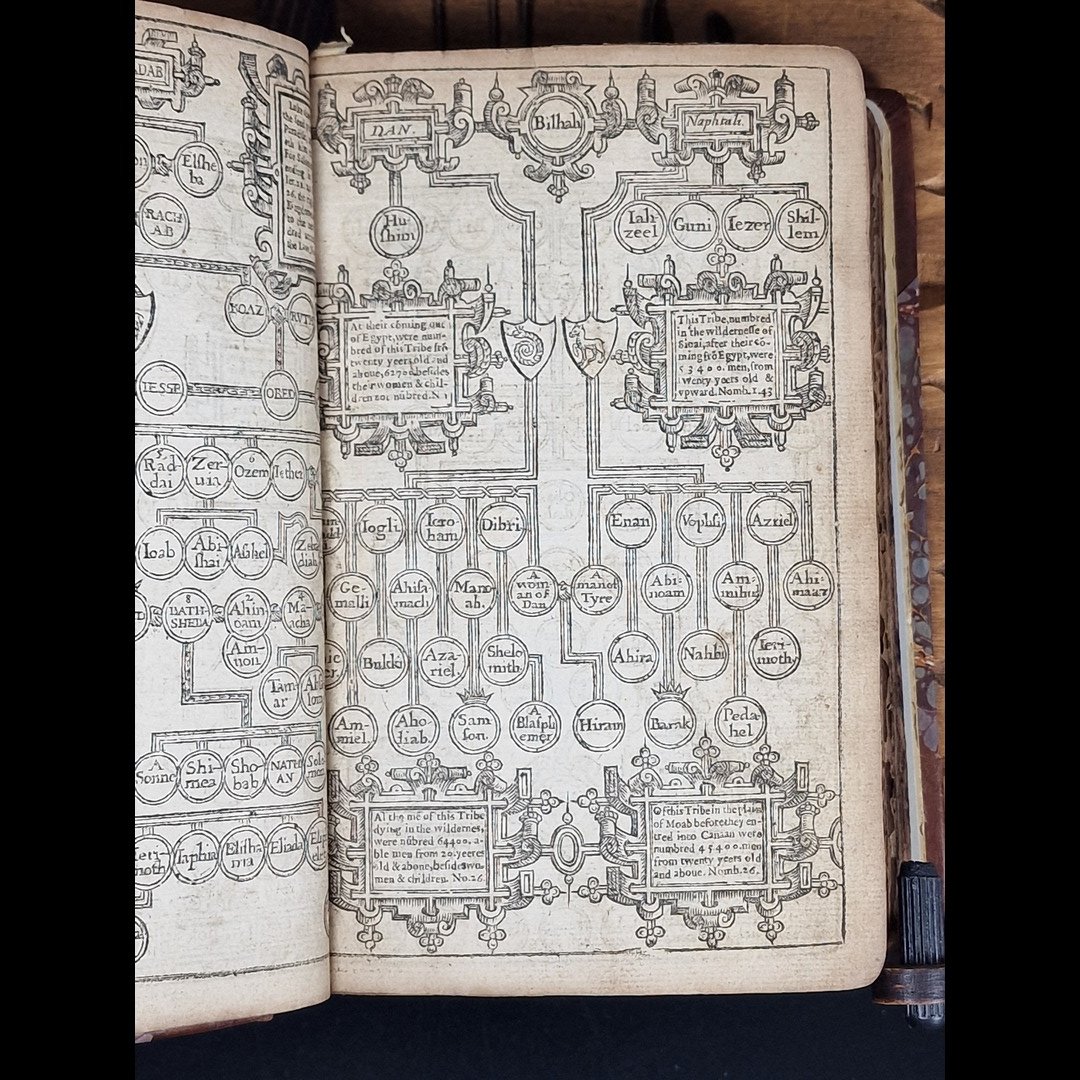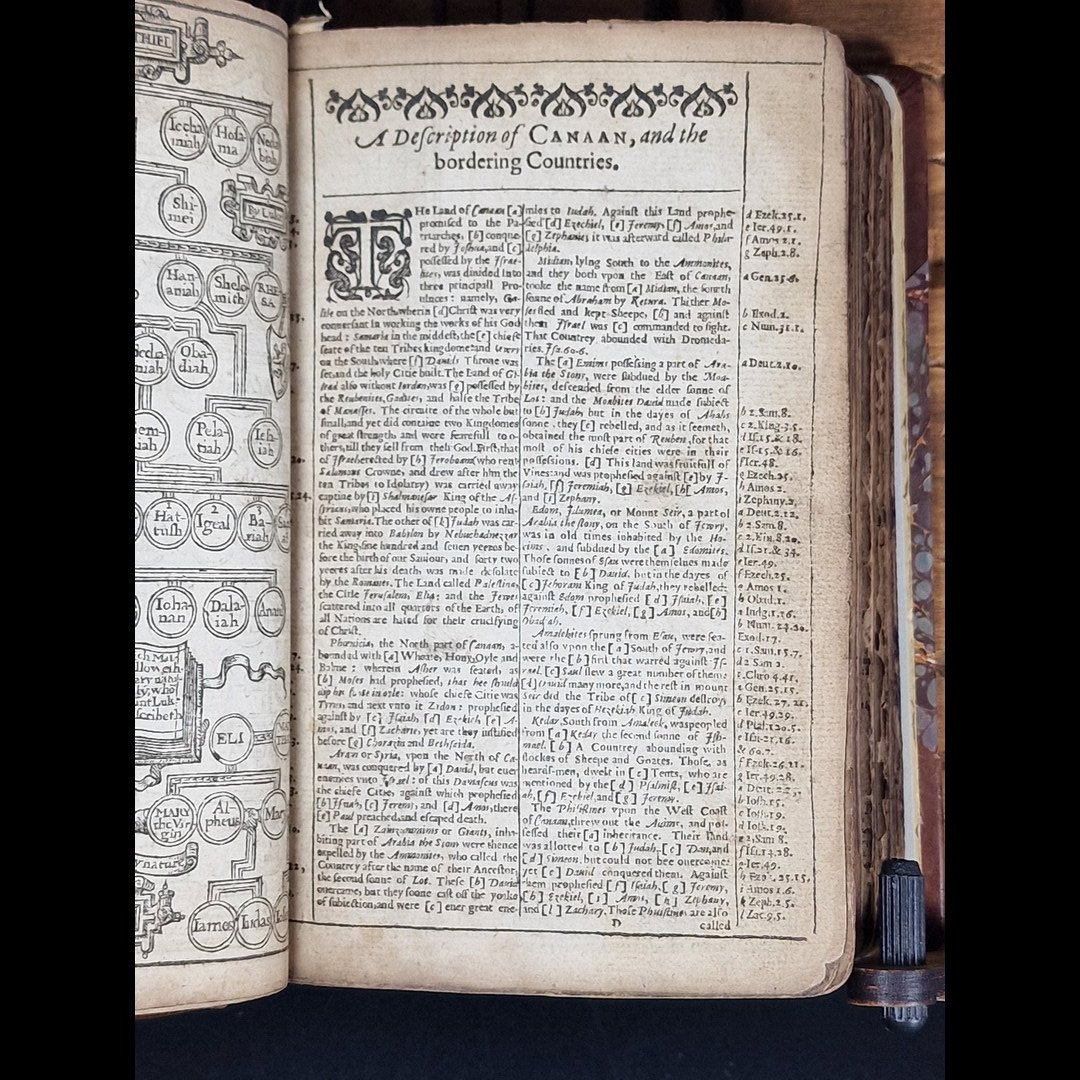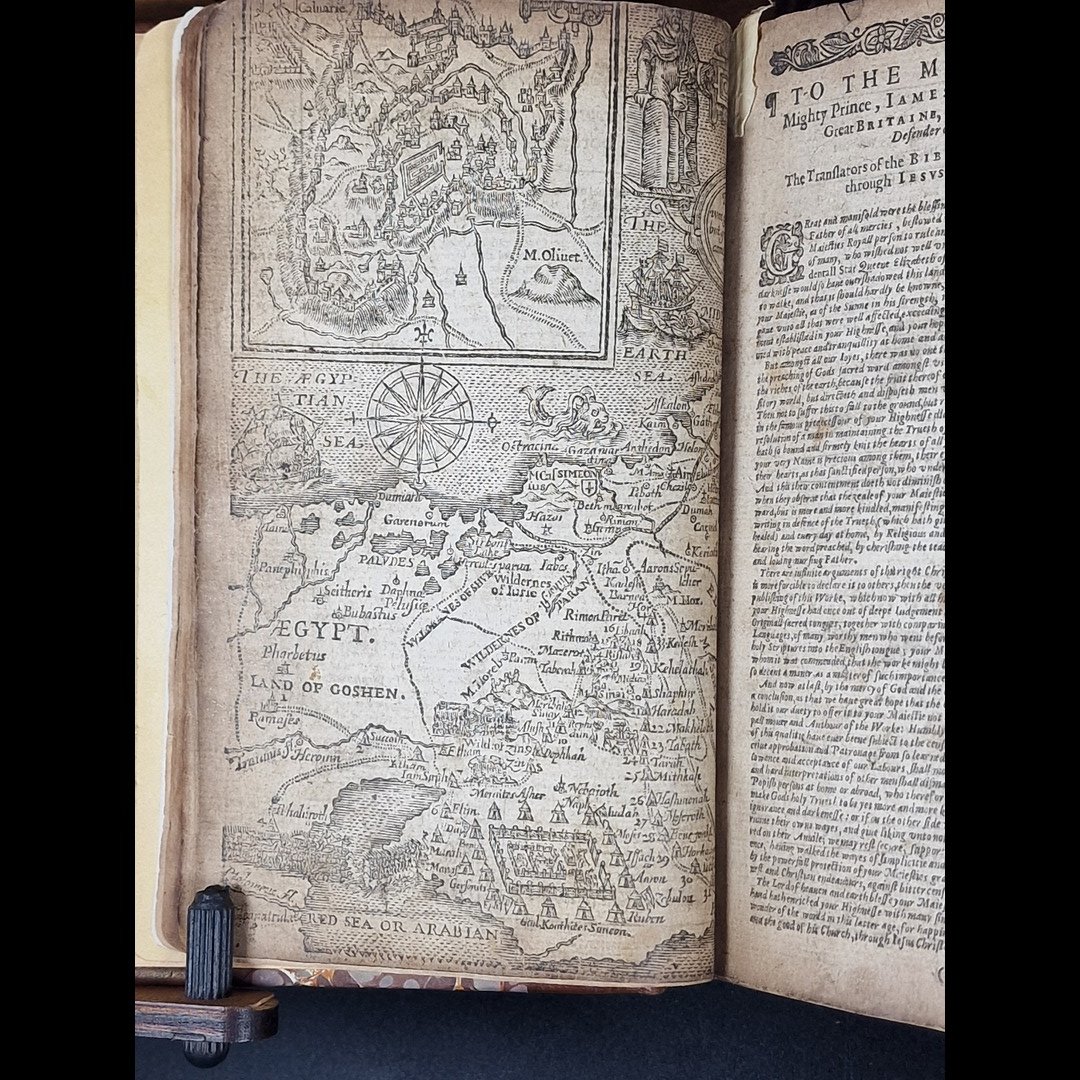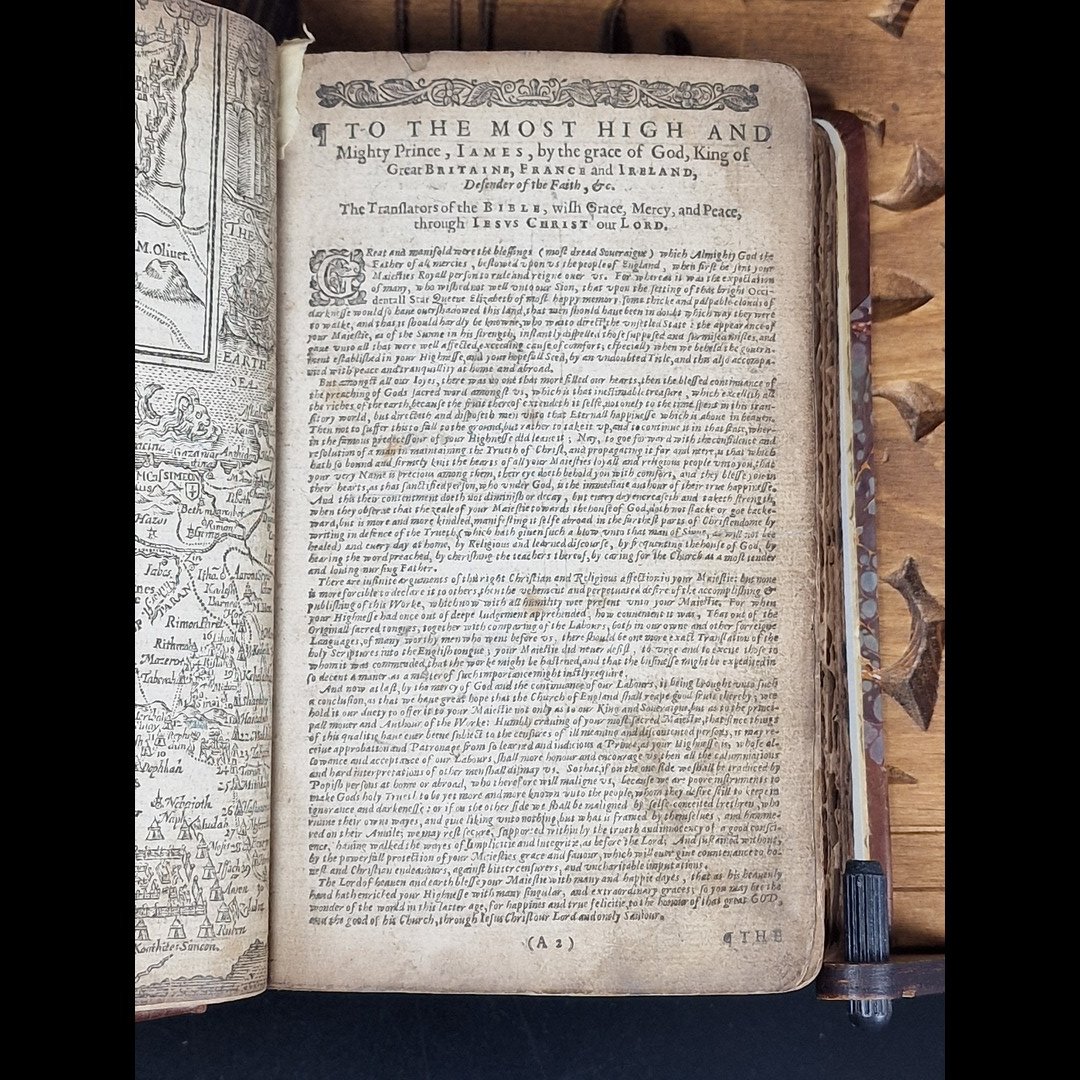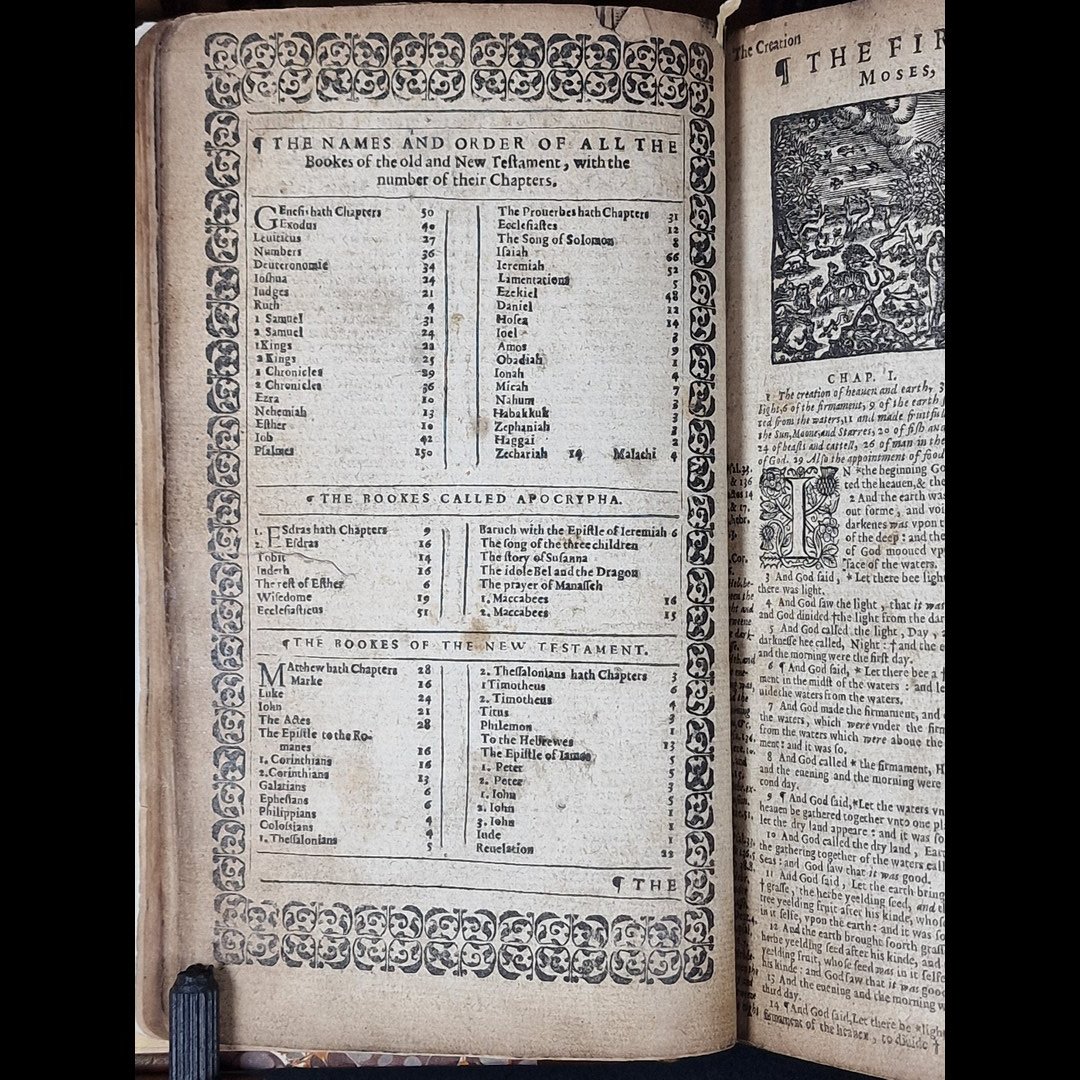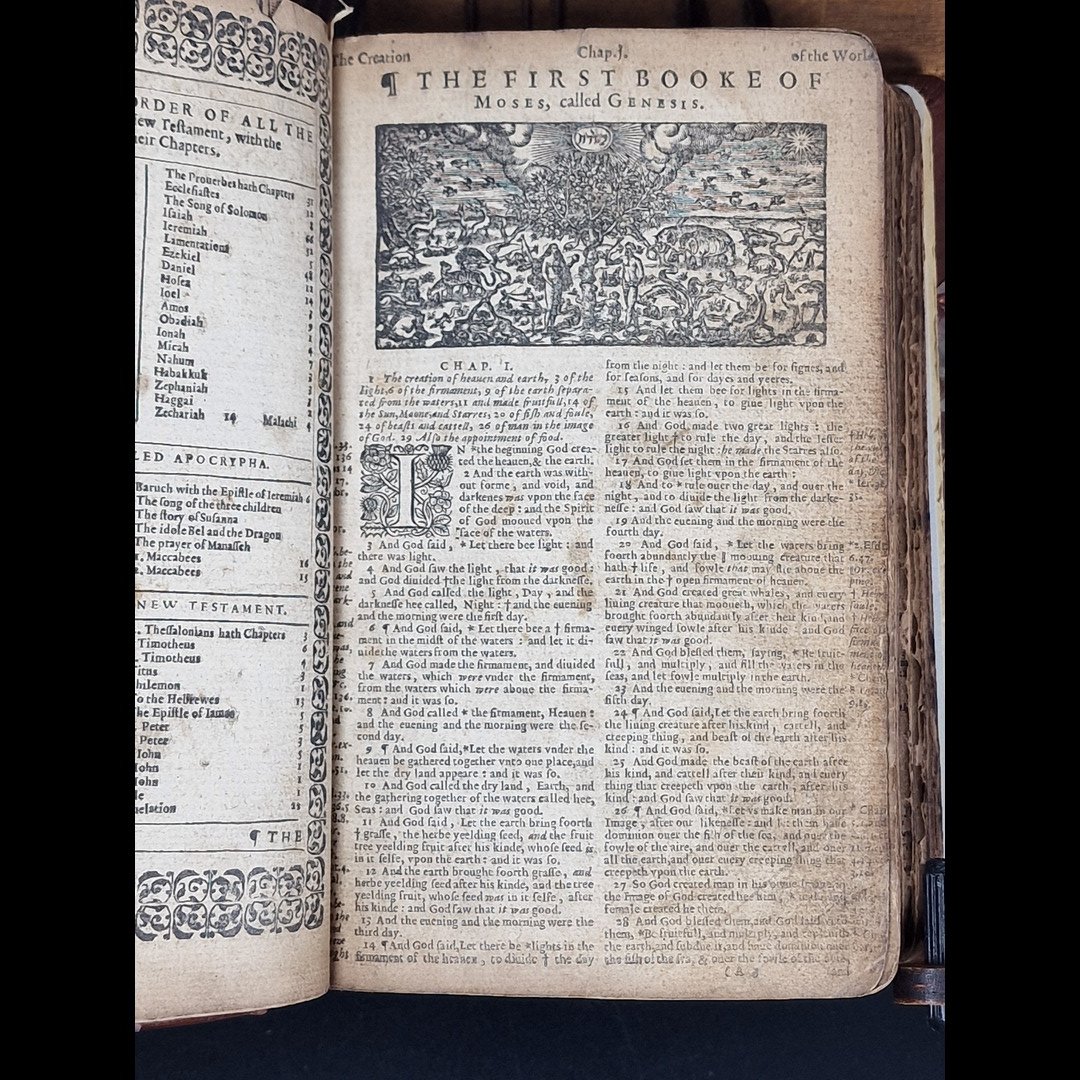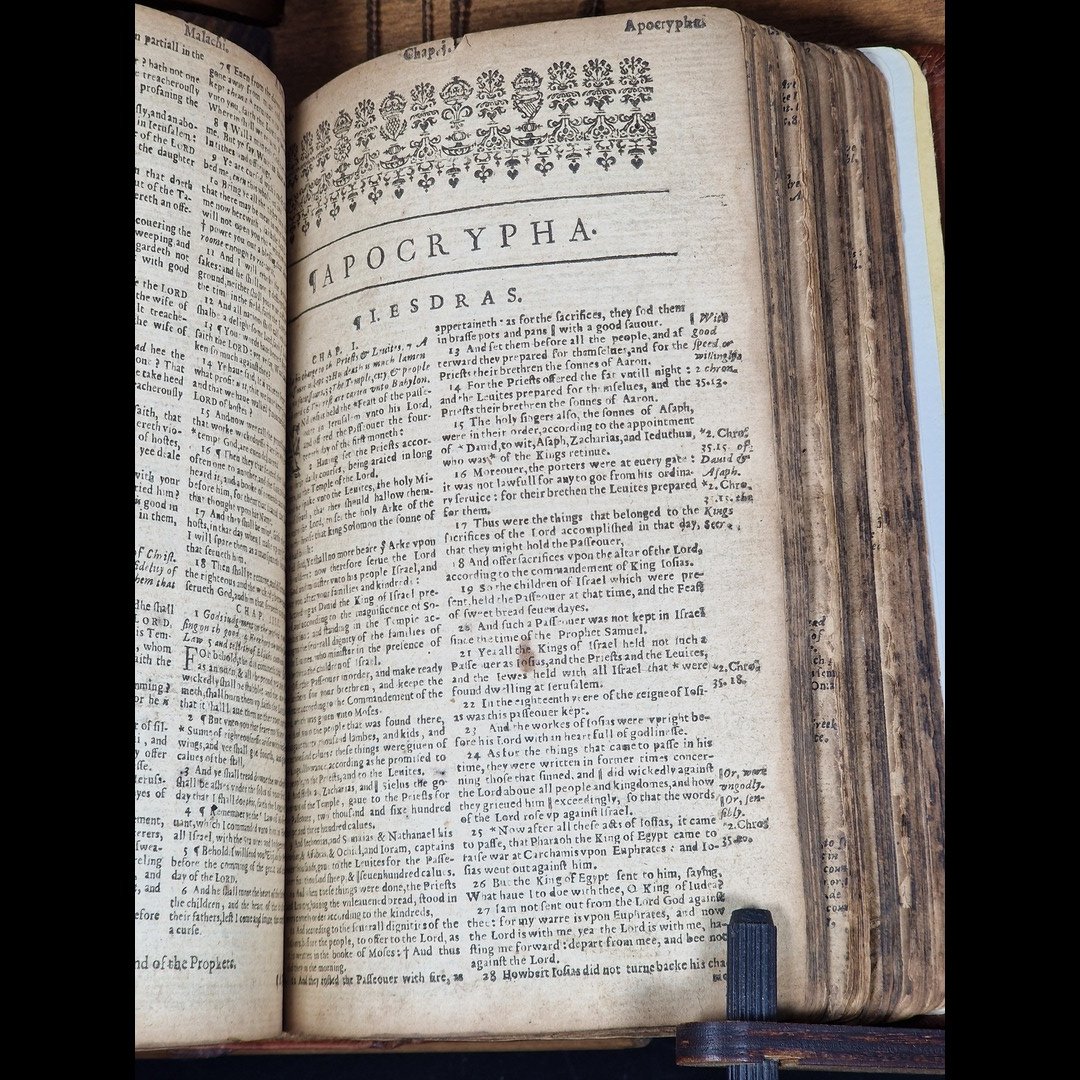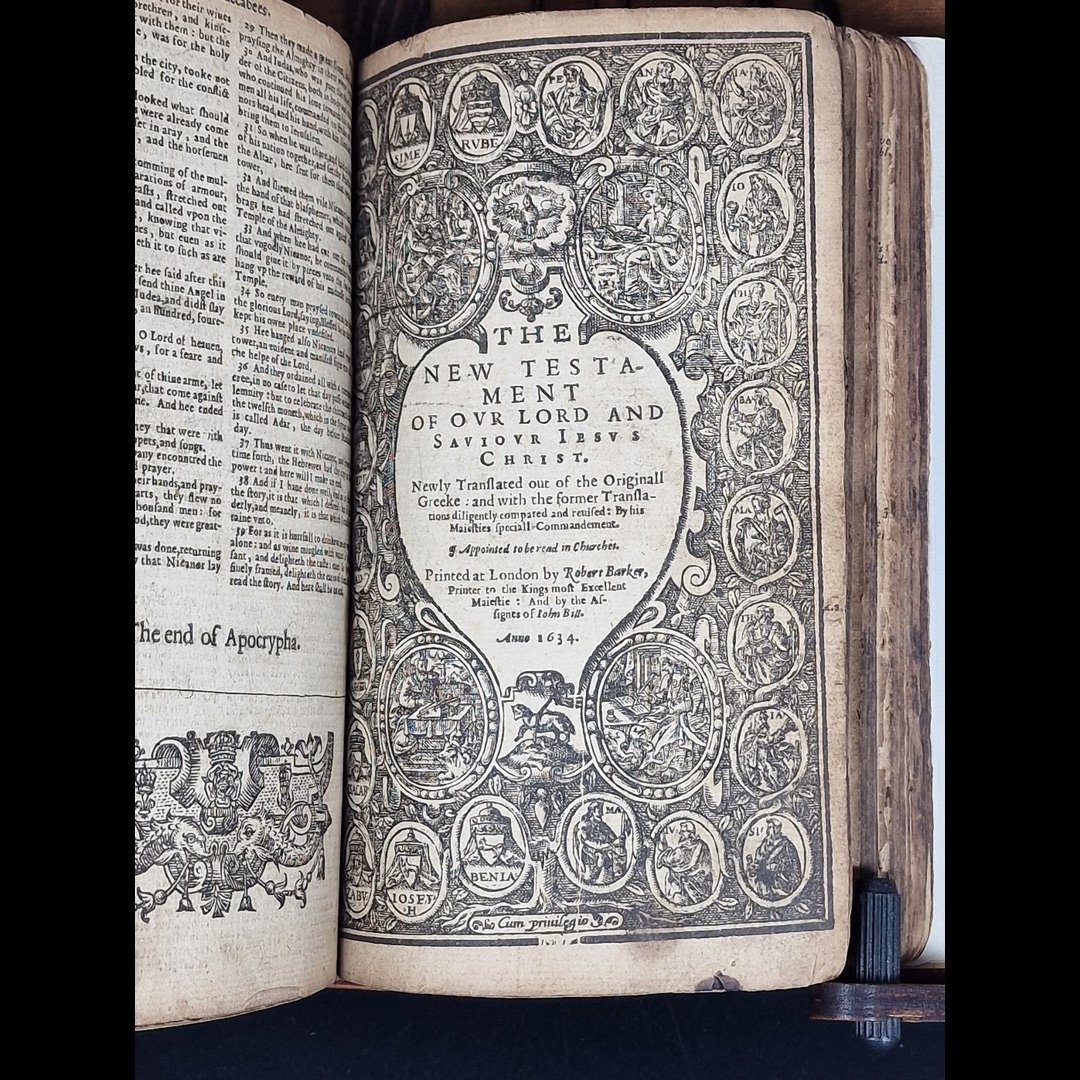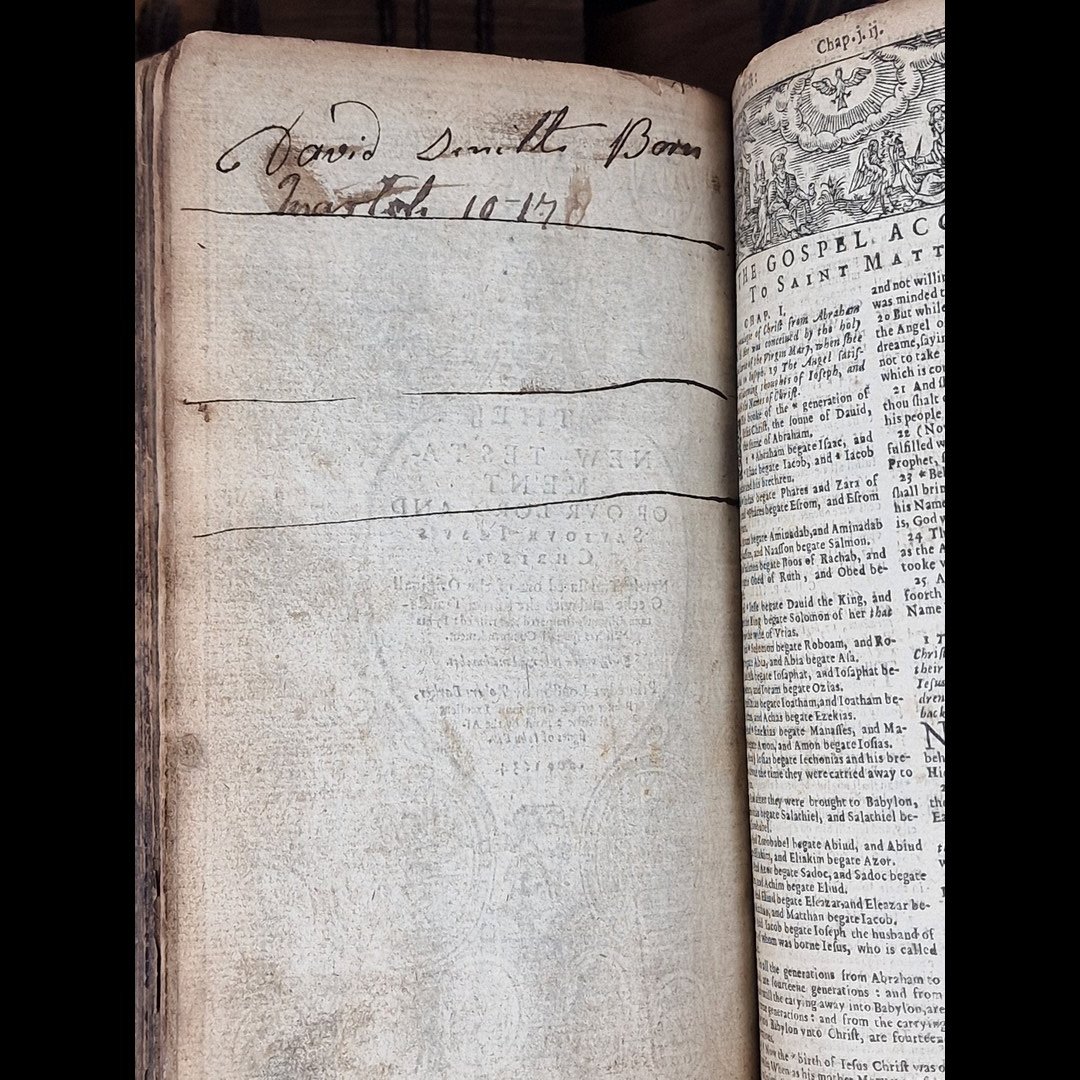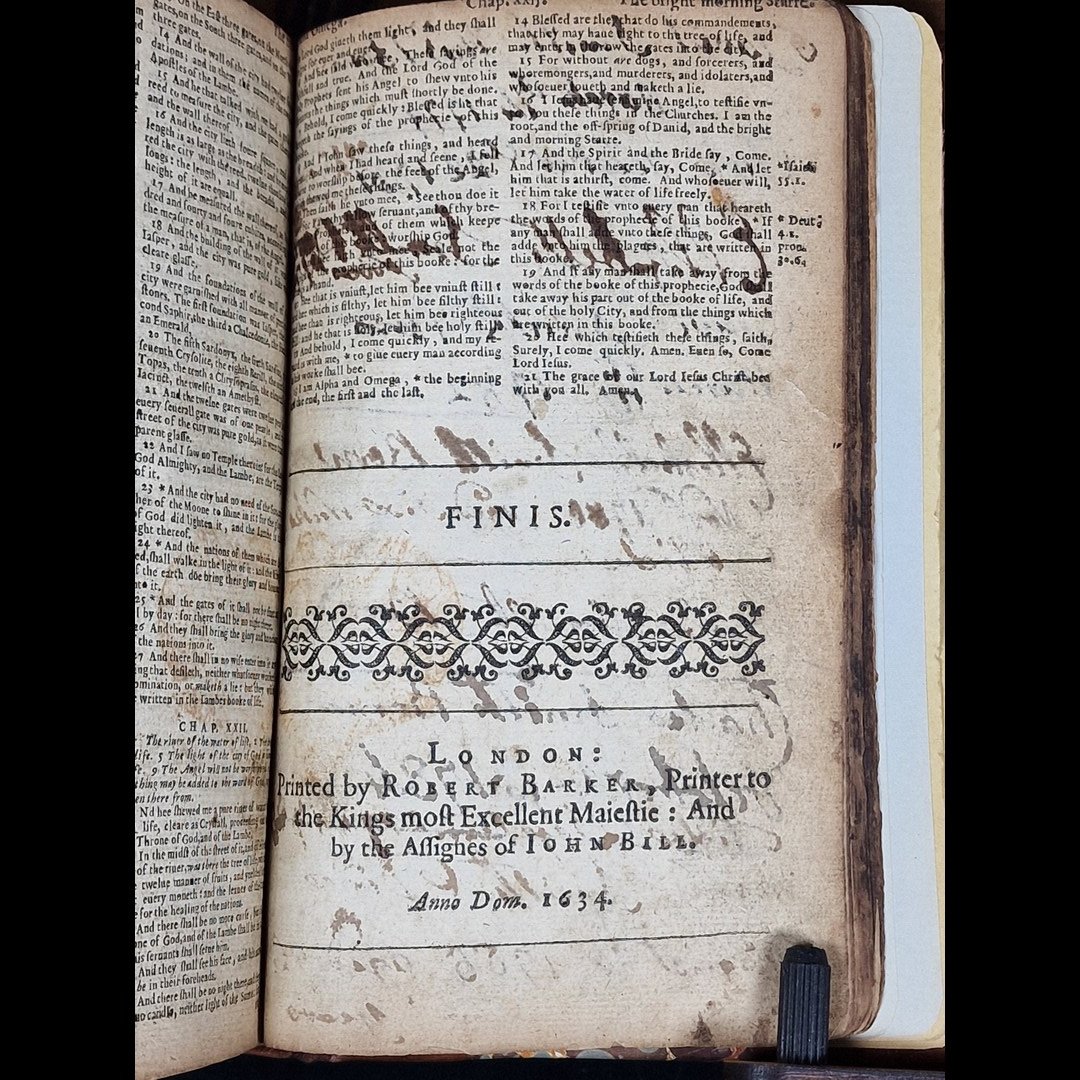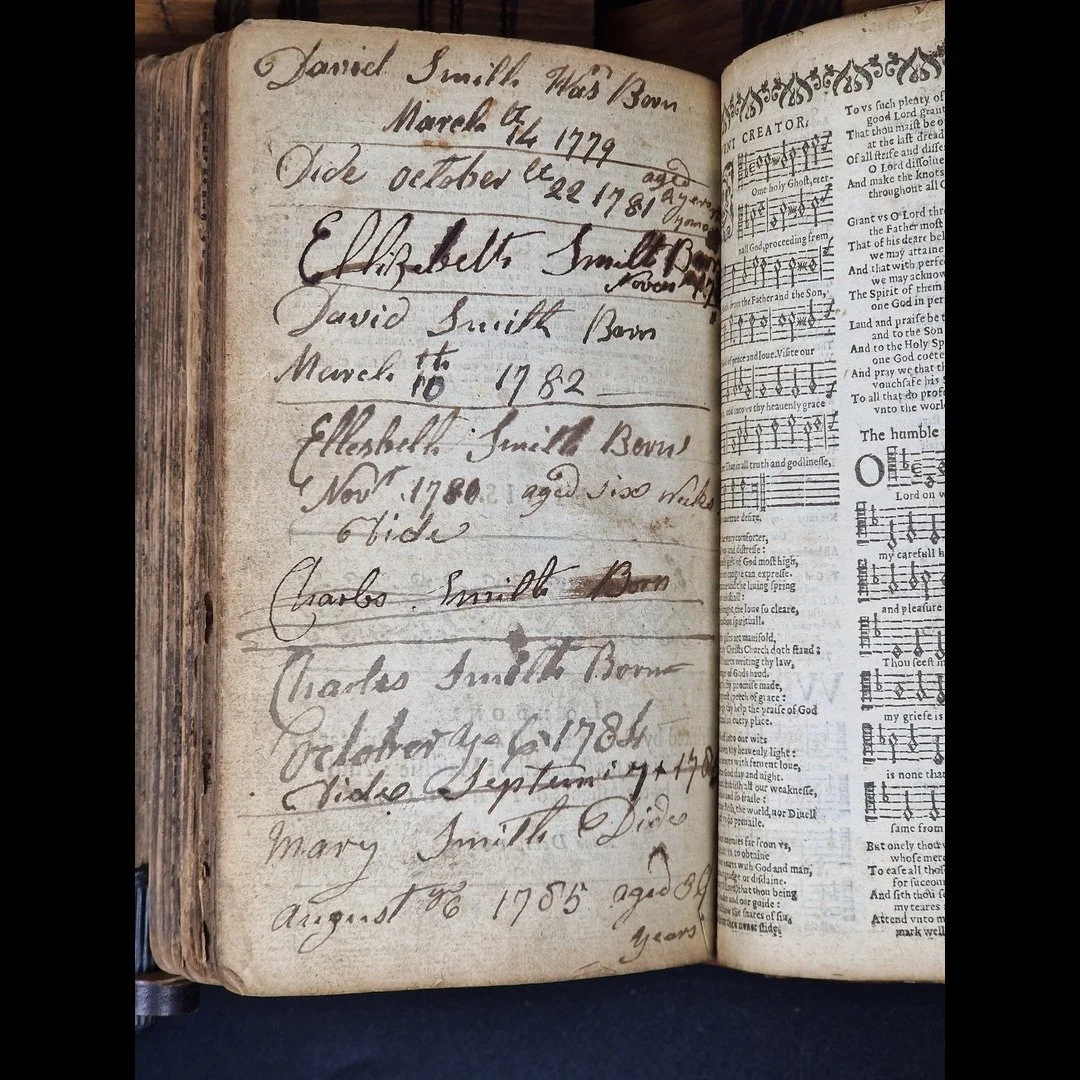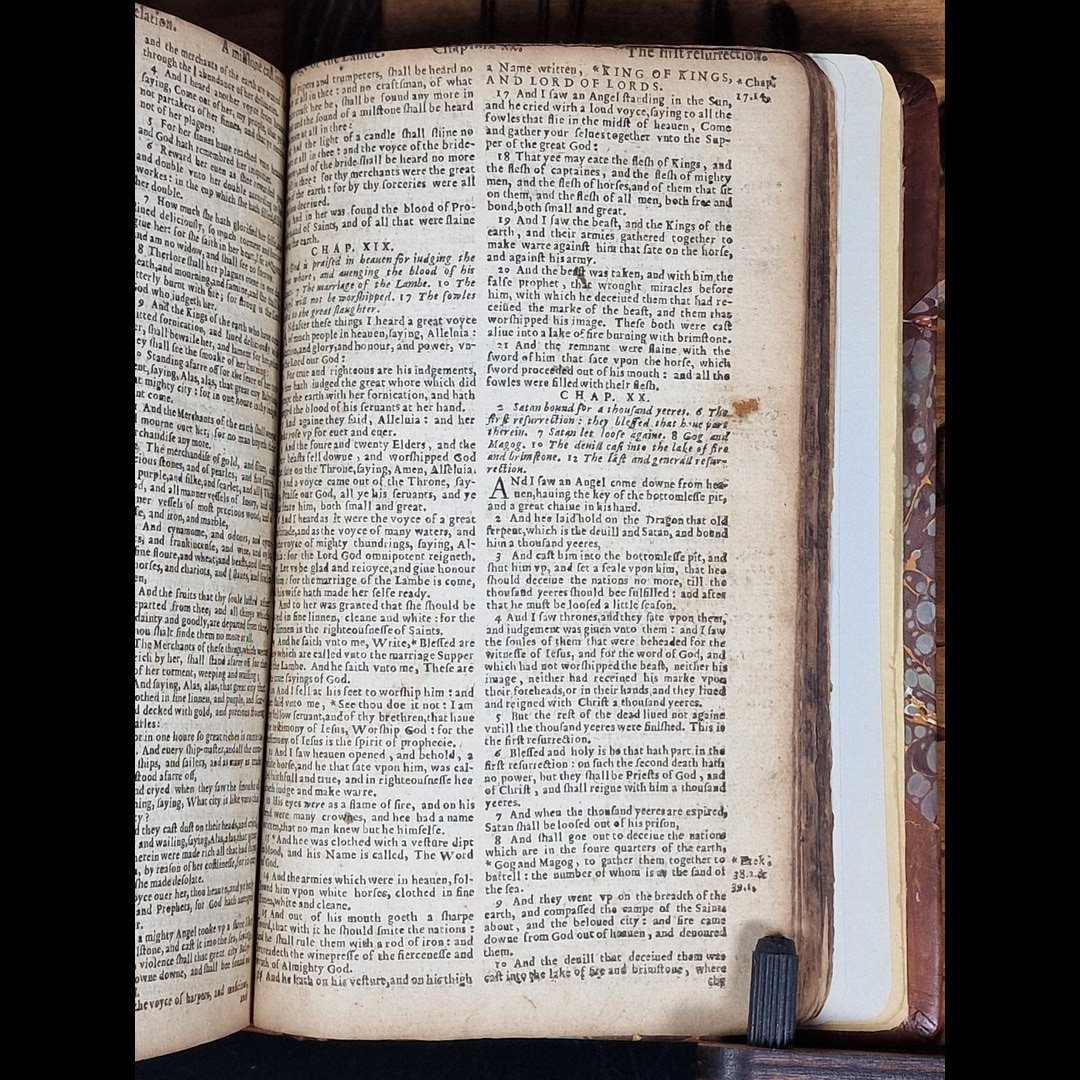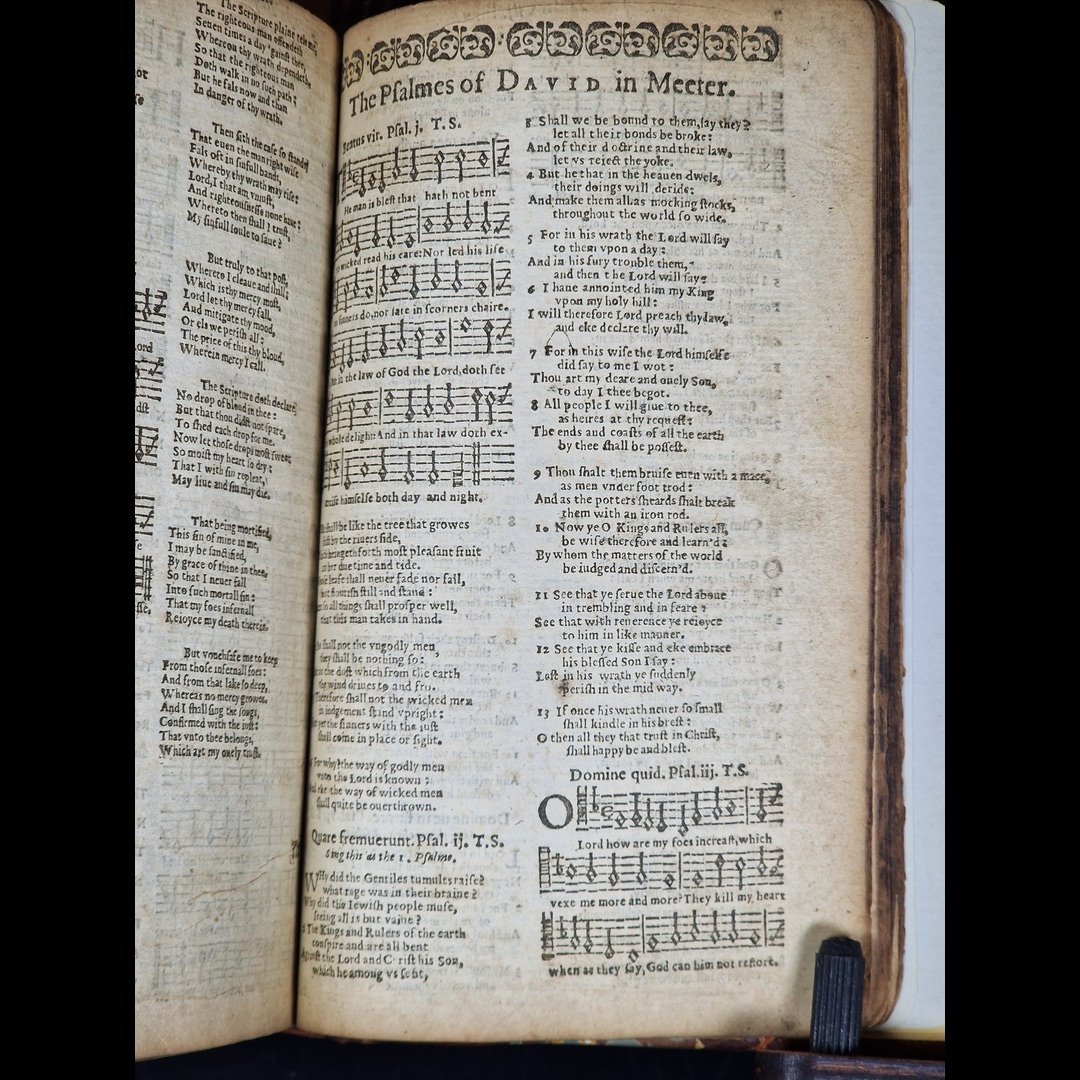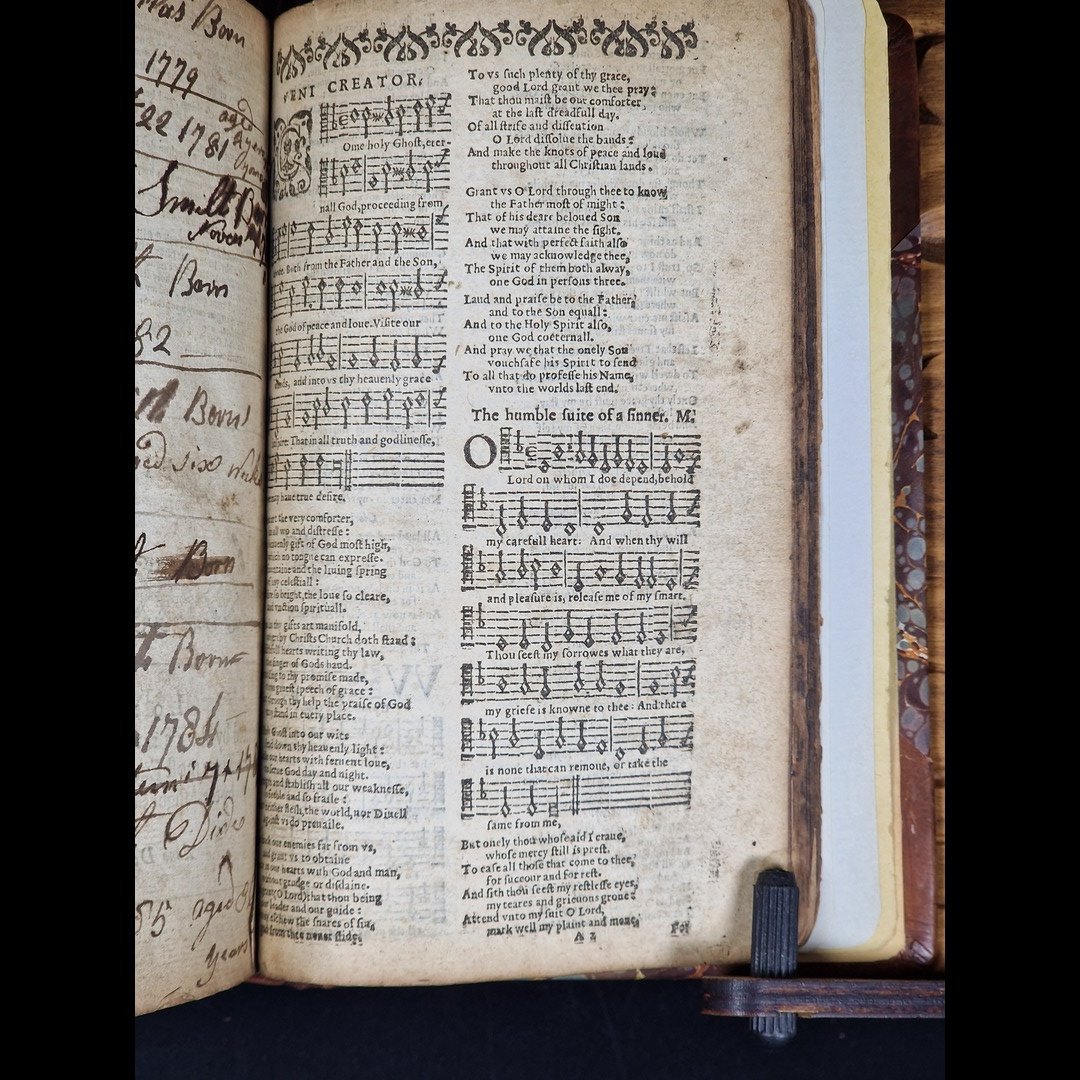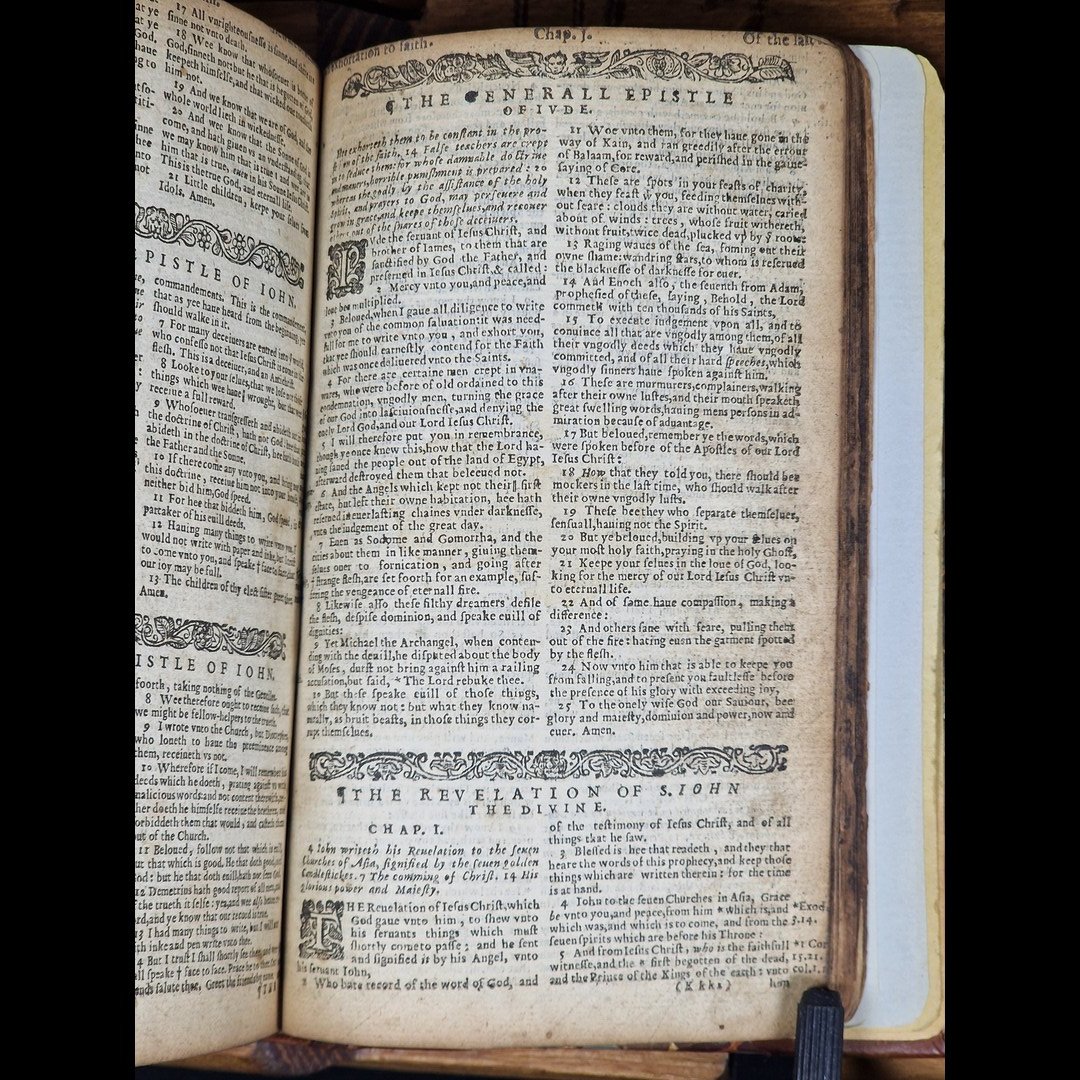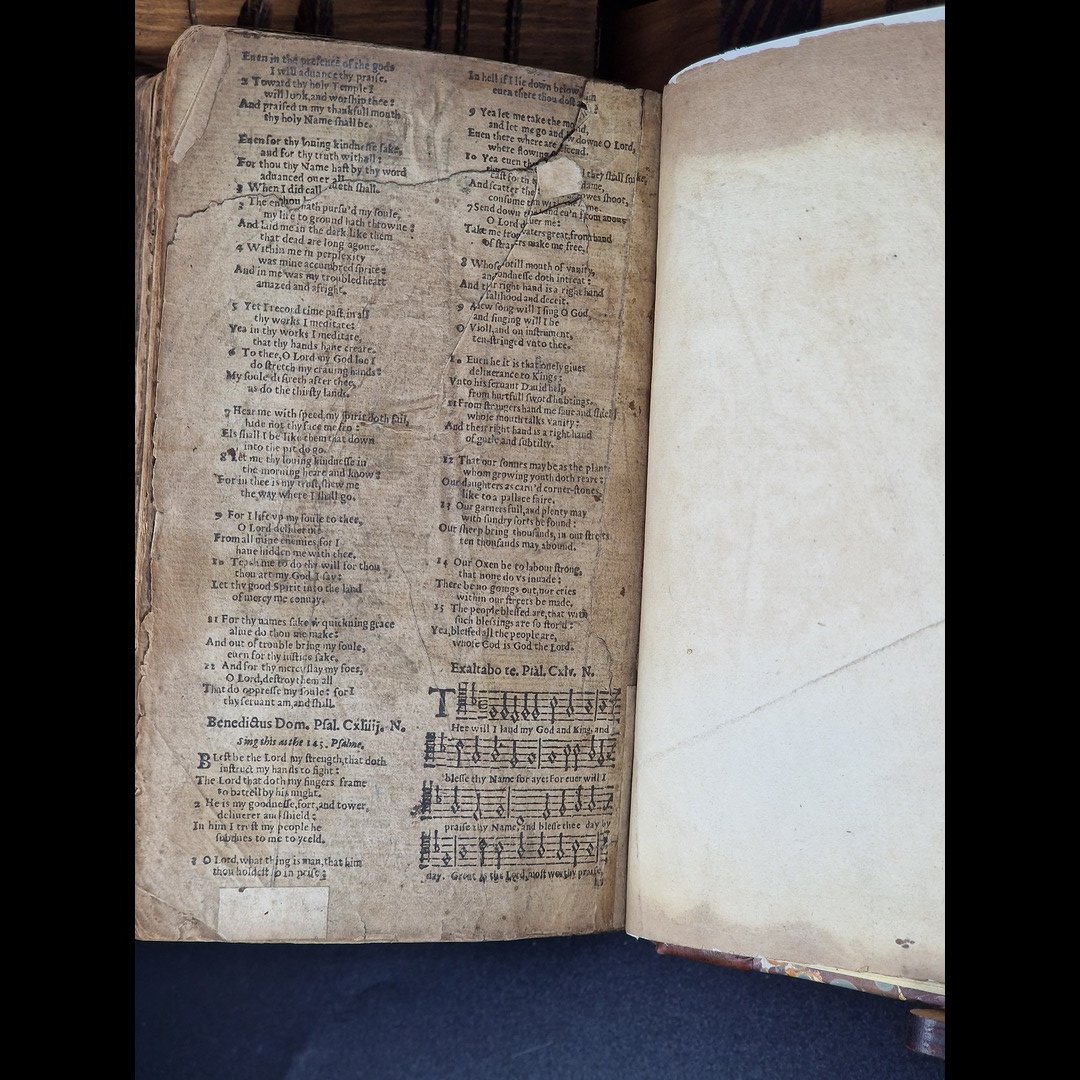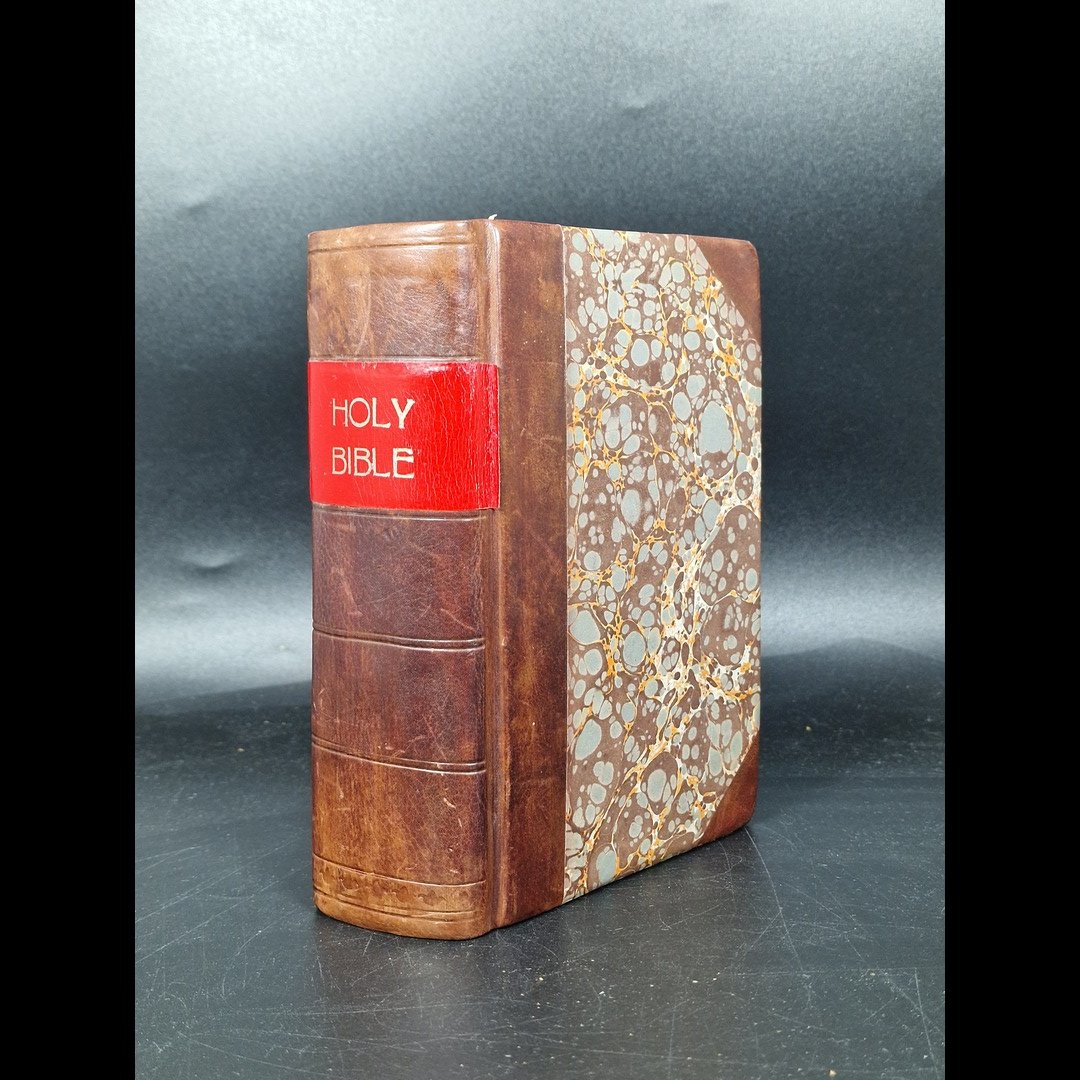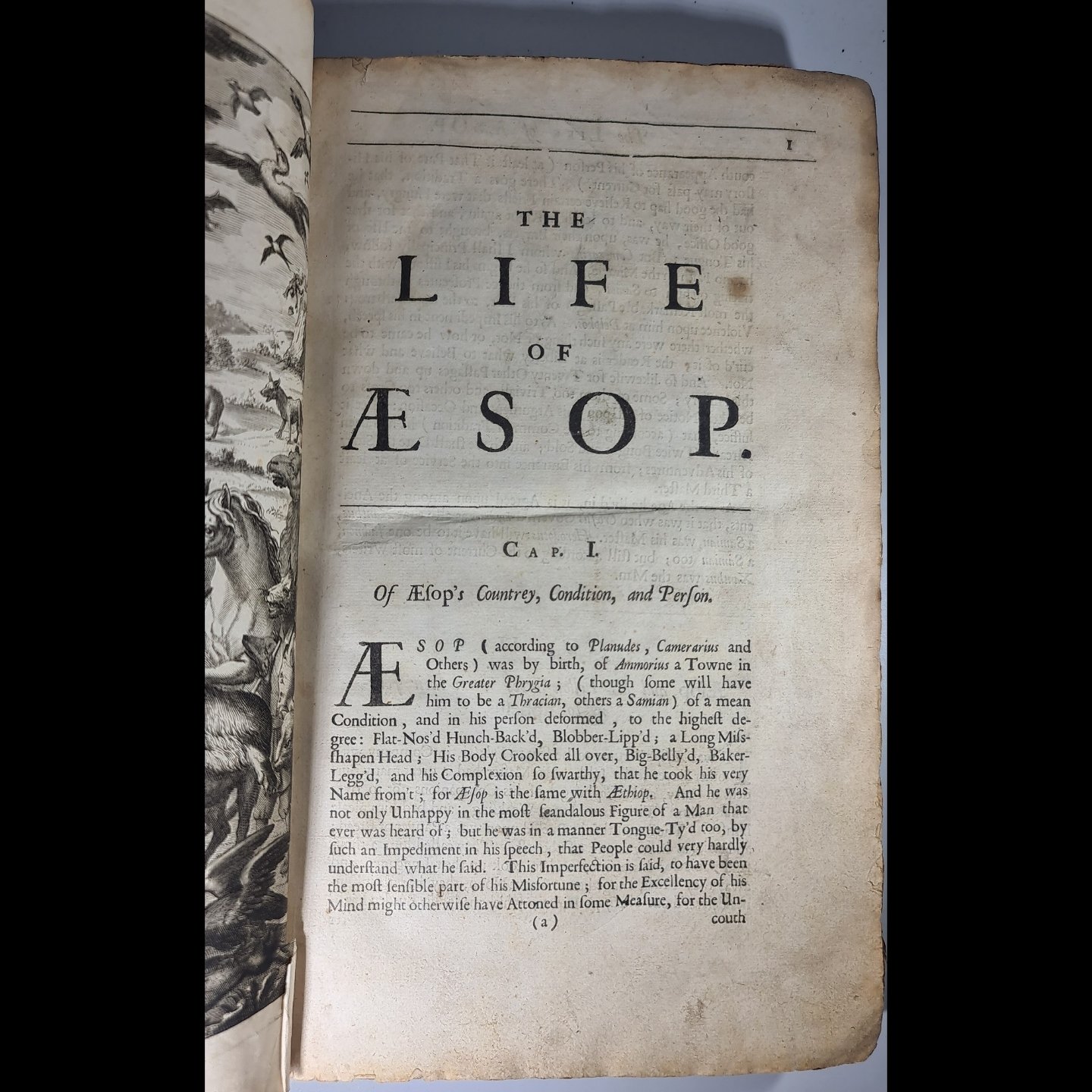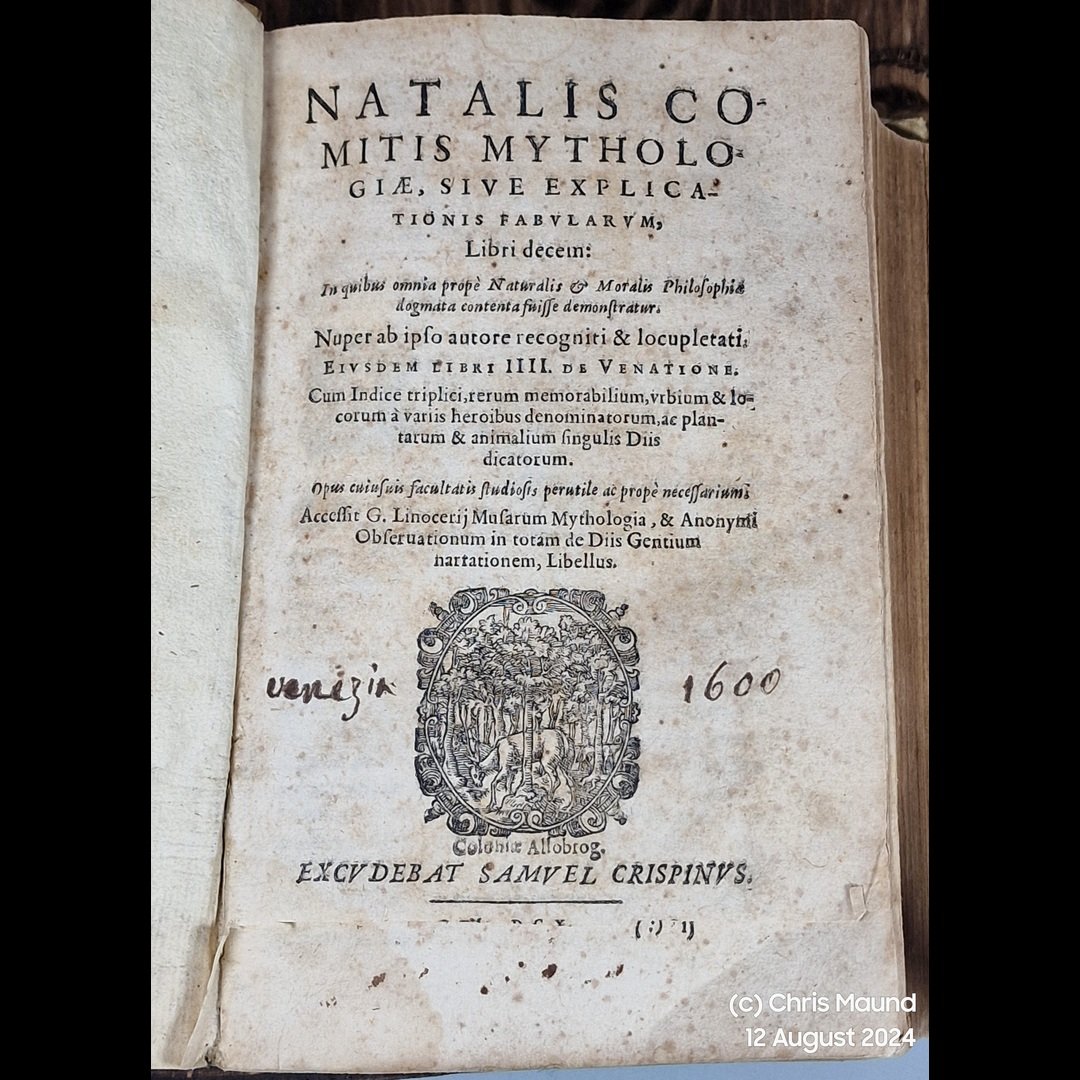 Image 1 of 29
Image 1 of 29

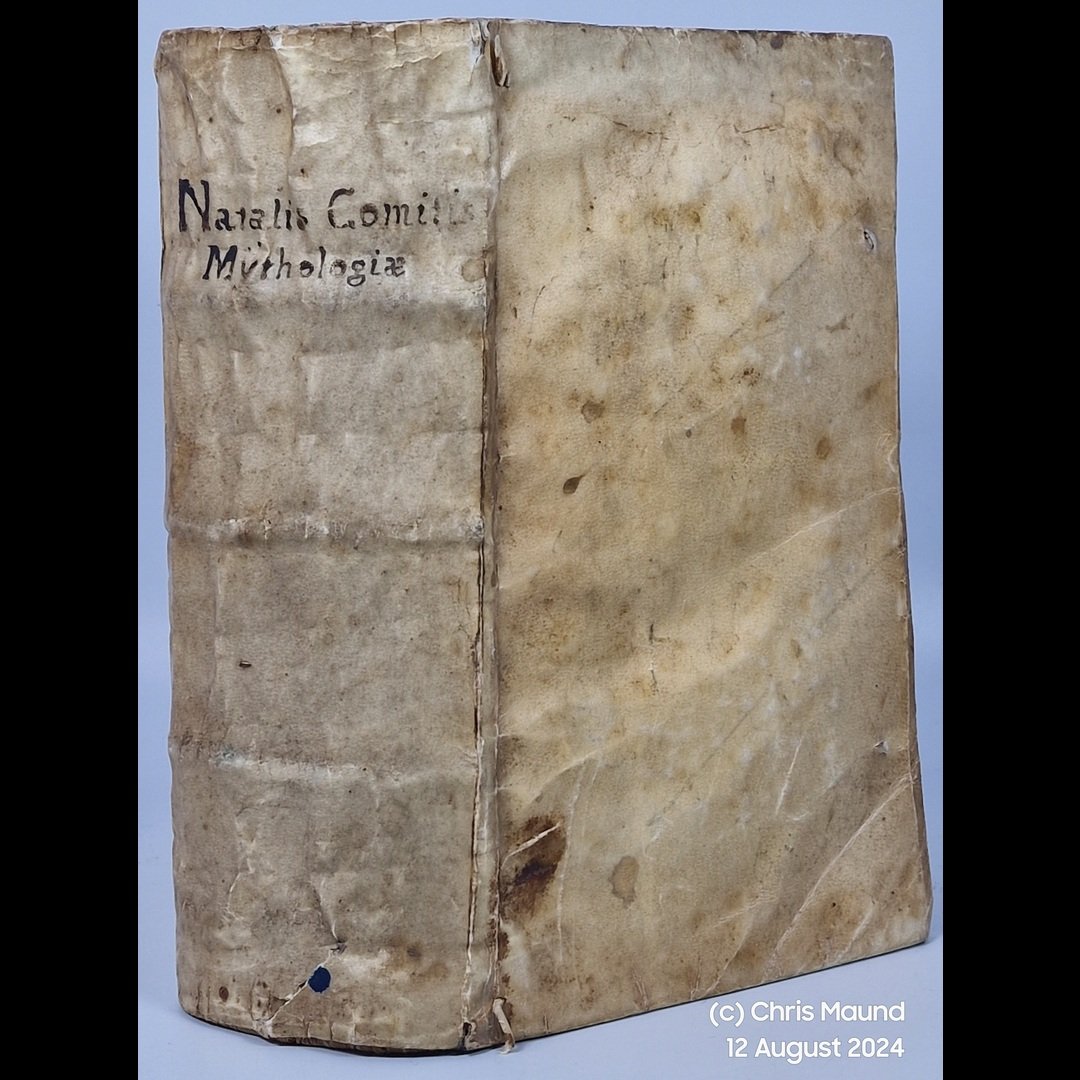 Image 2 of 29
Image 2 of 29

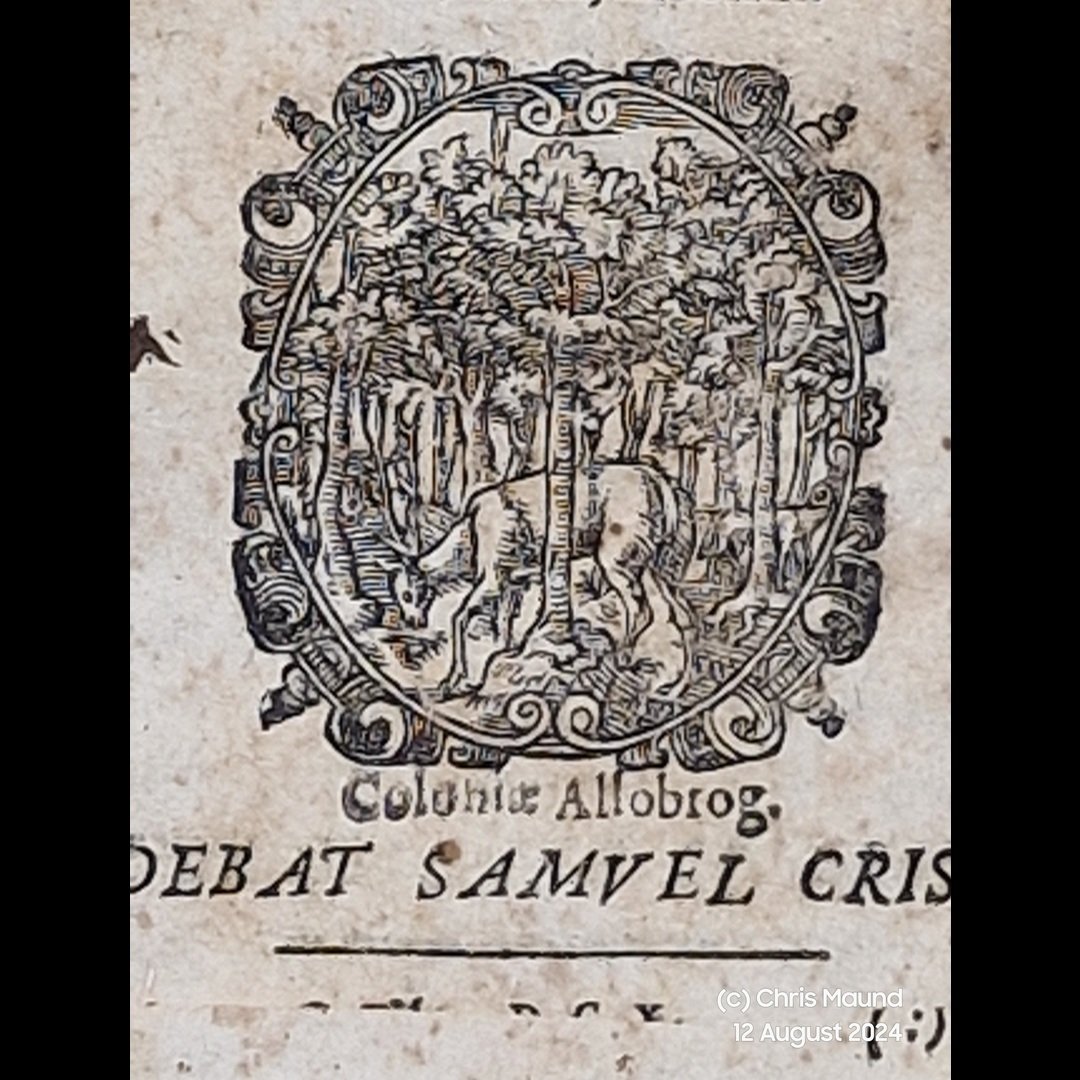 Image 3 of 29
Image 3 of 29

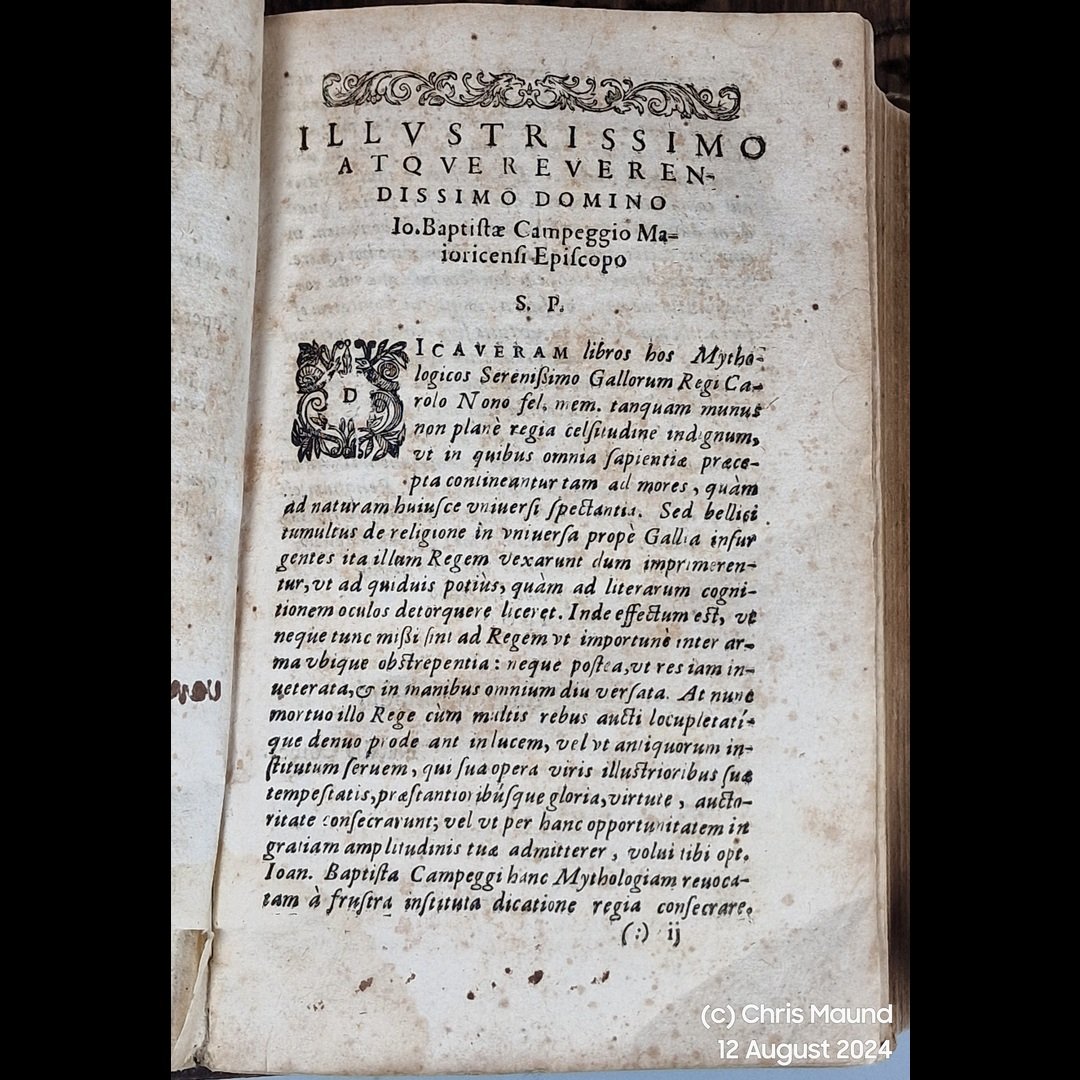 Image 4 of 29
Image 4 of 29

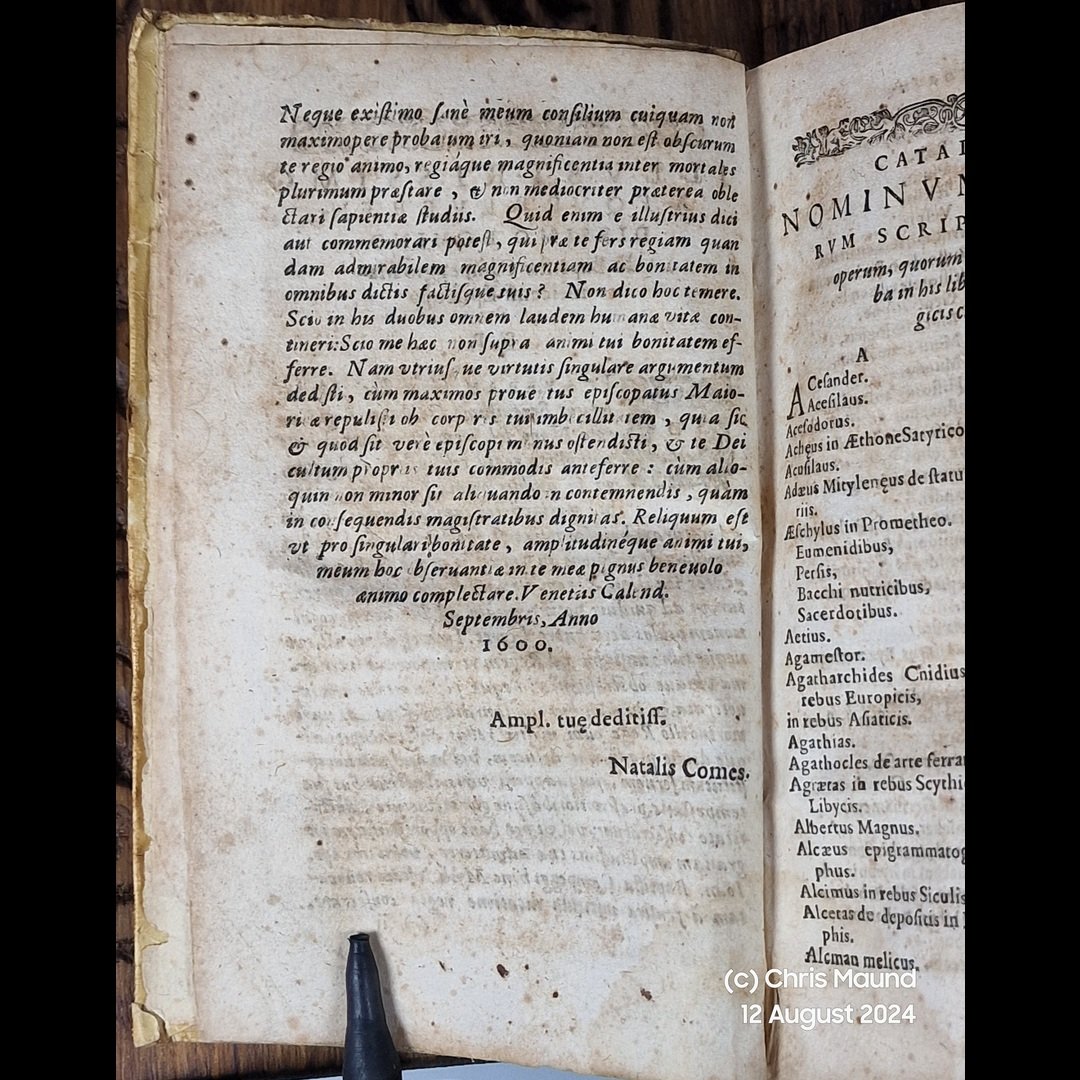 Image 5 of 29
Image 5 of 29

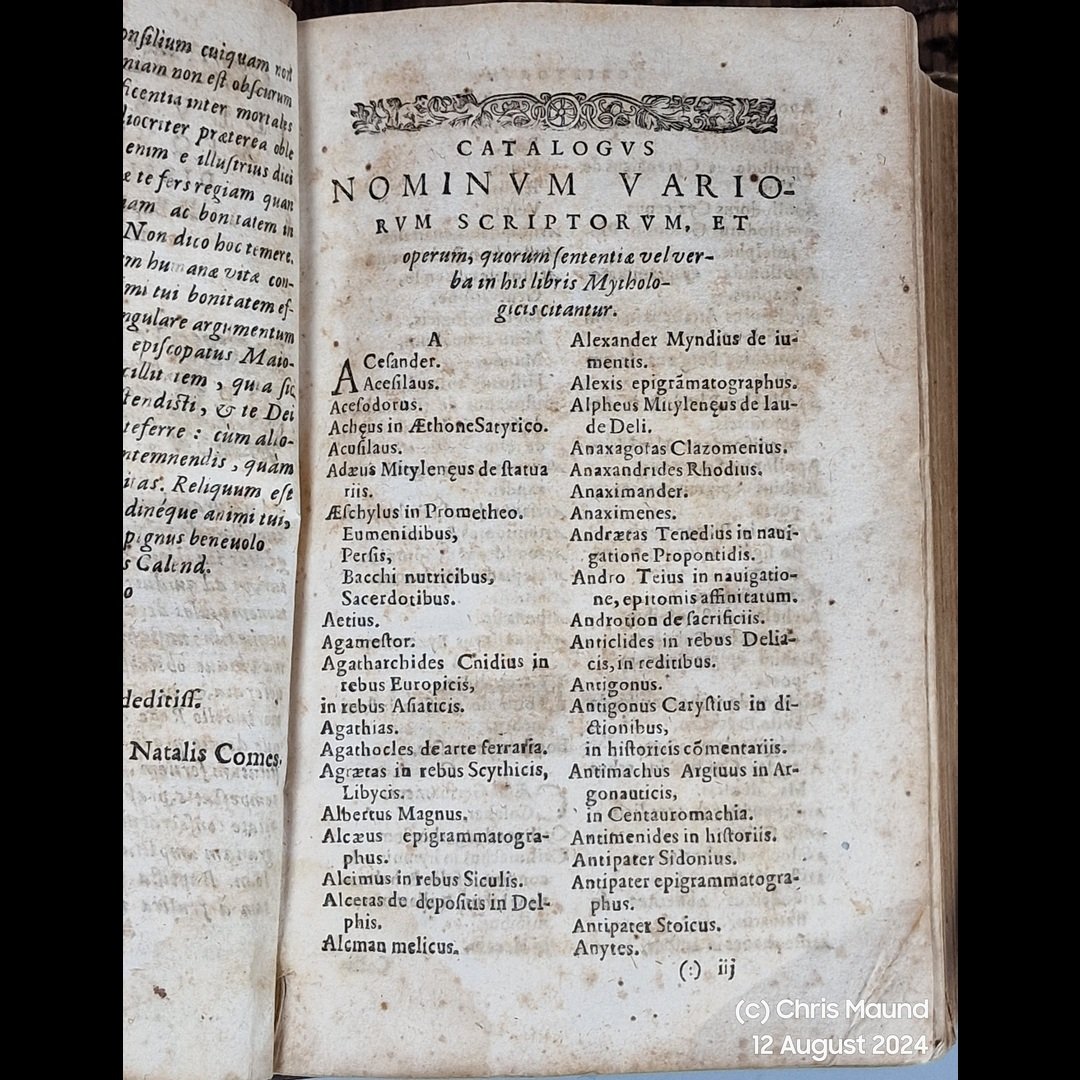 Image 6 of 29
Image 6 of 29

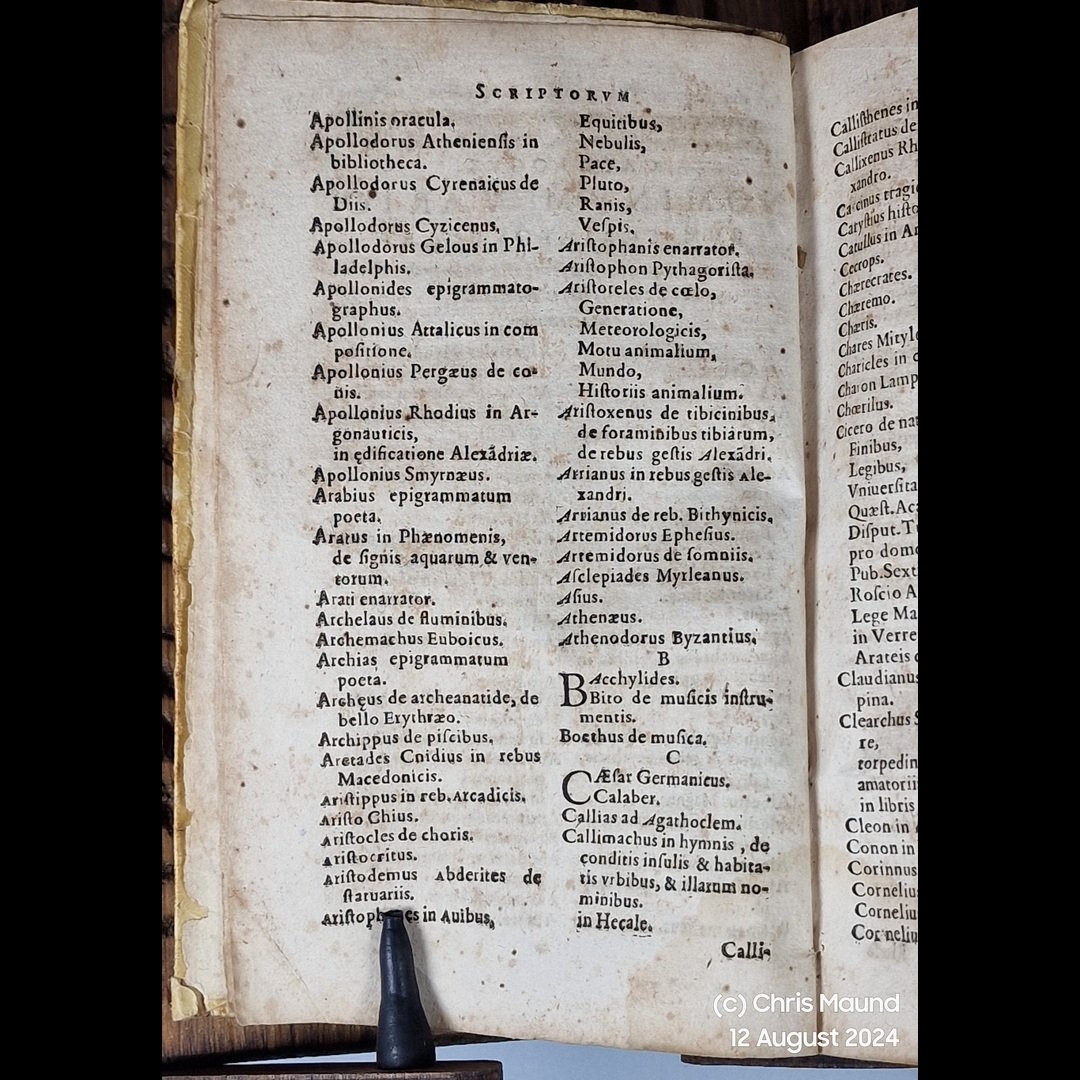 Image 7 of 29
Image 7 of 29

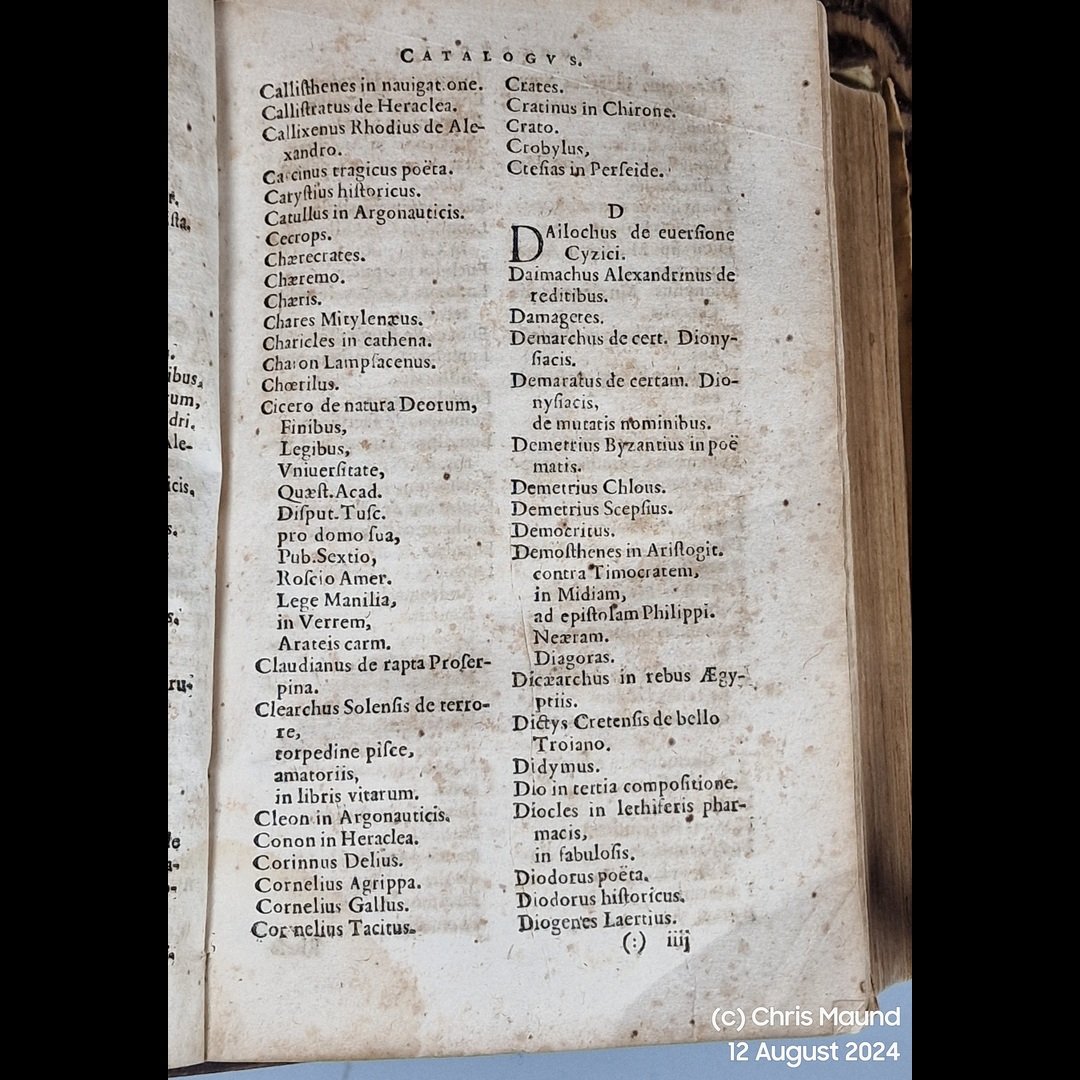 Image 8 of 29
Image 8 of 29

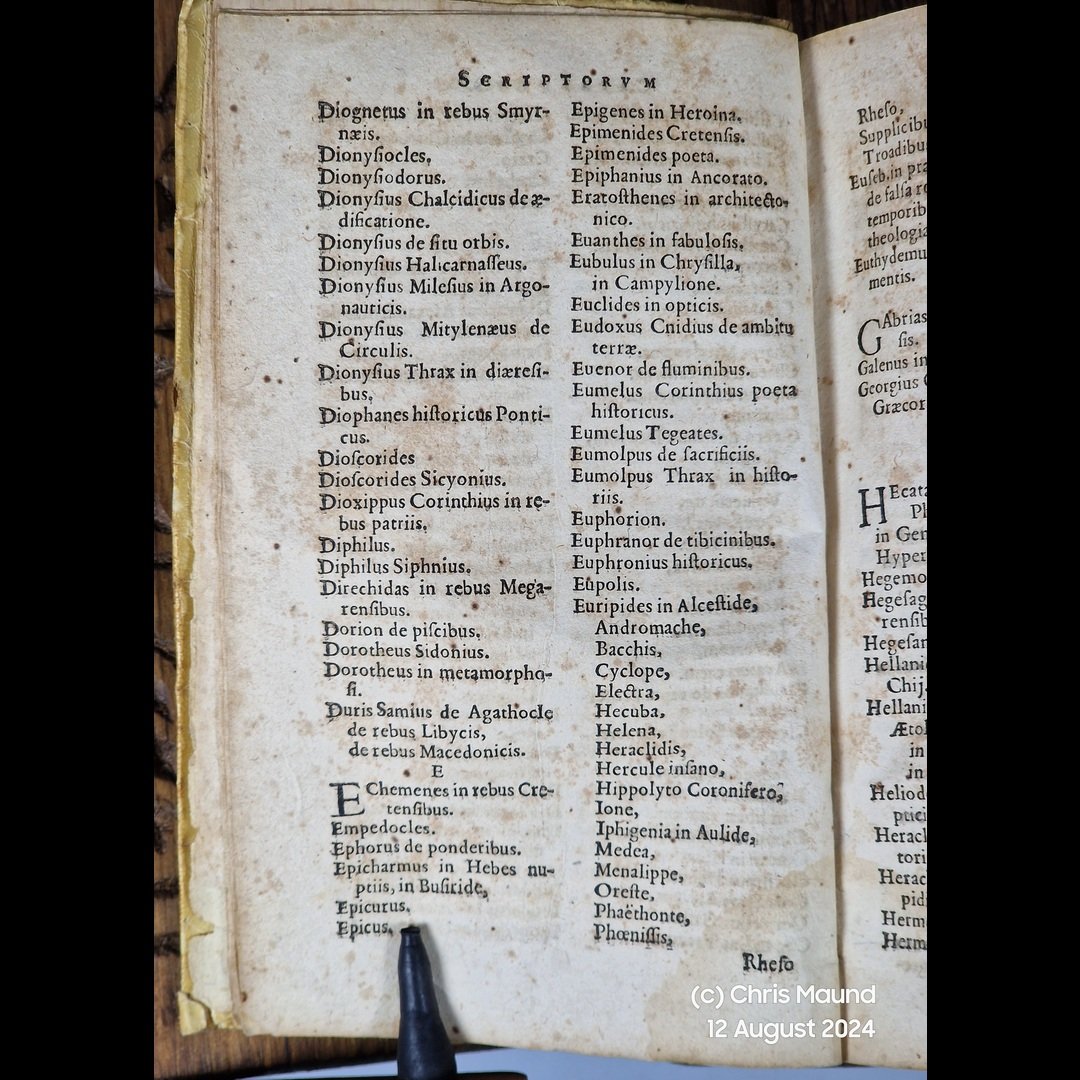 Image 9 of 29
Image 9 of 29

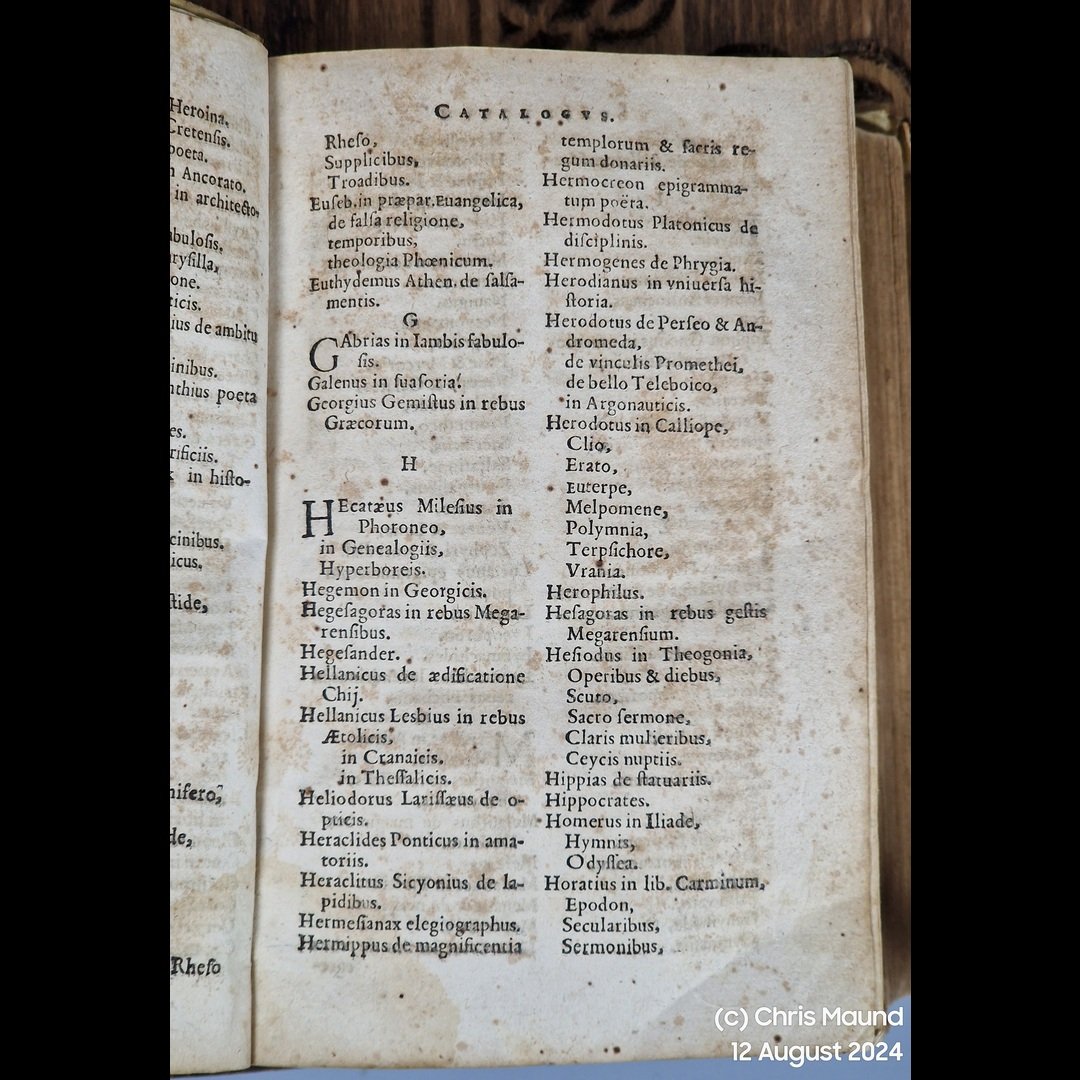 Image 10 of 29
Image 10 of 29

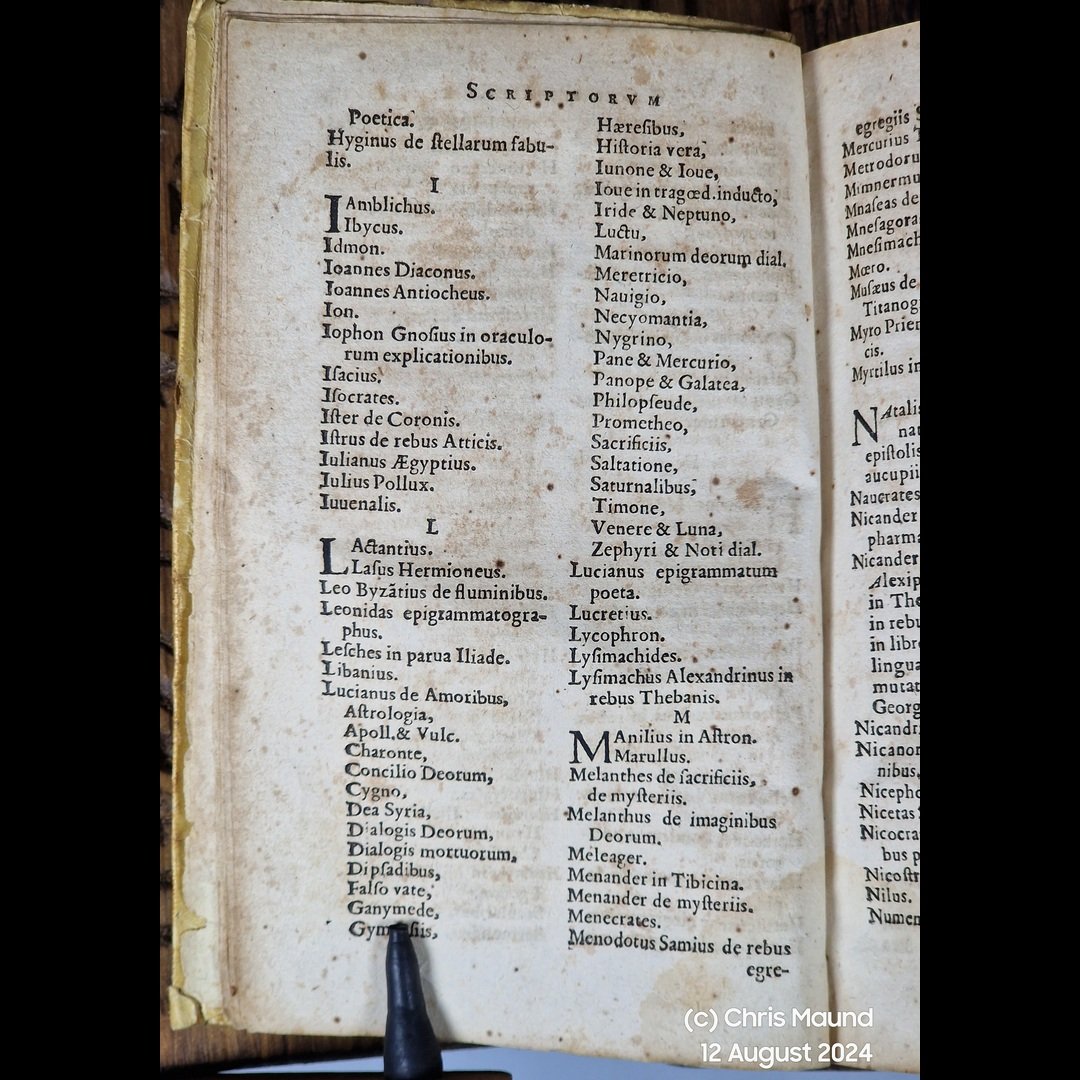 Image 11 of 29
Image 11 of 29

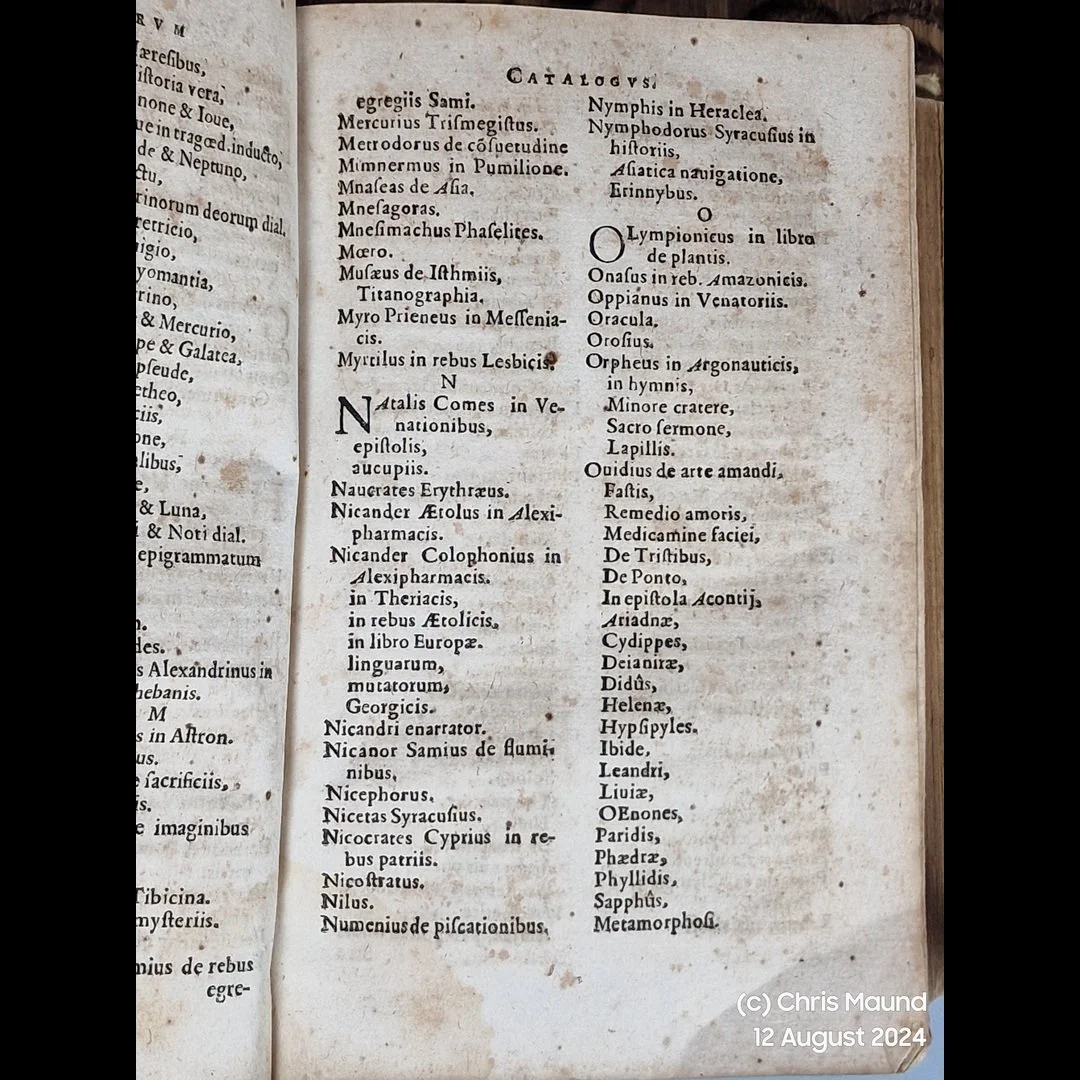 Image 12 of 29
Image 12 of 29

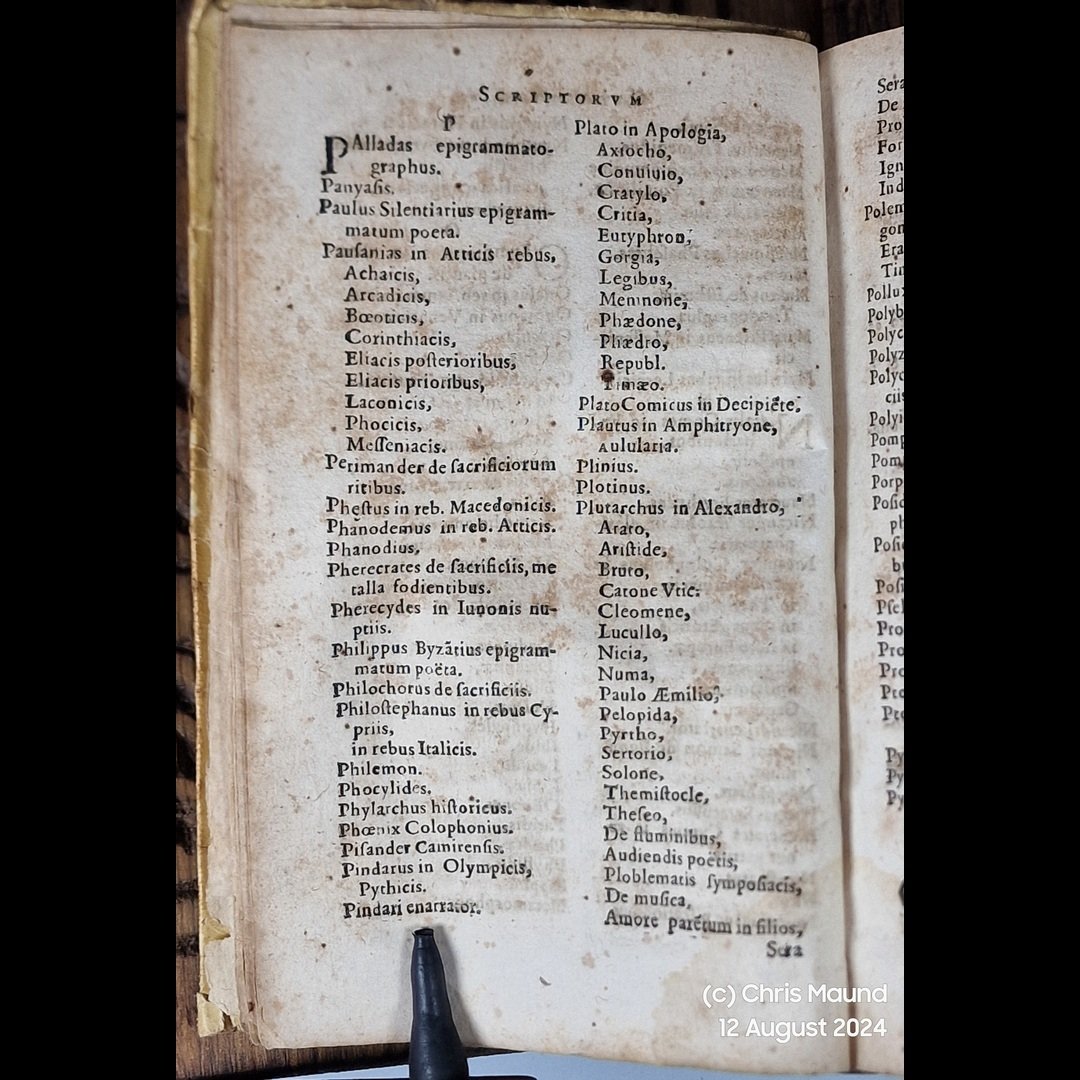 Image 13 of 29
Image 13 of 29

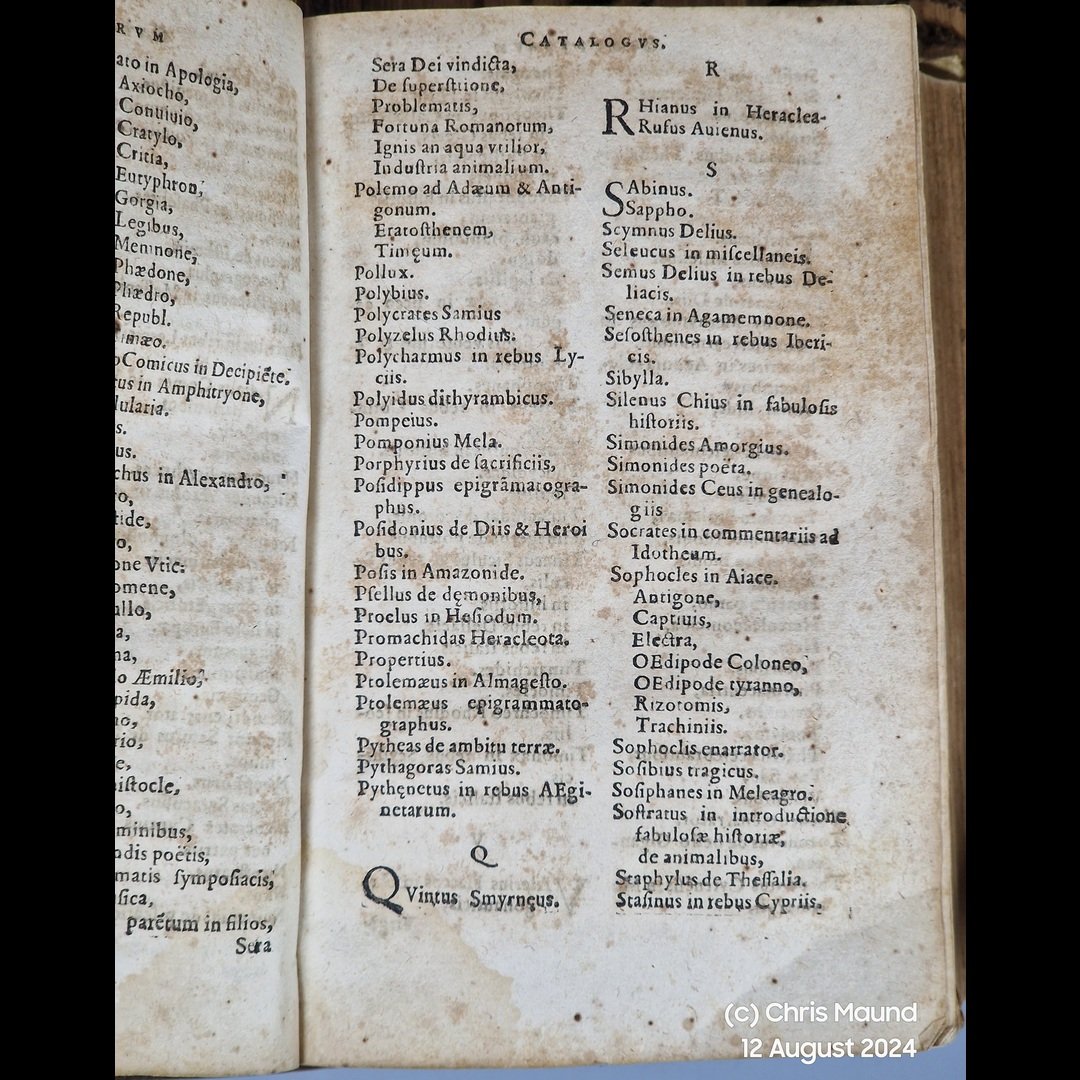 Image 14 of 29
Image 14 of 29

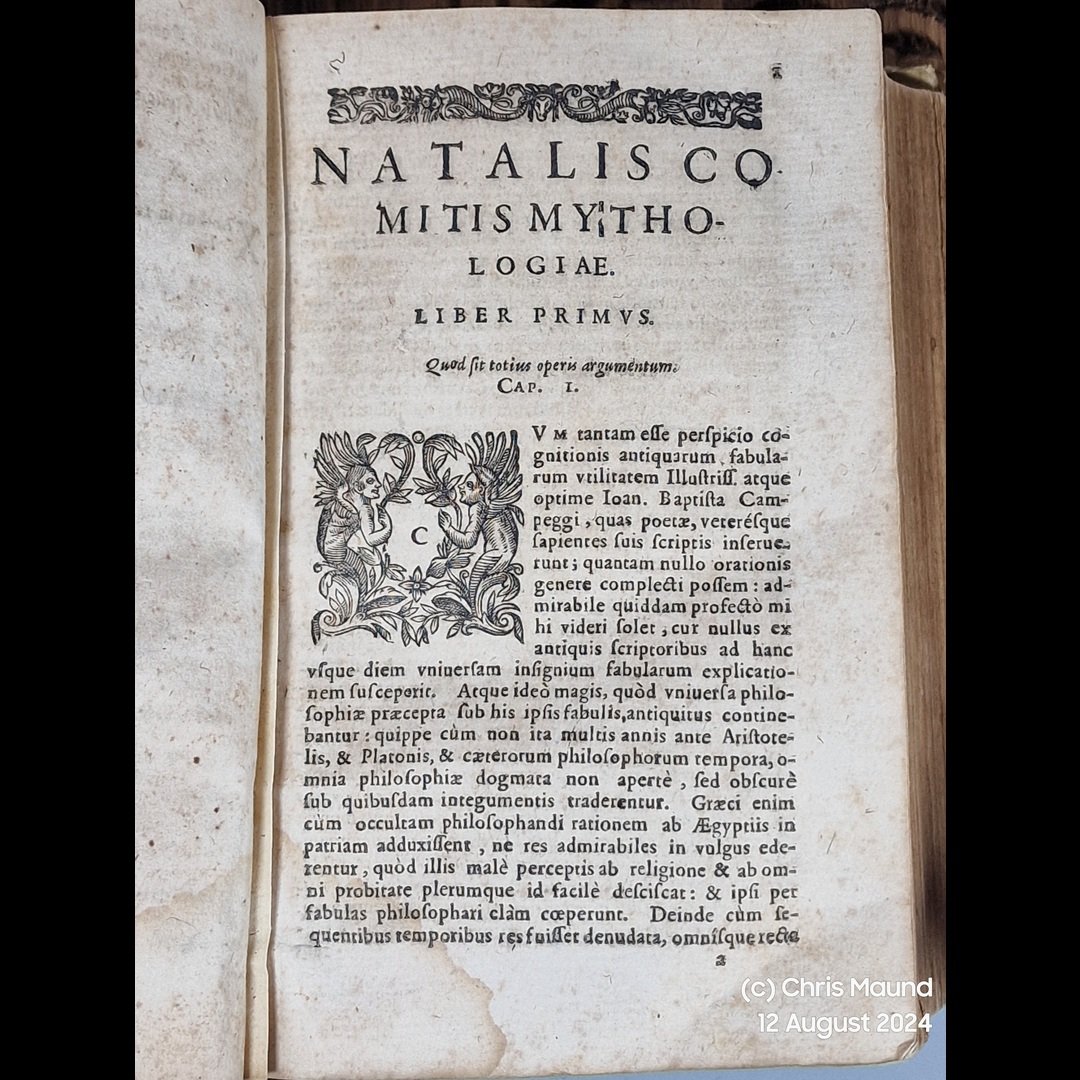 Image 15 of 29
Image 15 of 29

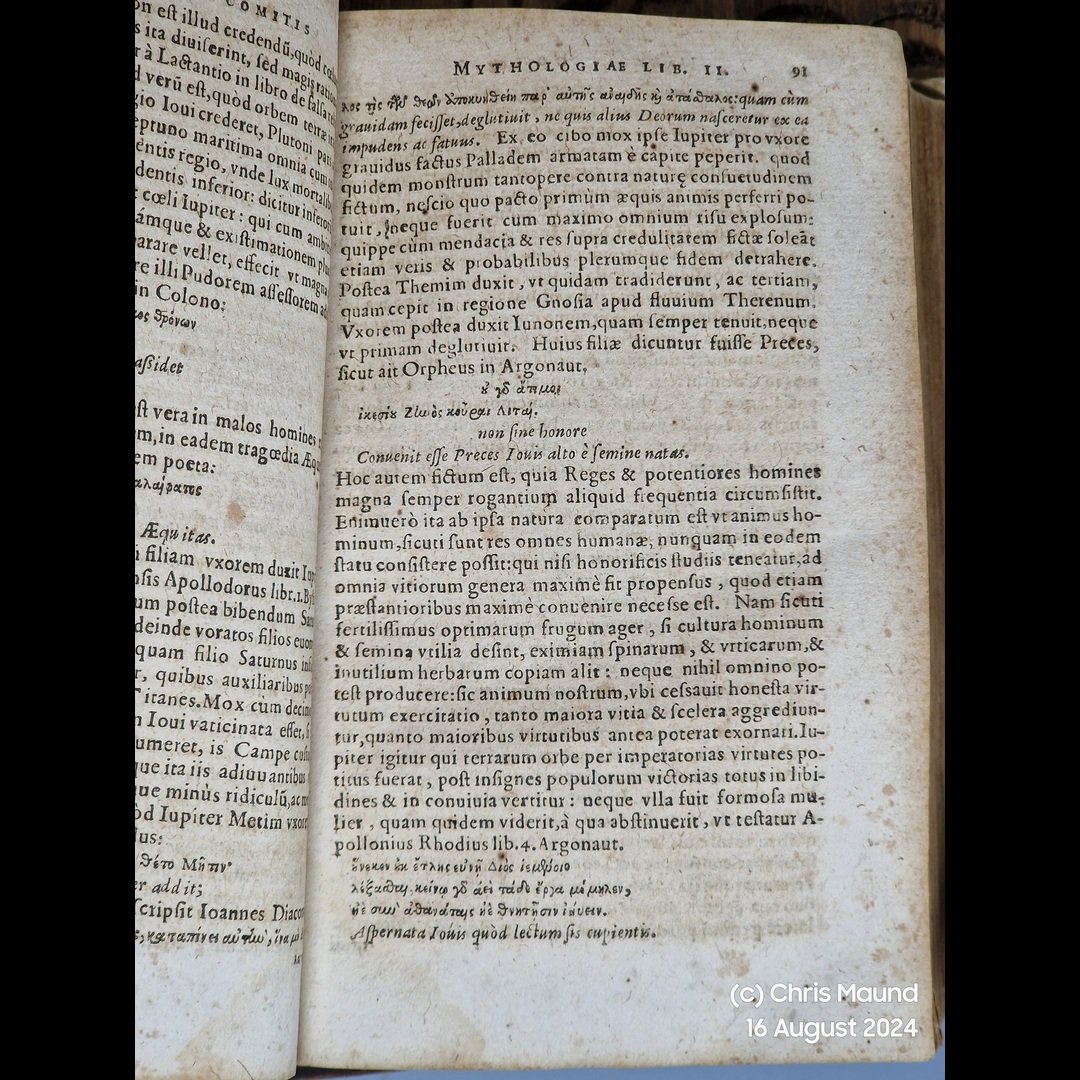 Image 16 of 29
Image 16 of 29

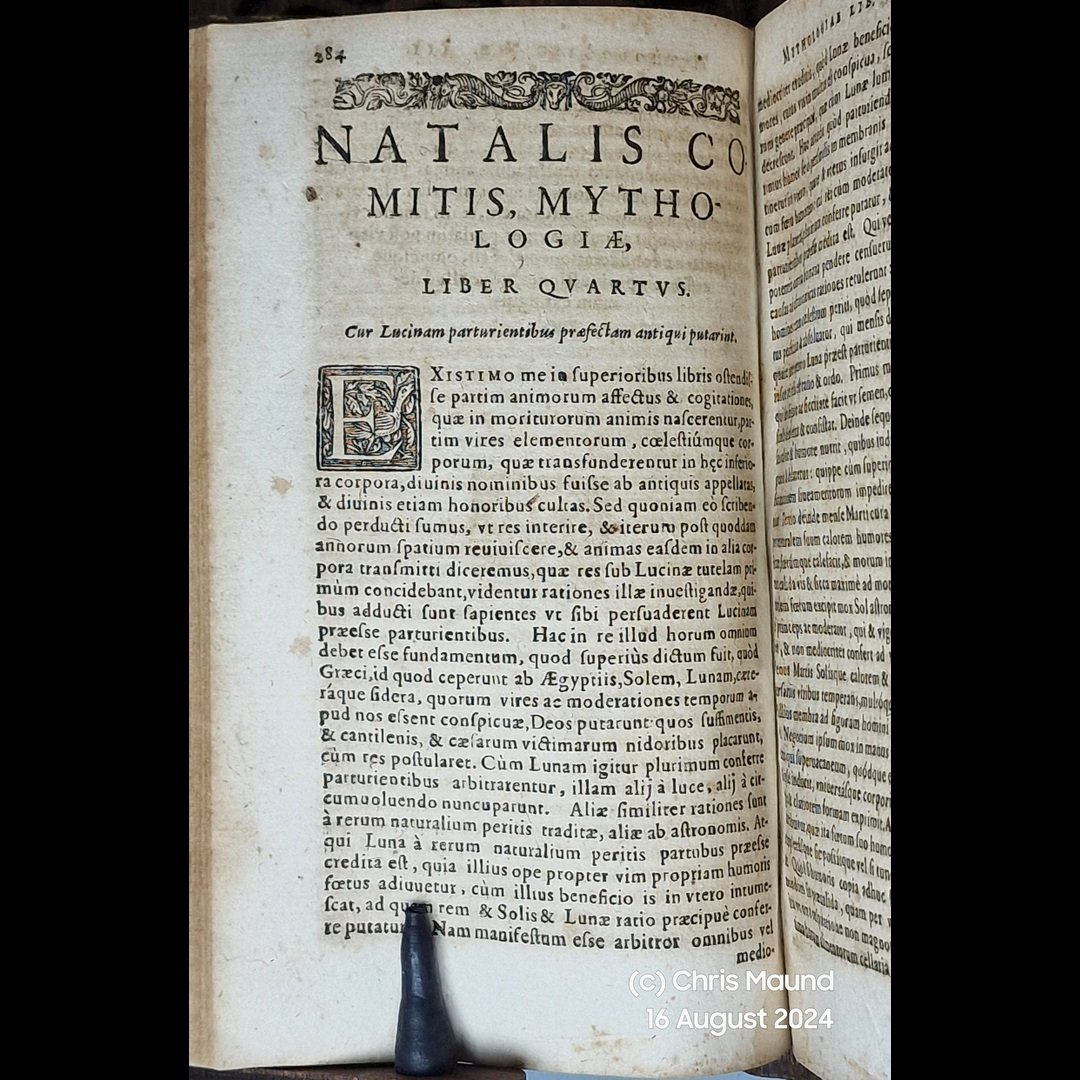 Image 17 of 29
Image 17 of 29

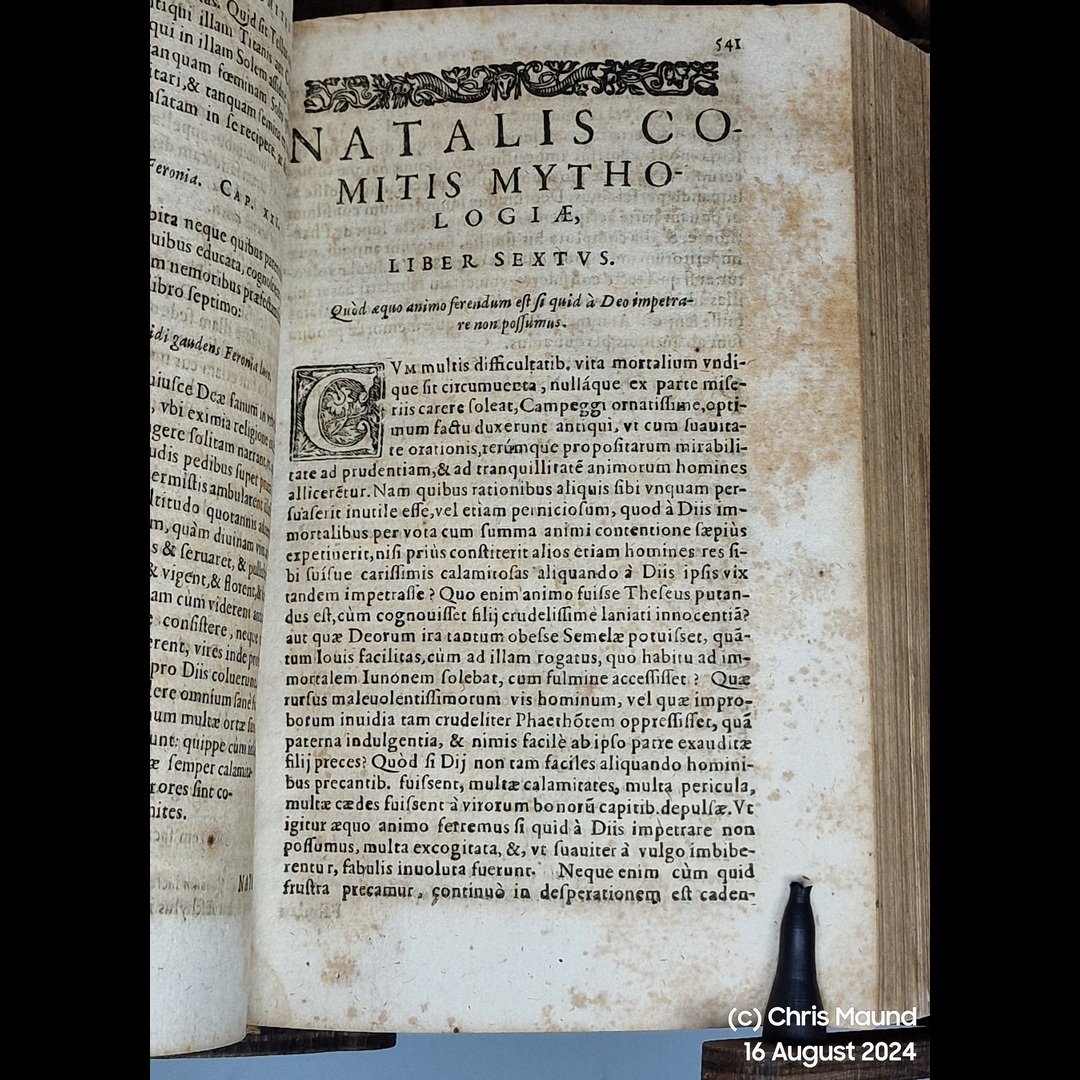 Image 18 of 29
Image 18 of 29

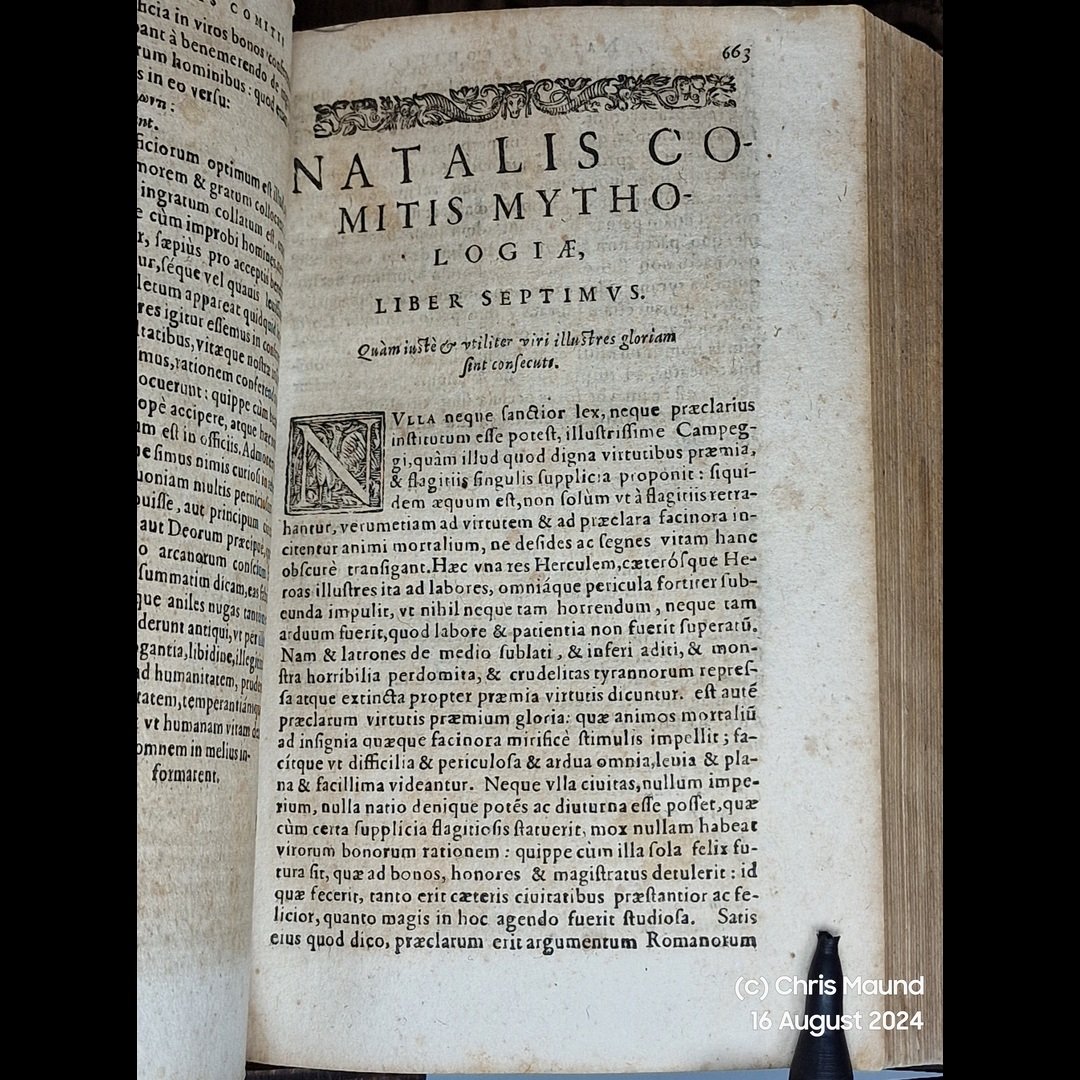 Image 19 of 29
Image 19 of 29

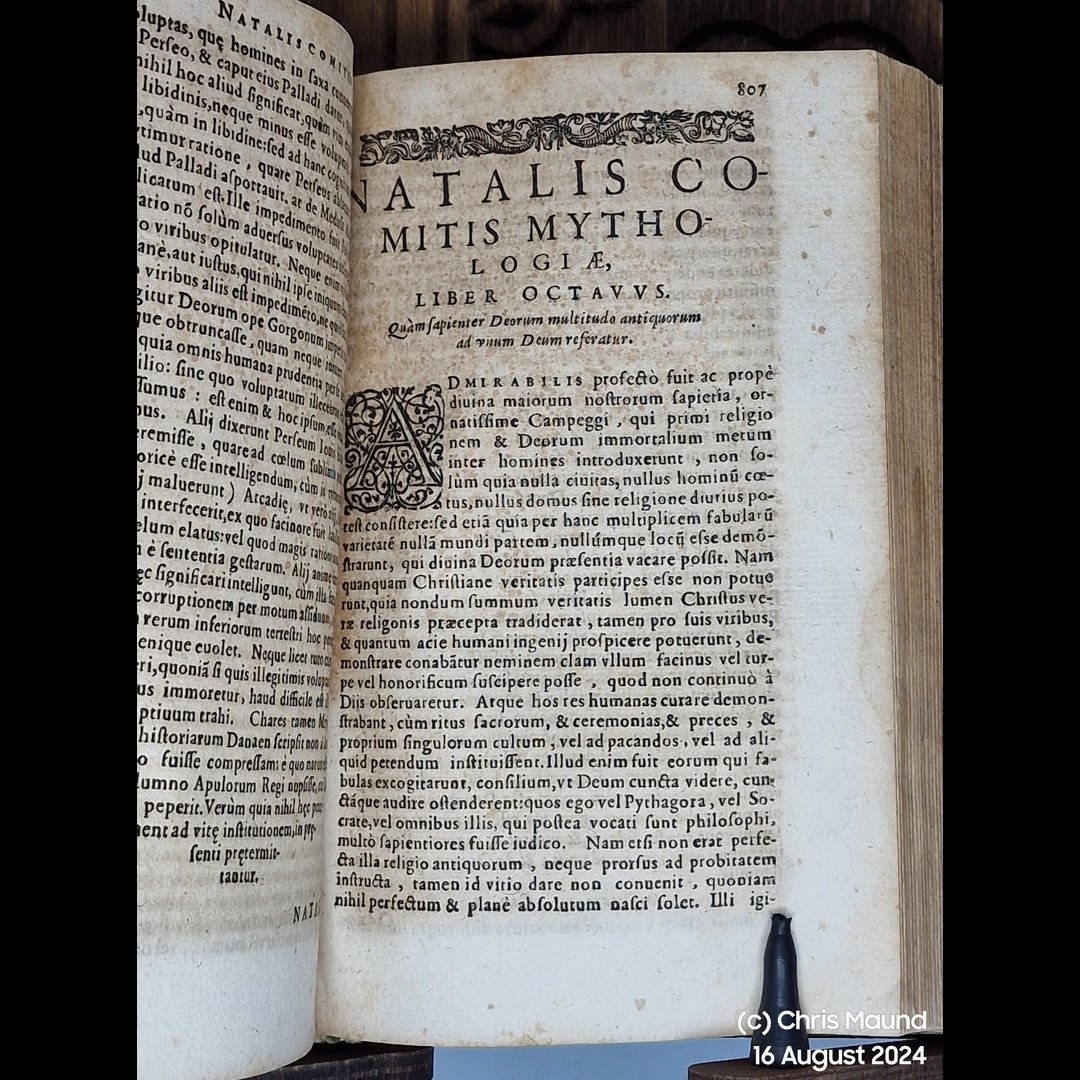 Image 20 of 29
Image 20 of 29

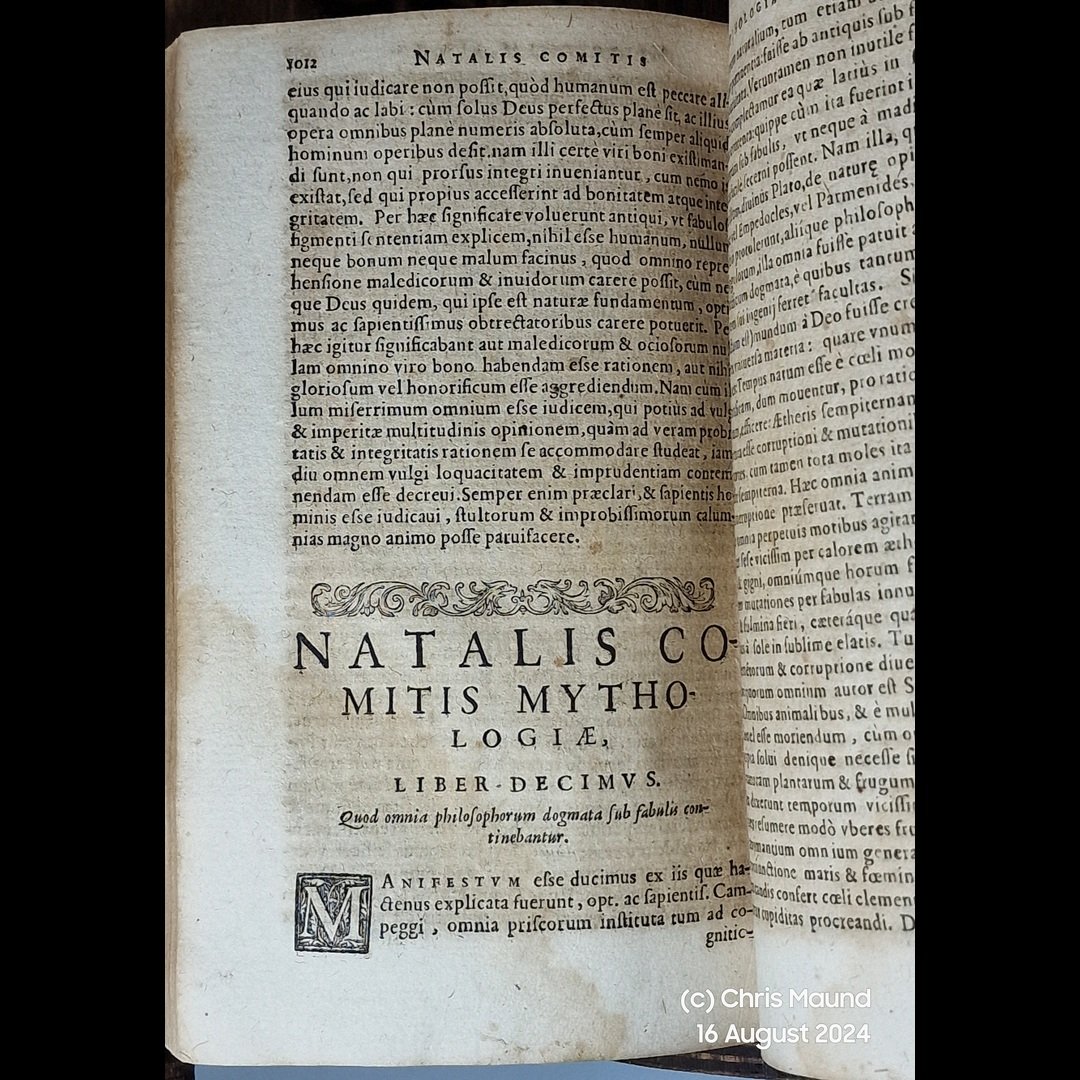 Image 21 of 29
Image 21 of 29

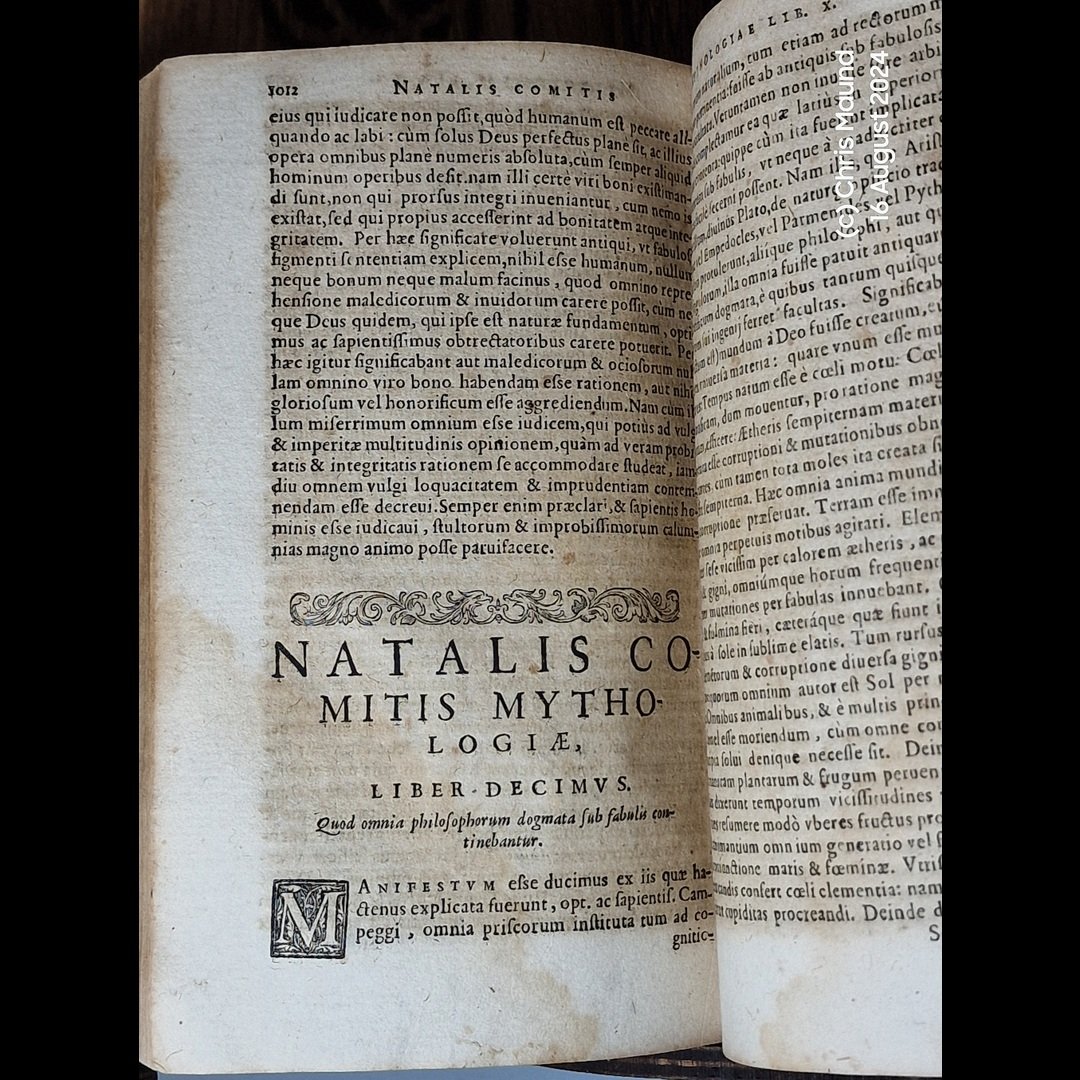 Image 22 of 29
Image 22 of 29

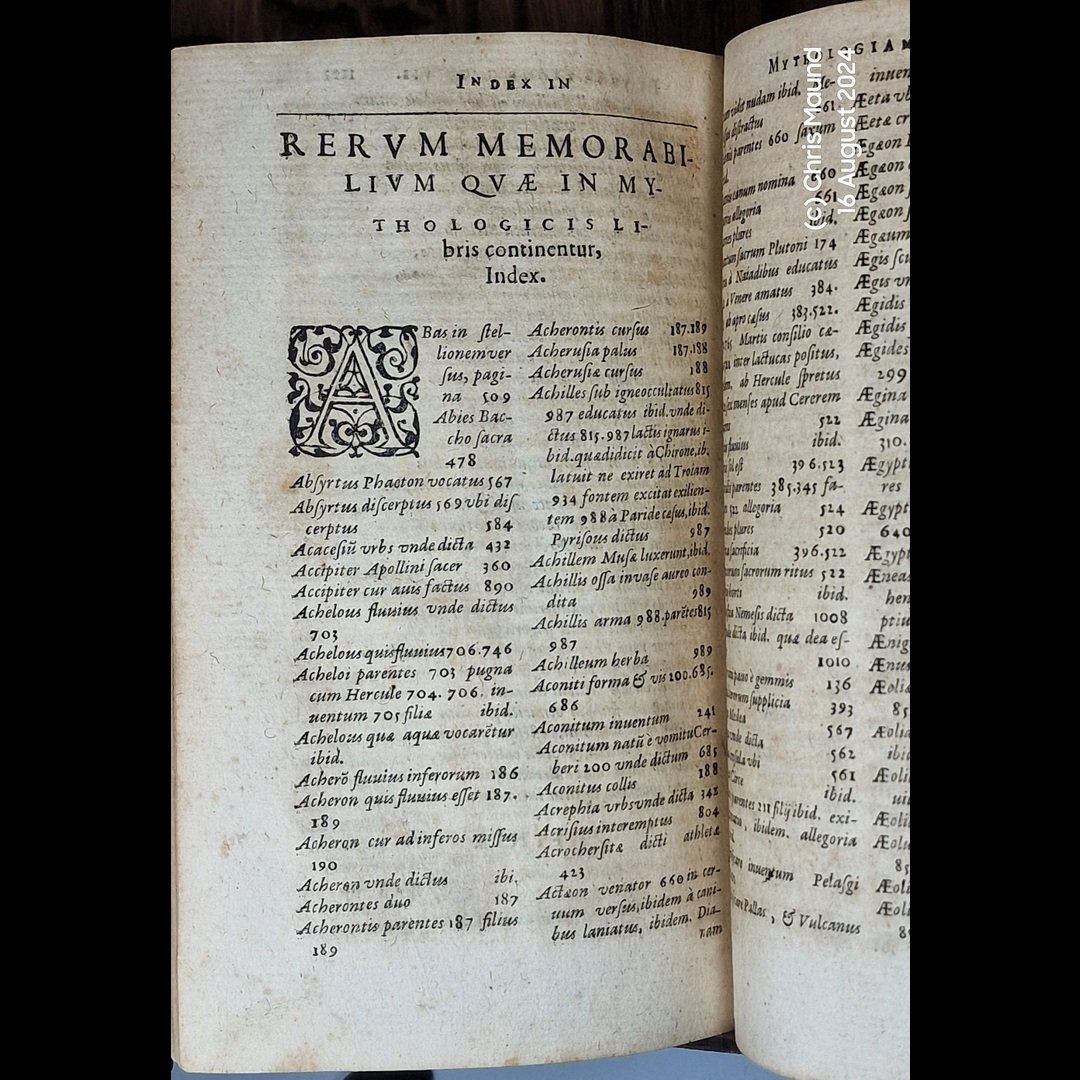 Image 23 of 29
Image 23 of 29

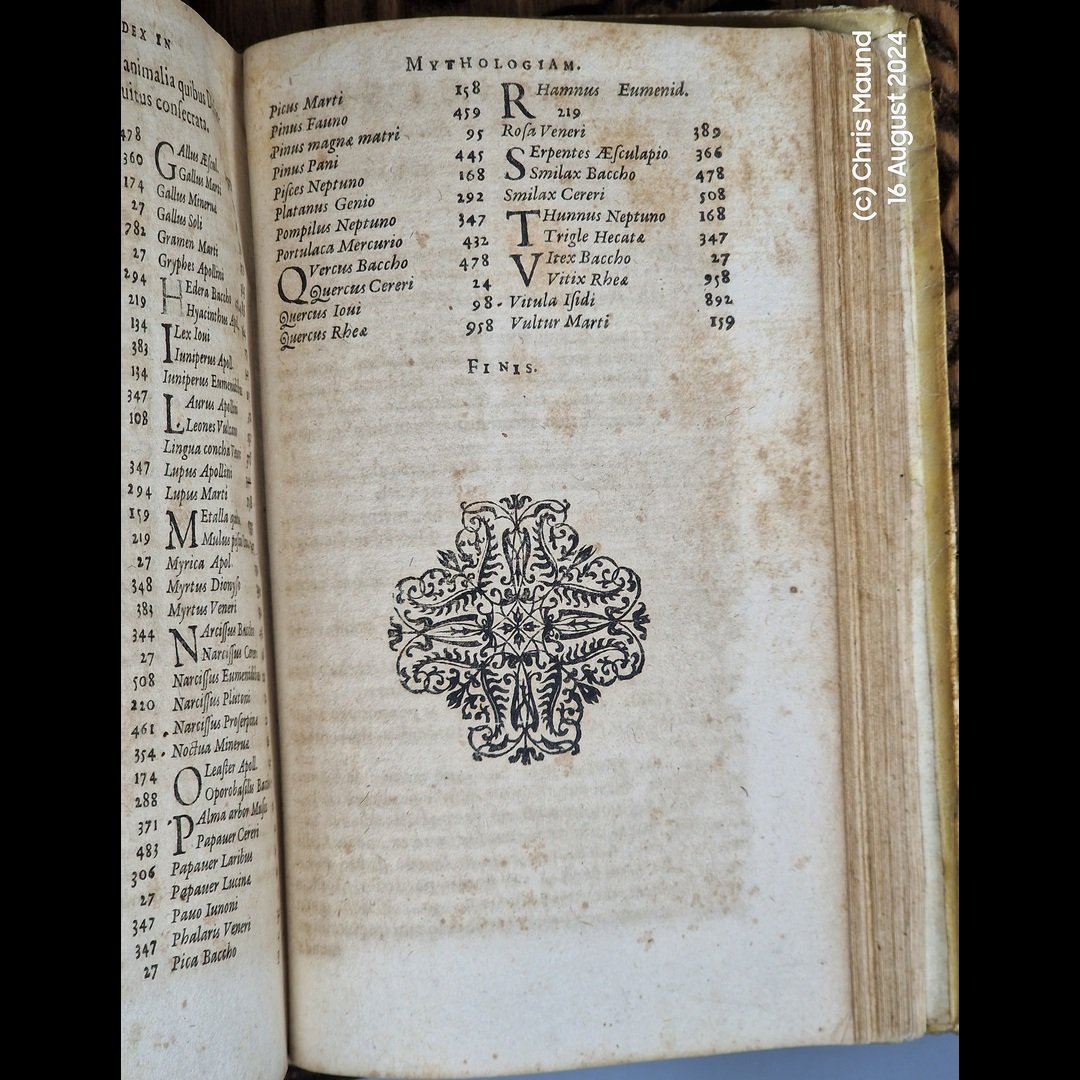 Image 24 of 29
Image 24 of 29

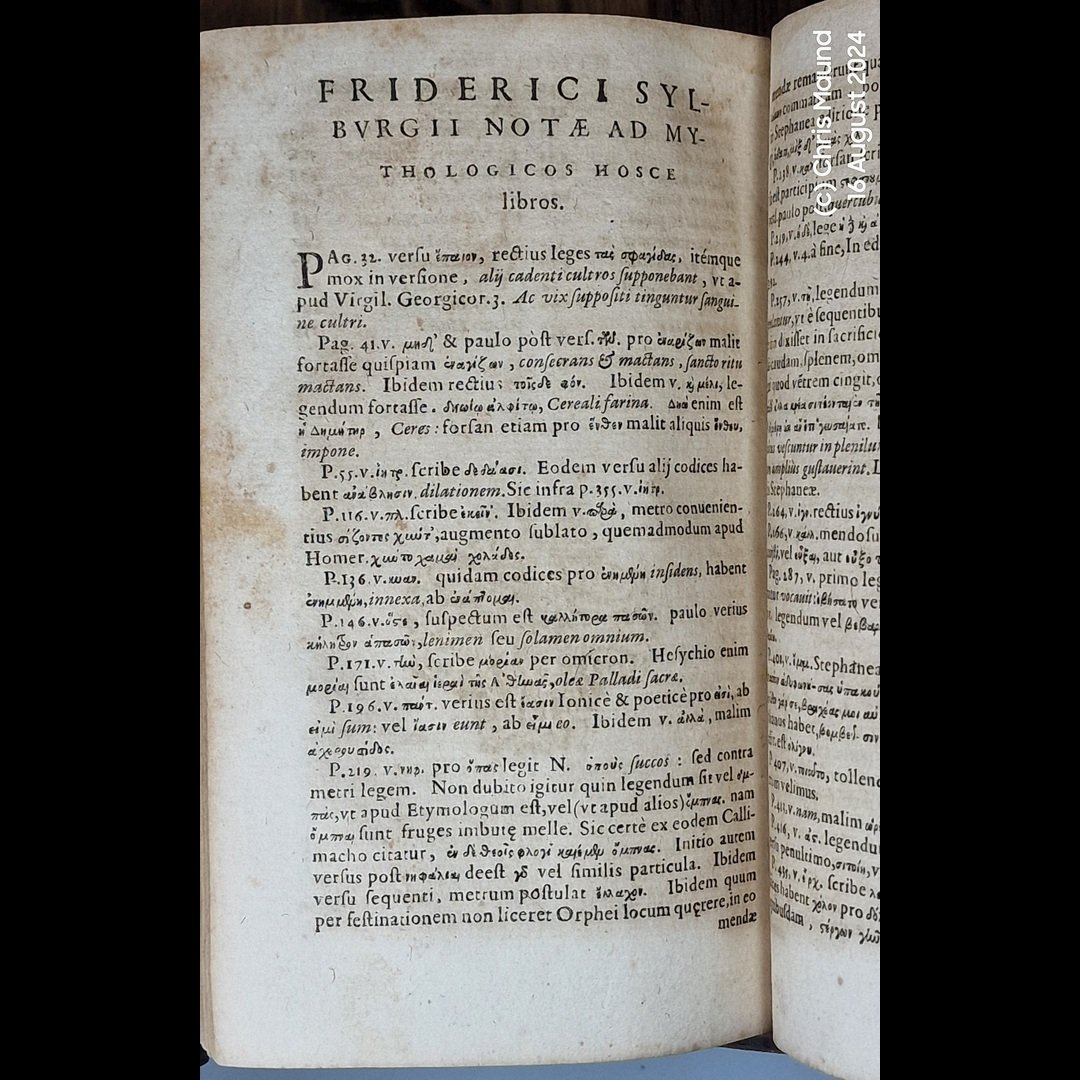 Image 25 of 29
Image 25 of 29

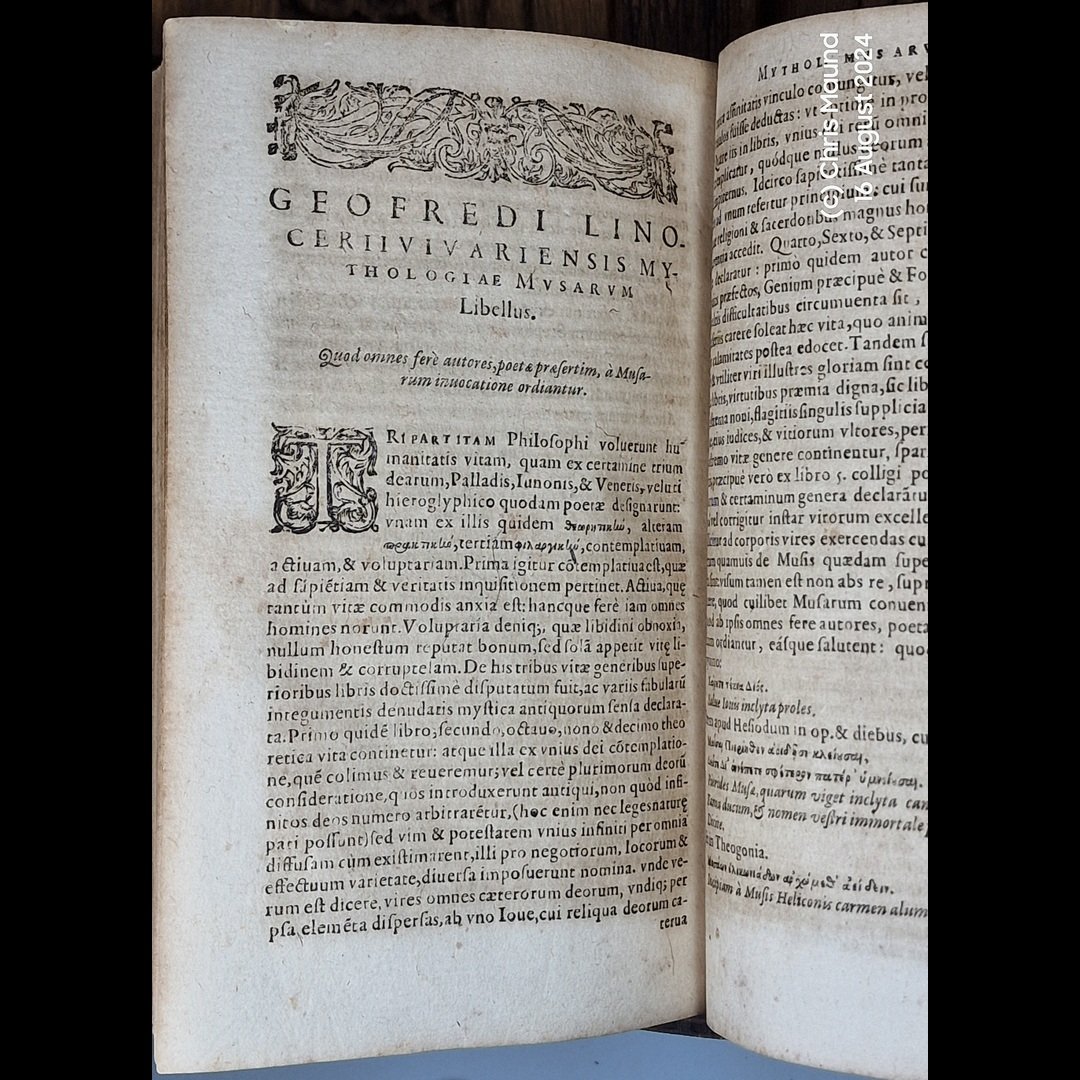 Image 26 of 29
Image 26 of 29

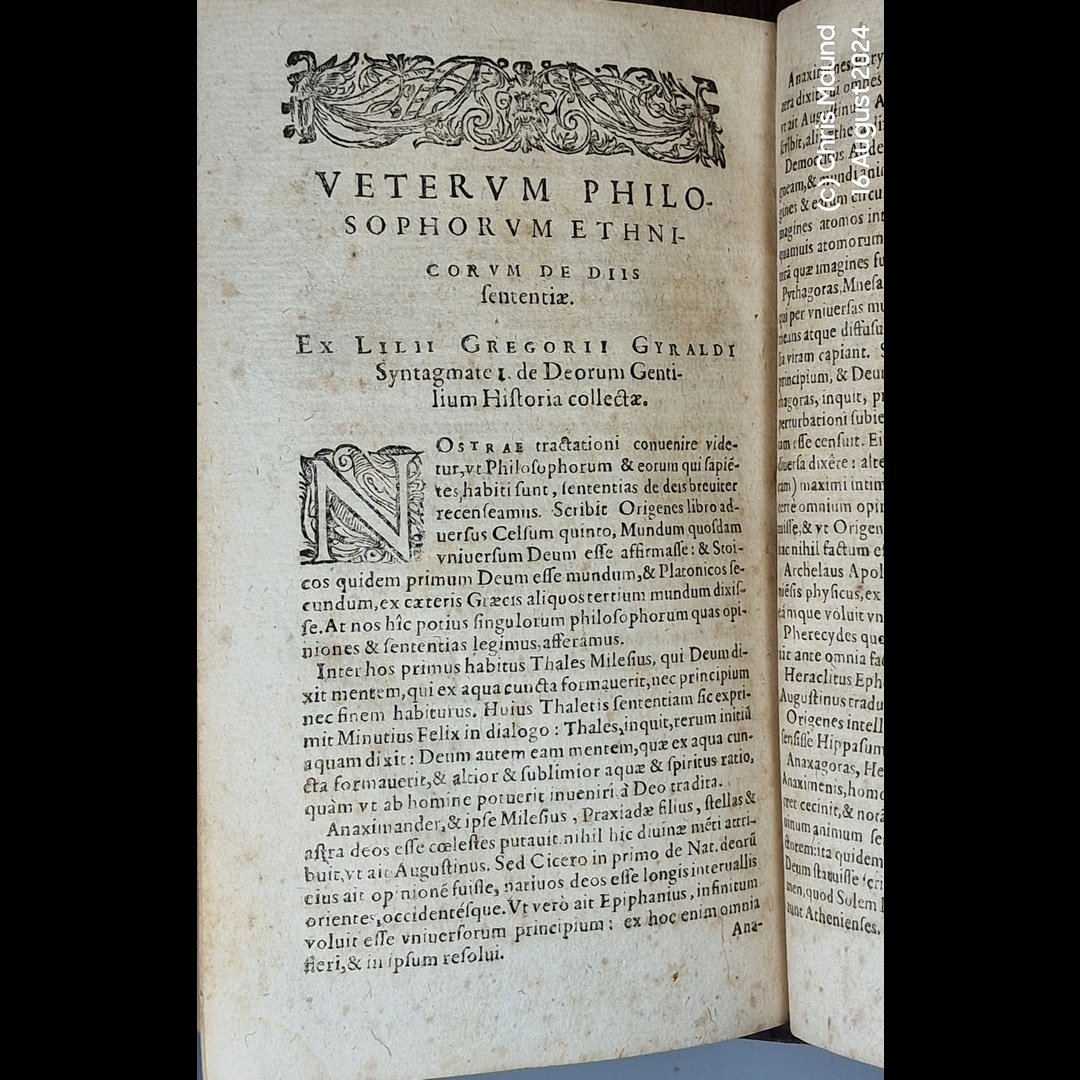 Image 27 of 29
Image 27 of 29

 Image 28 of 29
Image 28 of 29

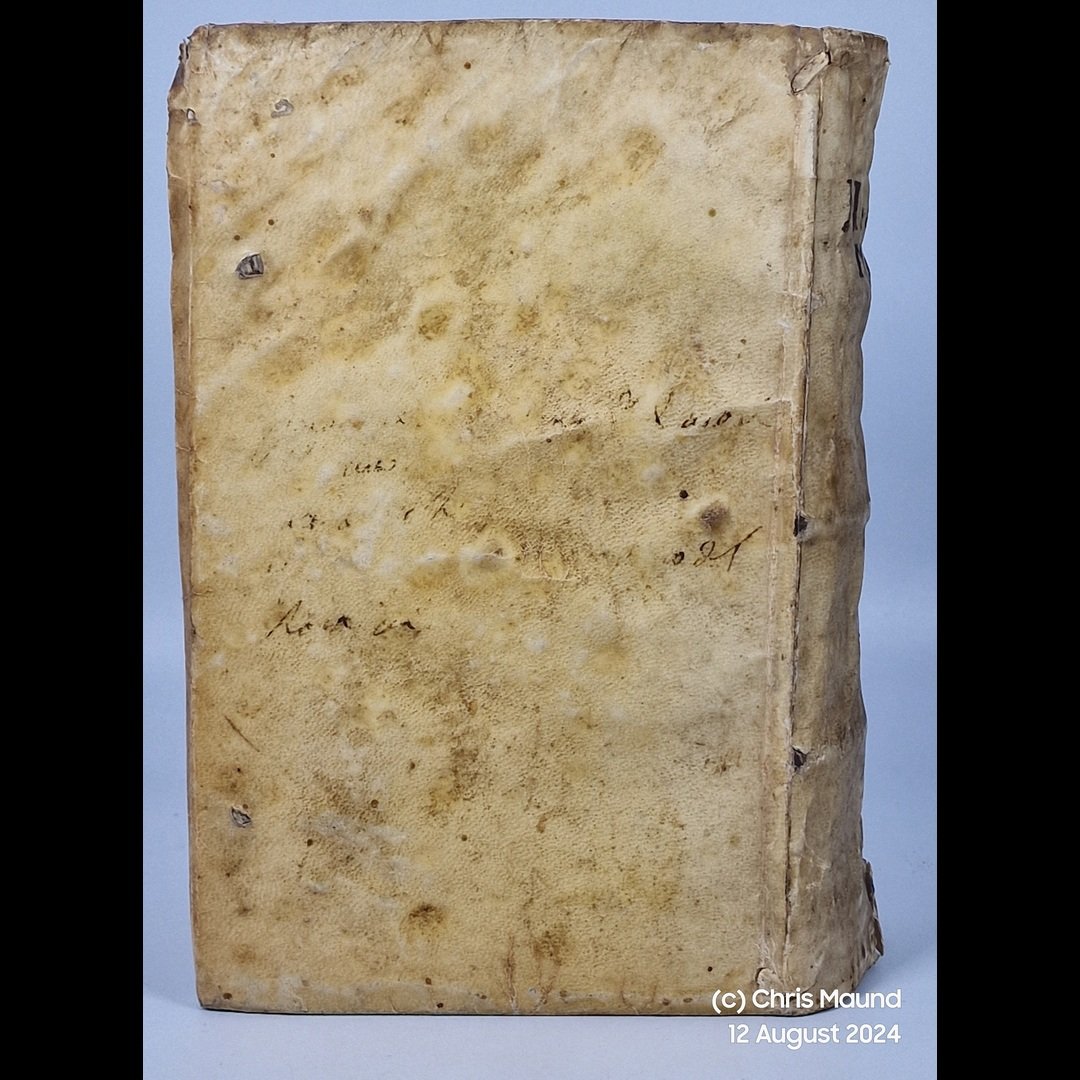 Image 29 of 29
Image 29 of 29






























1610 NATALIS COMITIS MYTHOLOGIAE, SIVE EXPLICATIONIS FABULARUM. LIBRI DECEM. EIUSDEM LIBRI IIII DECEM By Conti Natale Good Esoteric
1610 ,
NATALIS COMITIS MYTHOLOGIAE, SIVE EXPLICATIONIS FABULARUM. LIBRI DECEM. EIUSDEM LIBRI IIII DECEM
in quibus omnia prope naturalis & moralis philosophiae dogmata contenta fuisse demonstratur, nuper ab ipso autore recogniti & locupletati, ejusdem libri IIII. De venatione, cum indice triplici, rerum memorabilium, urbium & locorum a variis heroibus denominatorum, ac plantarum & animalium singulis diis dicatorum, opus cujusvis facultatis studiosis perutile ac prope necessarium, accessit G. Linocerii Musarum mythologia, & anonymi observationum in totam de diis gentium narrationem, libellus
By Conti Natale
Natale Conti or Latin Natalis Comes, also Natalis de Comitibus and French Noël le Comte (1520–1582), was an Italian mythographer, poet, humanist and historian. His major work Mythologiae, ten books written in Latin, was first published in Venice in 1567 and became a standard source for classical mythology in later Renaissance Europe. It was reprinted in numerous editions; after 1583, these were appended with a treatise on the Muses by Geoffroi Linocier. By the end of the 17th century, his name was virtually synonymous with mythology: a French dictionary in defining the term mythologie noted that it was the subject written about by Natalis Comes.
Conti believed that the ancient poets had meant for their presentations of myths to be read as allegory, and accordingly constructed intricate genealogical associations within which he found layers of meaning. Since Conti was convinced that the lost philosophy of Classical Antiquity could be recovered through understanding these allegories, "The most apocryphical and outlandish versions of classical and pseudo-classical tales," notes Ernst Gombrich, "are here displayed and commented upon as the ultimate esoteric wisdom."
Taking a Euhemeristic approach, Conti thought that the characters in myth were idealized human beings, and that the stories contained philosophical insights syncretized through the ages and veiled so that only "initiates" would grasp their true meaning. His interpretations were often shared by other Renaissance writers, notably by Francis Bacon in his long-overlooked De Sapientia Veterum, 1609.[7] In some cases, his interpretation might seem commonplace even in modern mythology: for Conti, the centaur represents "man's dual nature," both animal passions and higher intellectual faculties.
Illustrated By:
Format: Vellum,
Language: Latin/Greek
Dust Jacket: No Jacket, Dust Jacket Condition: No Jacket
Published By: Samuel Crispinus, Geneve
octavo (8vo 6 × 9 152 × 229),Pages 1285
ISBN:
SKU: BTETM0002444
Approximate Package Dimensions H: , L: , W: (Units: ), W:
1610 ,
NATALIS COMITIS MYTHOLOGIAE, SIVE EXPLICATIONIS FABULARUM. LIBRI DECEM. EIUSDEM LIBRI IIII DECEM
in quibus omnia prope naturalis & moralis philosophiae dogmata contenta fuisse demonstratur, nuper ab ipso autore recogniti & locupletati, ejusdem libri IIII. De venatione, cum indice triplici, rerum memorabilium, urbium & locorum a variis heroibus denominatorum, ac plantarum & animalium singulis diis dicatorum, opus cujusvis facultatis studiosis perutile ac prope necessarium, accessit G. Linocerii Musarum mythologia, & anonymi observationum in totam de diis gentium narrationem, libellus
By Conti Natale
Natale Conti or Latin Natalis Comes, also Natalis de Comitibus and French Noël le Comte (1520–1582), was an Italian mythographer, poet, humanist and historian. His major work Mythologiae, ten books written in Latin, was first published in Venice in 1567 and became a standard source for classical mythology in later Renaissance Europe. It was reprinted in numerous editions; after 1583, these were appended with a treatise on the Muses by Geoffroi Linocier. By the end of the 17th century, his name was virtually synonymous with mythology: a French dictionary in defining the term mythologie noted that it was the subject written about by Natalis Comes.
Conti believed that the ancient poets had meant for their presentations of myths to be read as allegory, and accordingly constructed intricate genealogical associations within which he found layers of meaning. Since Conti was convinced that the lost philosophy of Classical Antiquity could be recovered through understanding these allegories, "The most apocryphical and outlandish versions of classical and pseudo-classical tales," notes Ernst Gombrich, "are here displayed and commented upon as the ultimate esoteric wisdom."
Taking a Euhemeristic approach, Conti thought that the characters in myth were idealized human beings, and that the stories contained philosophical insights syncretized through the ages and veiled so that only "initiates" would grasp their true meaning. His interpretations were often shared by other Renaissance writers, notably by Francis Bacon in his long-overlooked De Sapientia Veterum, 1609.[7] In some cases, his interpretation might seem commonplace even in modern mythology: for Conti, the centaur represents "man's dual nature," both animal passions and higher intellectual faculties.
Illustrated By:
Format: Vellum,
Language: Latin/Greek
Dust Jacket: No Jacket, Dust Jacket Condition: No Jacket
Published By: Samuel Crispinus, Geneve
octavo (8vo 6 × 9 152 × 229),Pages 1285
ISBN:
SKU: BTETM0002444
Approximate Package Dimensions H: , L: , W: (Units: ), W:
1610 ,
NATALIS COMITIS MYTHOLOGIAE, SIVE EXPLICATIONIS FABULARUM. LIBRI DECEM. EIUSDEM LIBRI IIII DECEM
in quibus omnia prope naturalis & moralis philosophiae dogmata contenta fuisse demonstratur, nuper ab ipso autore recogniti & locupletati, ejusdem libri IIII. De venatione, cum indice triplici, rerum memorabilium, urbium & locorum a variis heroibus denominatorum, ac plantarum & animalium singulis diis dicatorum, opus cujusvis facultatis studiosis perutile ac prope necessarium, accessit G. Linocerii Musarum mythologia, & anonymi observationum in totam de diis gentium narrationem, libellus
By Conti Natale
Natale Conti or Latin Natalis Comes, also Natalis de Comitibus and French Noël le Comte (1520–1582), was an Italian mythographer, poet, humanist and historian. His major work Mythologiae, ten books written in Latin, was first published in Venice in 1567 and became a standard source for classical mythology in later Renaissance Europe. It was reprinted in numerous editions; after 1583, these were appended with a treatise on the Muses by Geoffroi Linocier. By the end of the 17th century, his name was virtually synonymous with mythology: a French dictionary in defining the term mythologie noted that it was the subject written about by Natalis Comes.
Conti believed that the ancient poets had meant for their presentations of myths to be read as allegory, and accordingly constructed intricate genealogical associations within which he found layers of meaning. Since Conti was convinced that the lost philosophy of Classical Antiquity could be recovered through understanding these allegories, "The most apocryphical and outlandish versions of classical and pseudo-classical tales," notes Ernst Gombrich, "are here displayed and commented upon as the ultimate esoteric wisdom."
Taking a Euhemeristic approach, Conti thought that the characters in myth were idealized human beings, and that the stories contained philosophical insights syncretized through the ages and veiled so that only "initiates" would grasp their true meaning. His interpretations were often shared by other Renaissance writers, notably by Francis Bacon in his long-overlooked De Sapientia Veterum, 1609.[7] In some cases, his interpretation might seem commonplace even in modern mythology: for Conti, the centaur represents "man's dual nature," both animal passions and higher intellectual faculties.
Illustrated By:
Format: Vellum,
Language: Latin/Greek
Dust Jacket: No Jacket, Dust Jacket Condition: No Jacket
Published By: Samuel Crispinus, Geneve
octavo (8vo 6 × 9 152 × 229),Pages 1285
ISBN:
SKU: BTETM0002444
Approximate Package Dimensions H: , L: , W: (Units: ), W:
Good - Rare edition of the famous work of the famous scholar of ancient, Greek and Egyptian mythology. Large collection of myths and legends taken from Greek and Latin writers, reported in their respective languages. The work discusses the mysteries linked to religion, the genealogy of the gods and the ceremonies of their sacrifices, and to esotericism, with extensive allegorical explanations and alchemical considerations on ancient mythology. The volume contains the famous and rare treatise on hunting De Venatione, a dissertation in verse on the history and art of hunting in ancient and contemporary times. Finally, the famous treatise on the Mythology of the Muses by Geoffroy Linocier. Vintage full parchment binding. Calligraphic title on the spine. Printer's mark on the title page. Please see photos as part of condition report
You Might Also Like
